This exhibition is now closed. Please contact the gallery prior to purchasing art from this exhibition to confirm availability.
2nd June - 2nd July Hamilton Gallery
27th July - 23rd August. Hyde Bridge Gallery
1st September - 1st October Hamilton Gallery
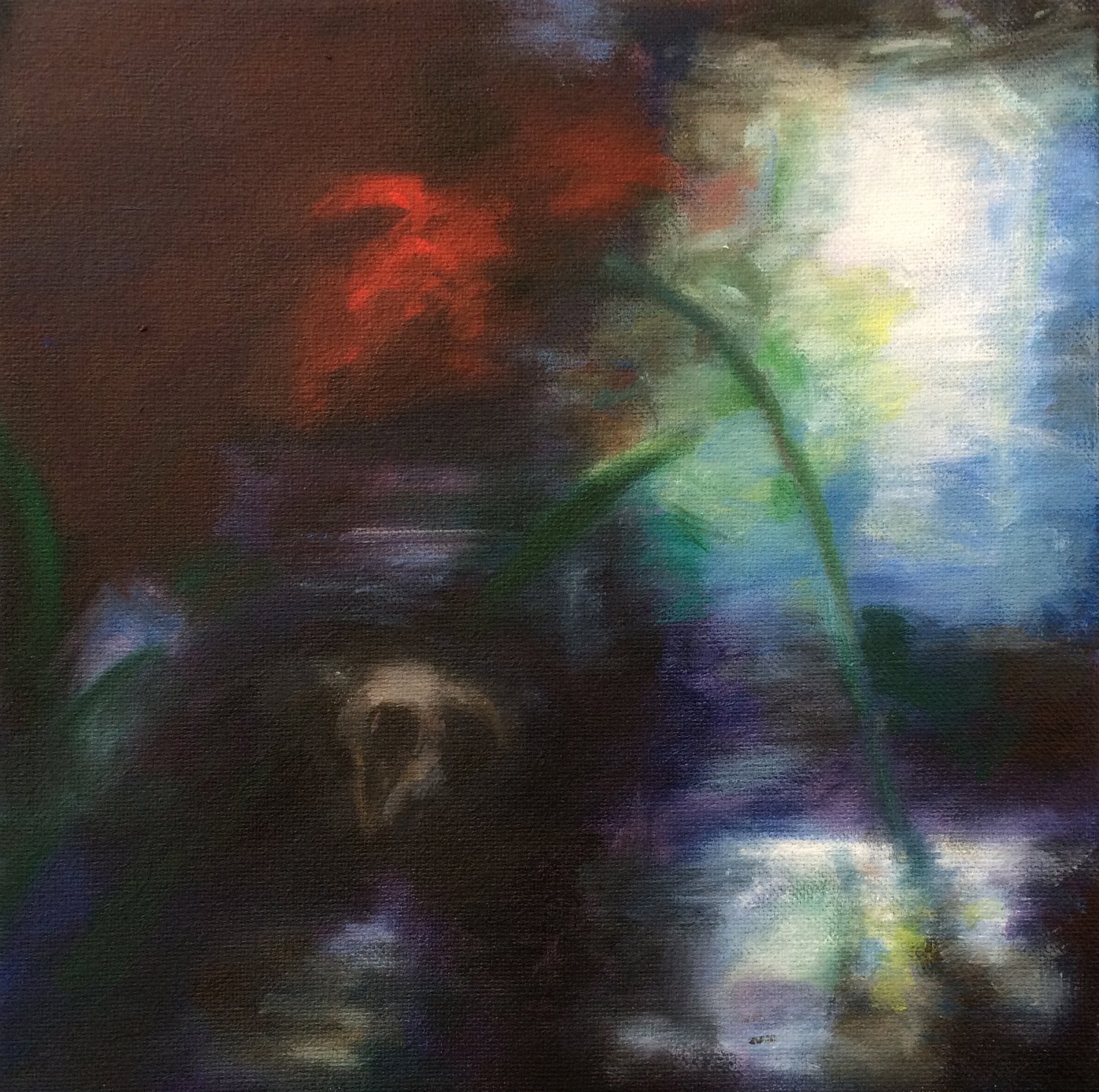
Sophie Aghajanian
oil on canvas
€650
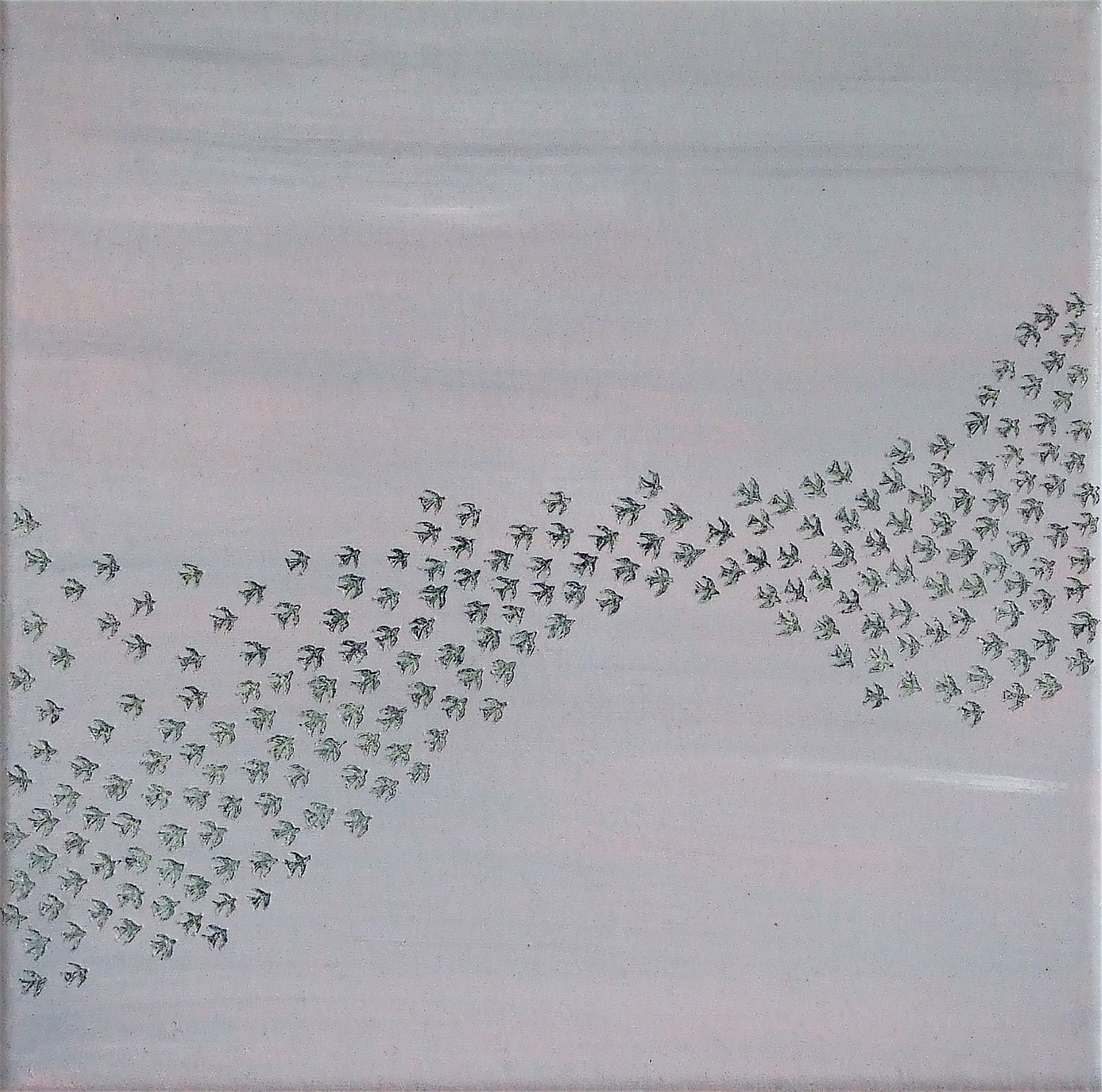
Yoko Akino
oil on canvas
€ 300

James Allen
oil on board
€ 875
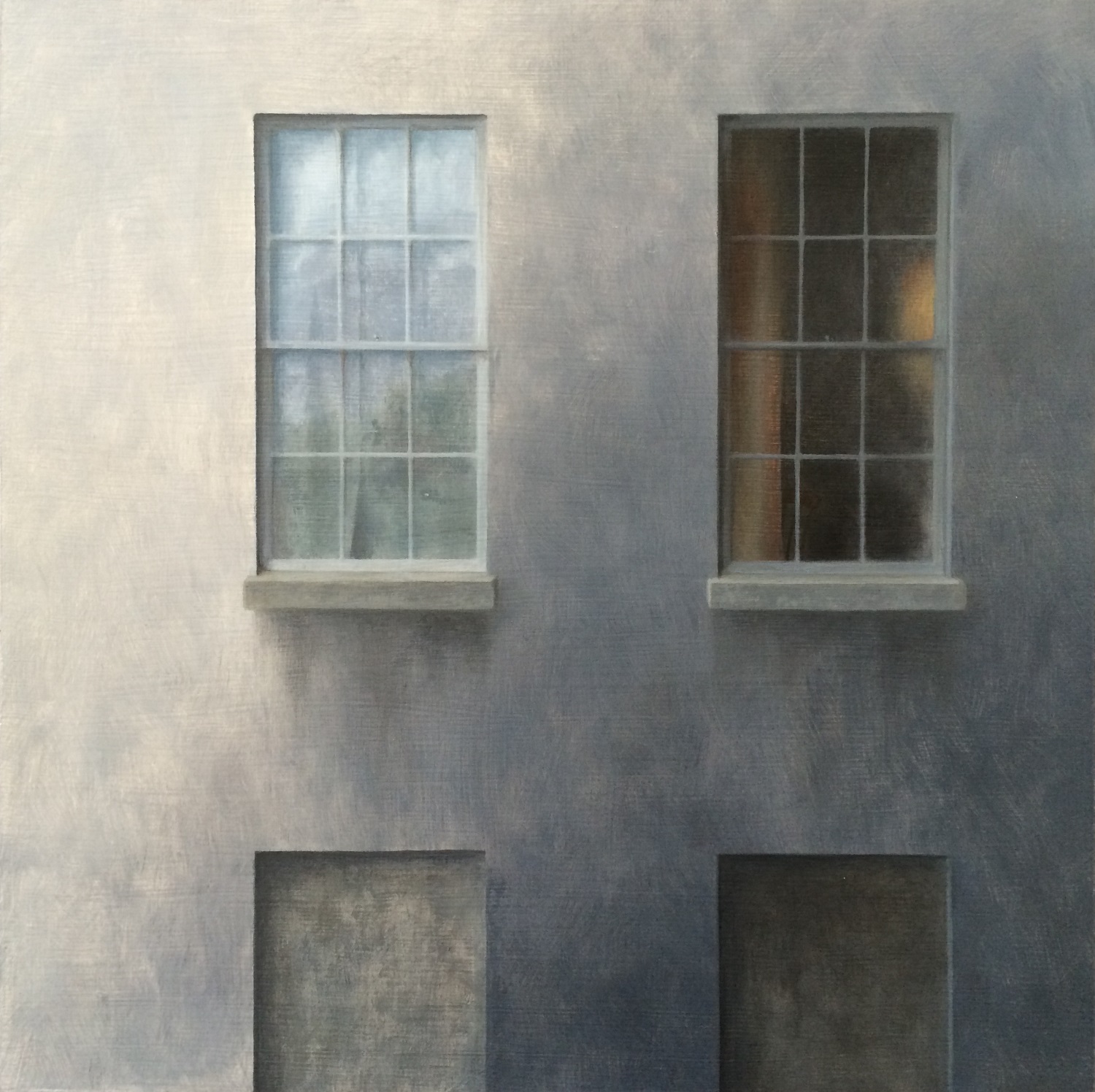
Neisha Allen
oil on board
€ 600
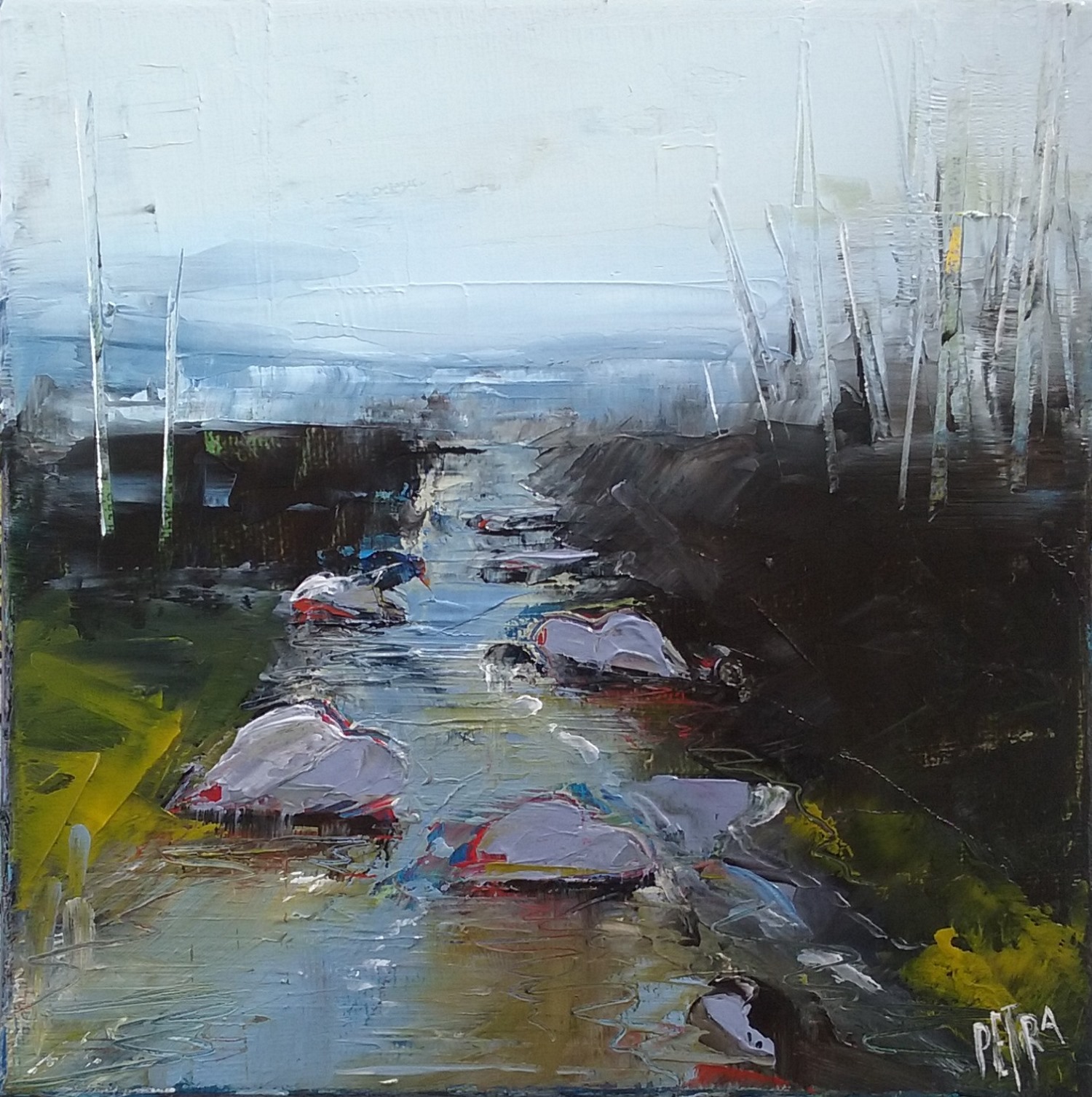
Petra Berntsson
oil on canvas
€ 195
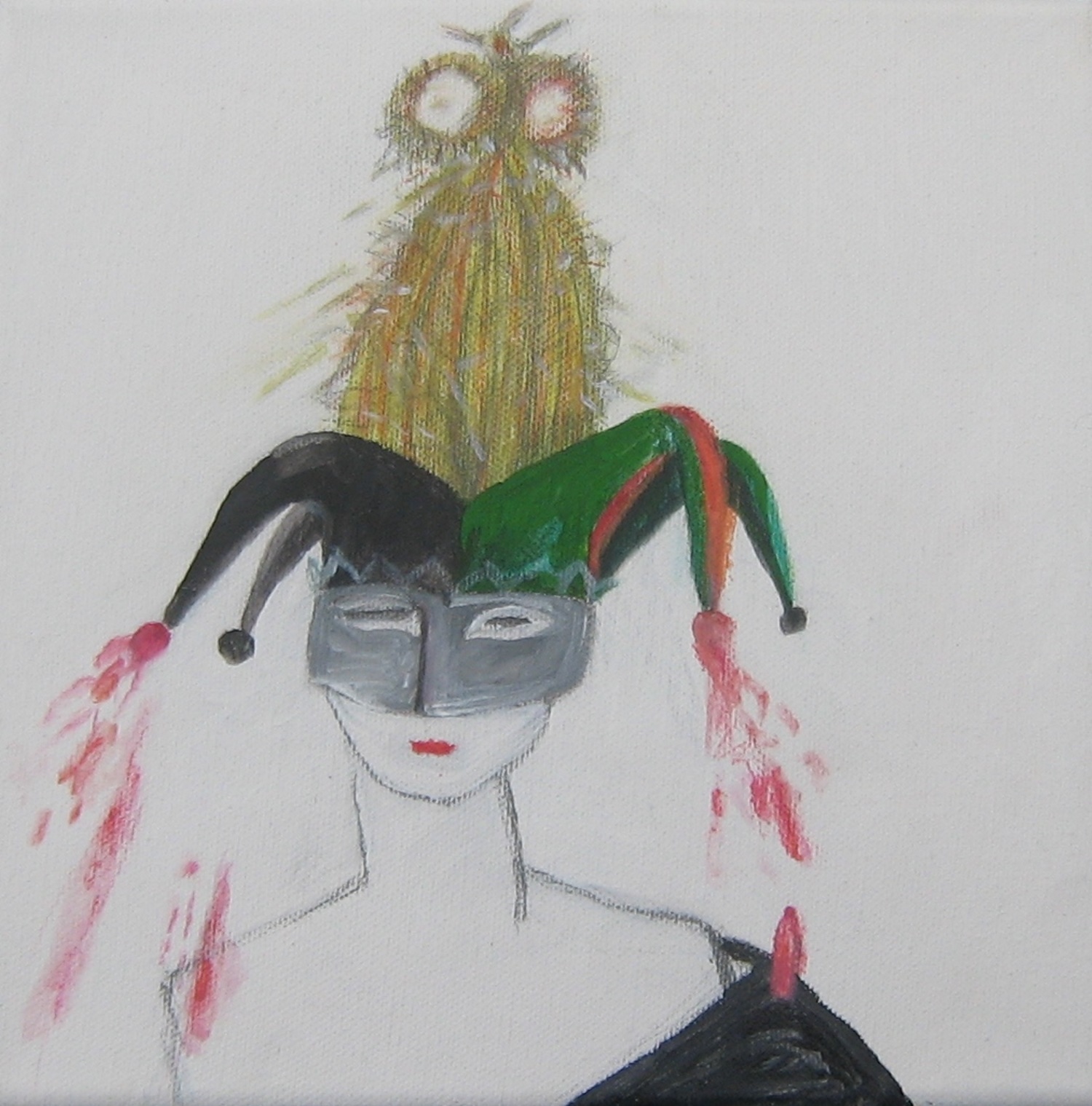
Bolay, Veronica
mixed media
€500
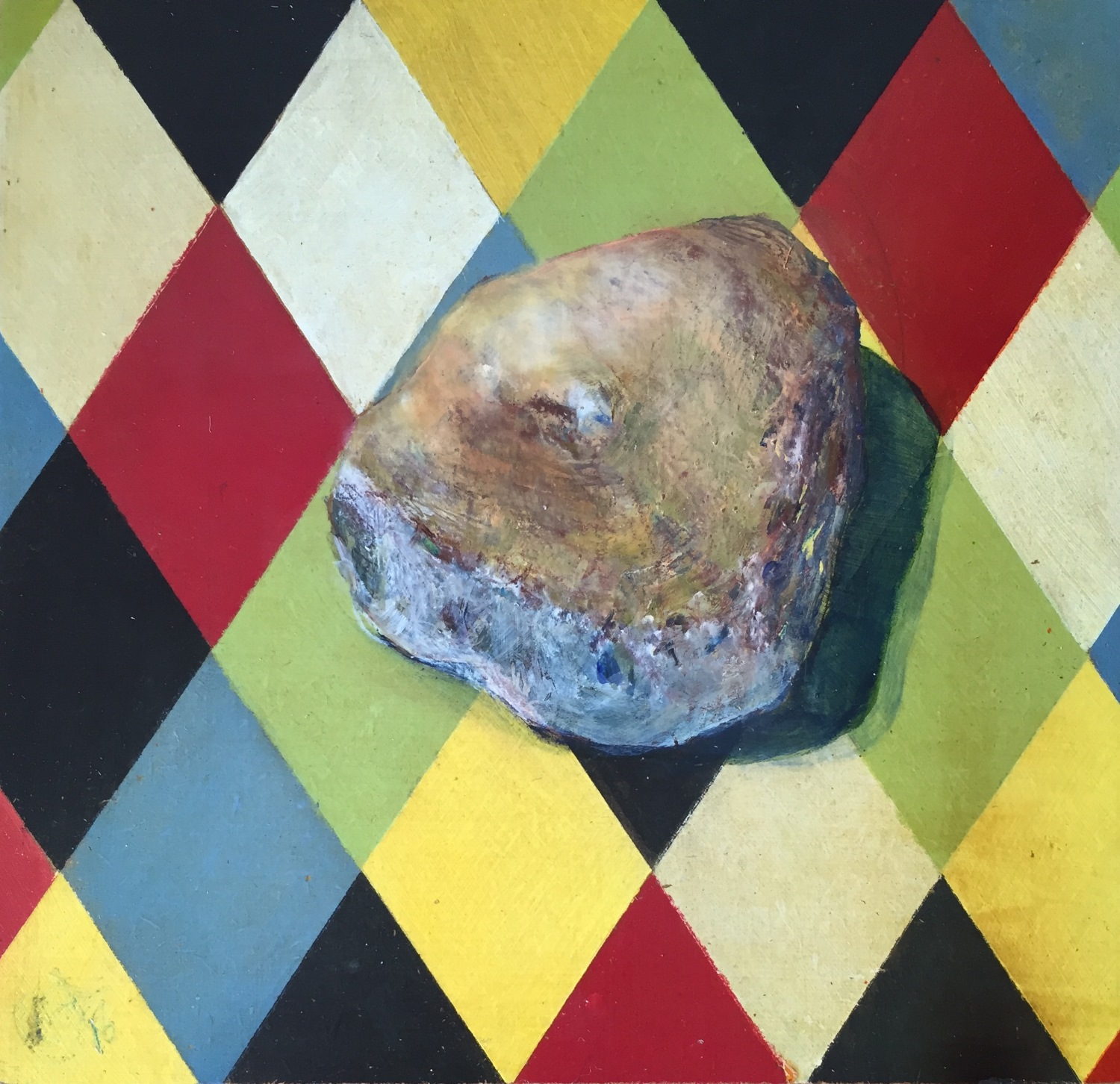
Clive Bright
oil on board
€375
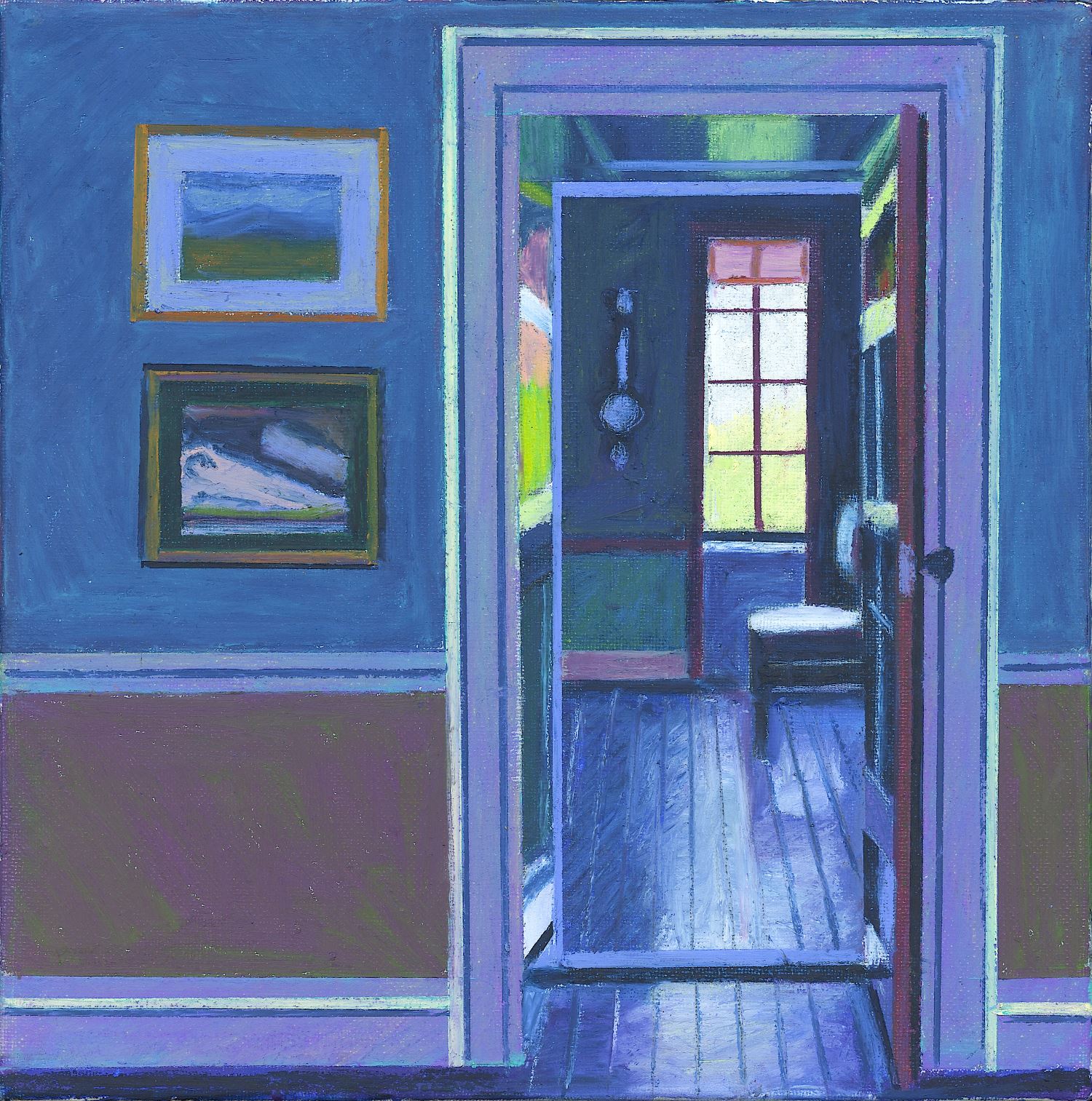
Mary Burke
oil pastel on canvas
€ 400
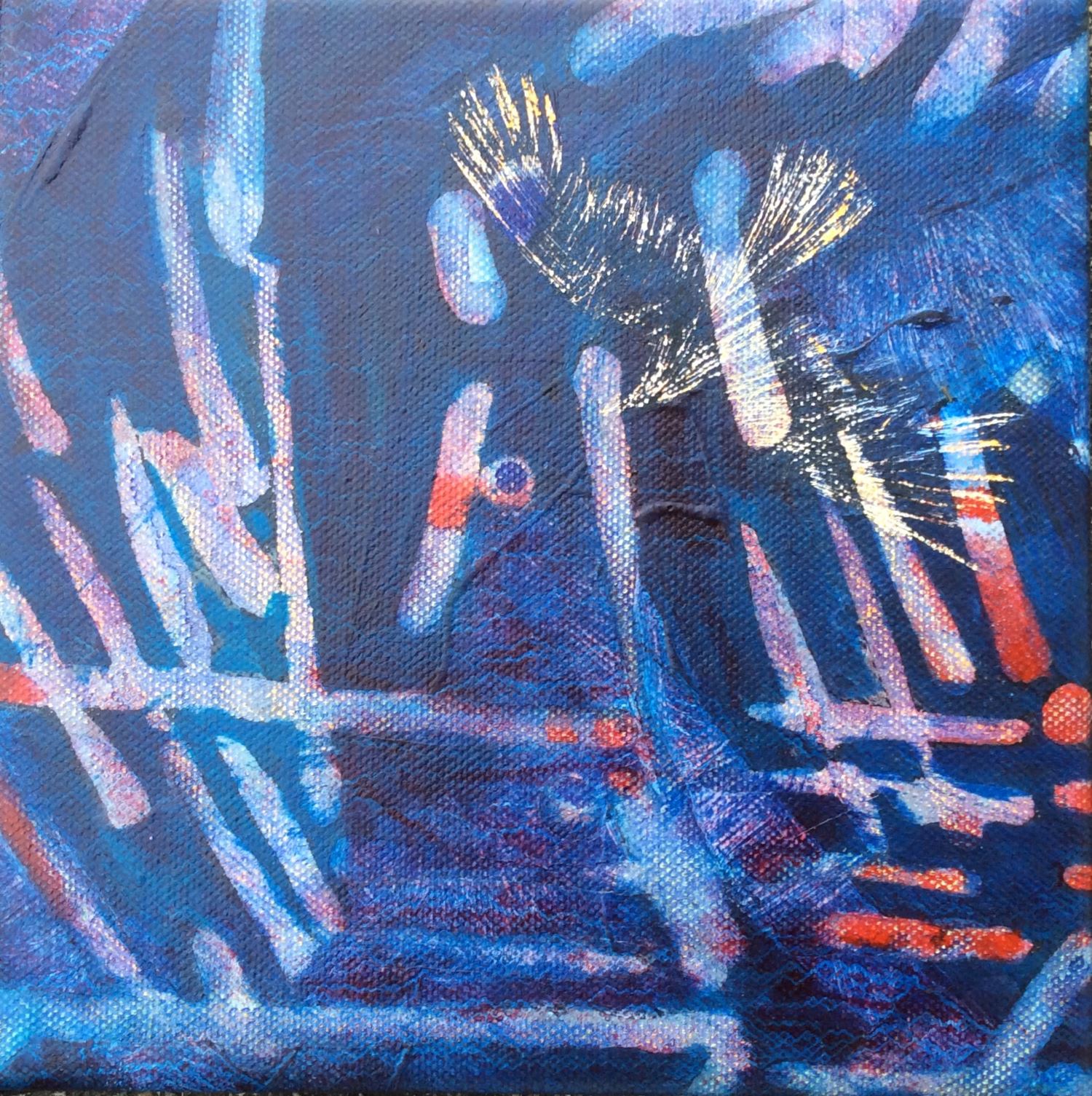
Breda Burns
oil on canvas
€ 180
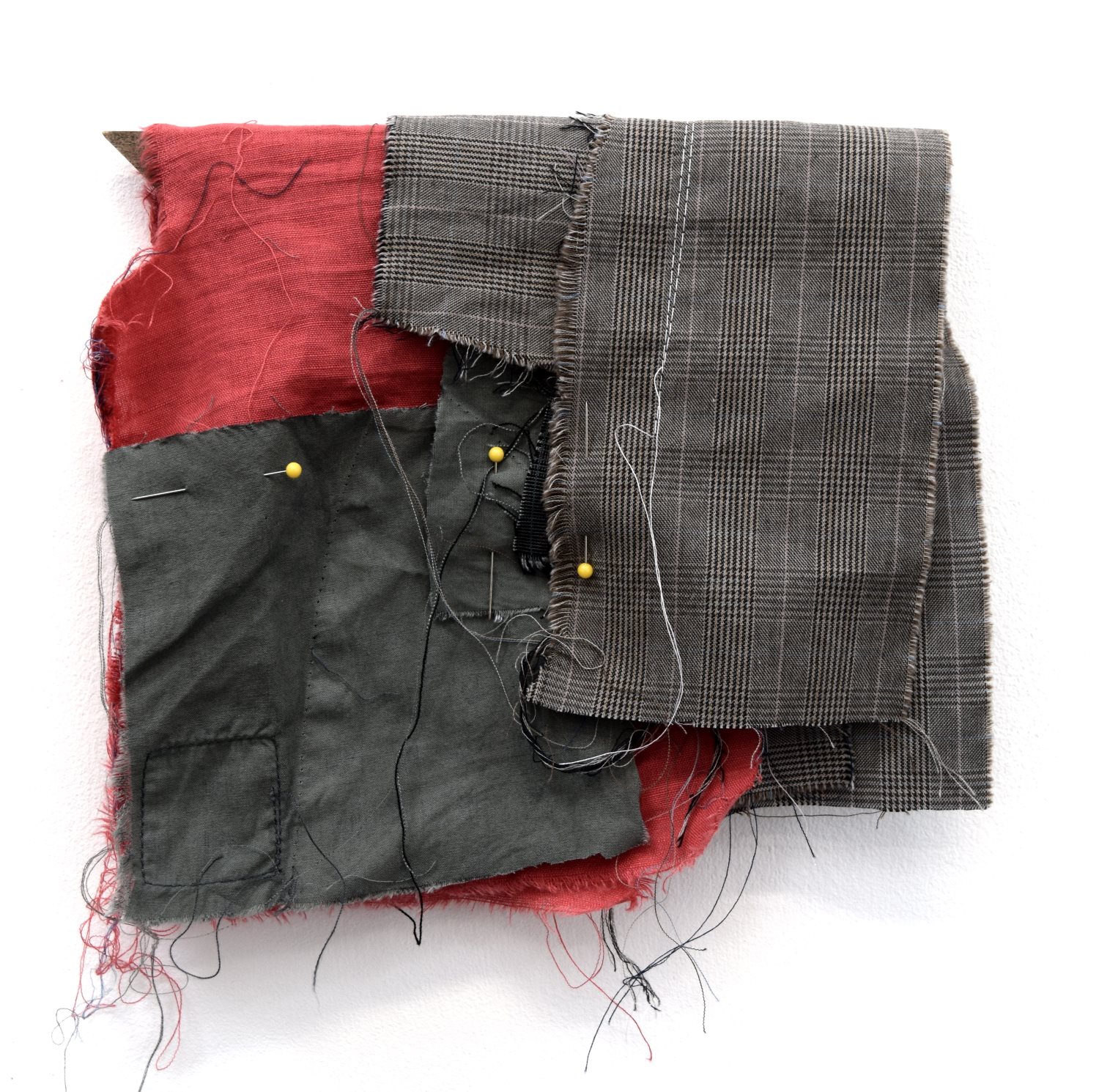
Elizabeth Byrne
wood, fabric, thread, pins
€650
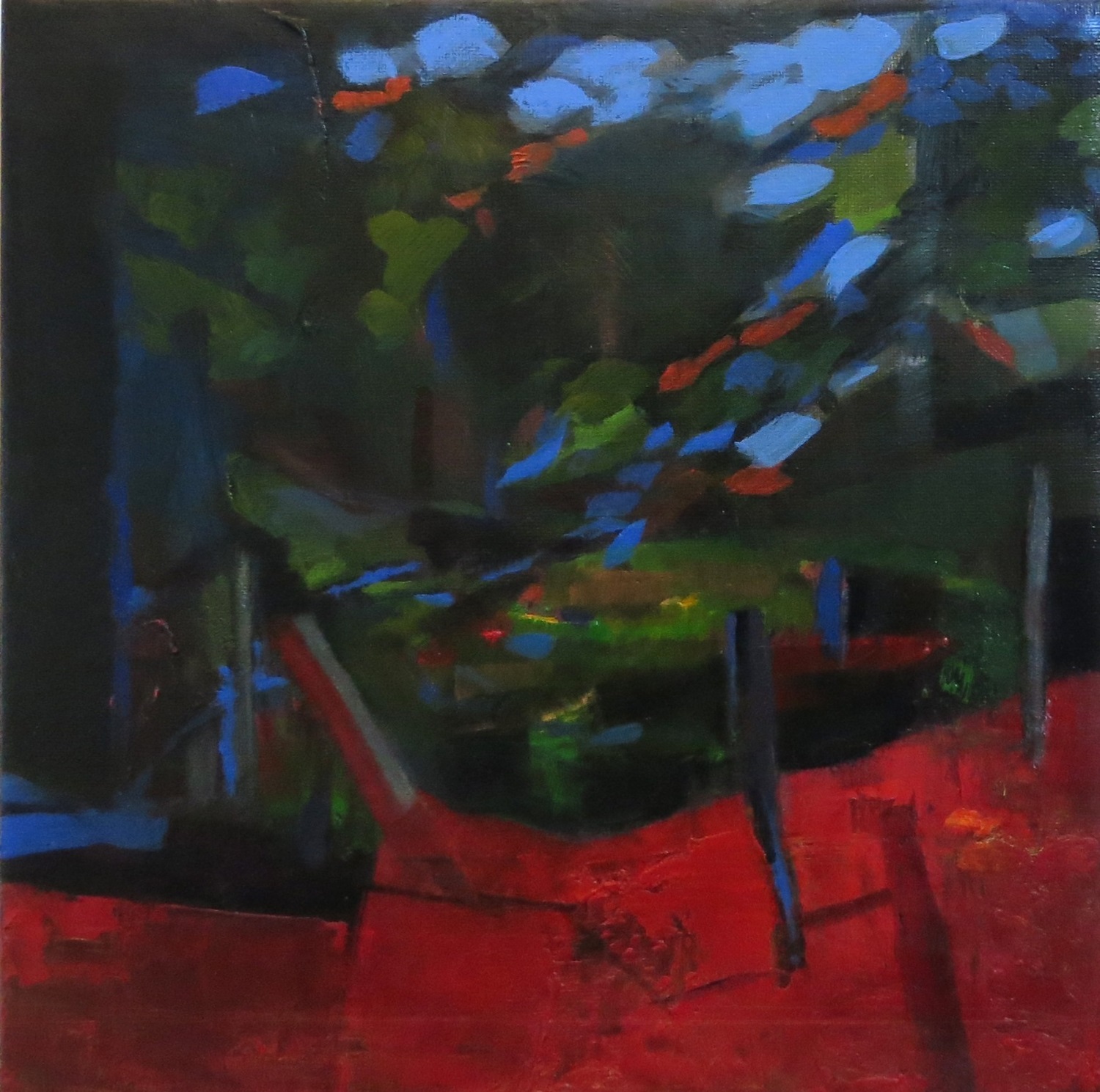
Nuala Clarke
oil on canvas
€ 500
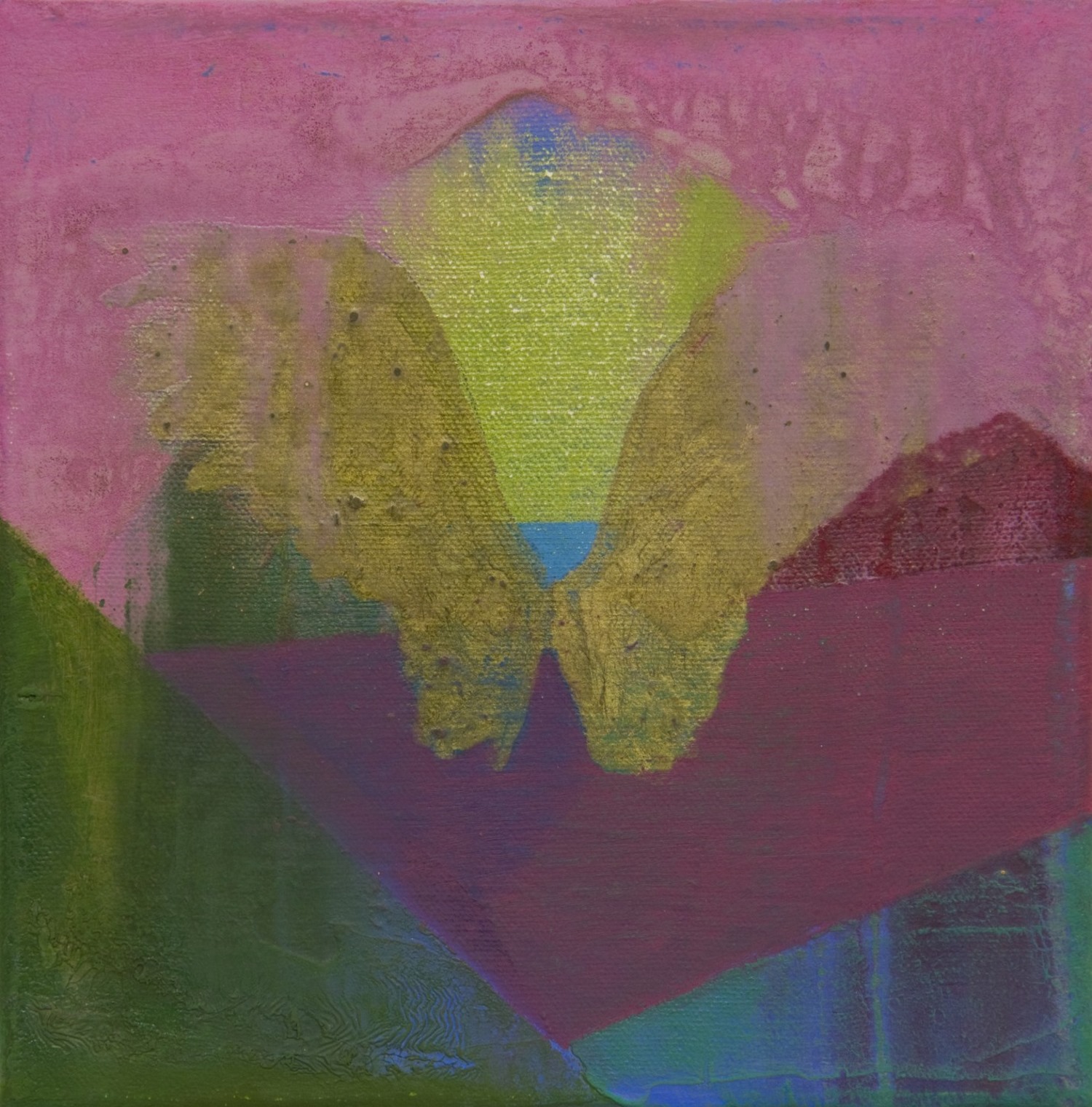
Tom Climent
oil and plaster on canvas
€ 600
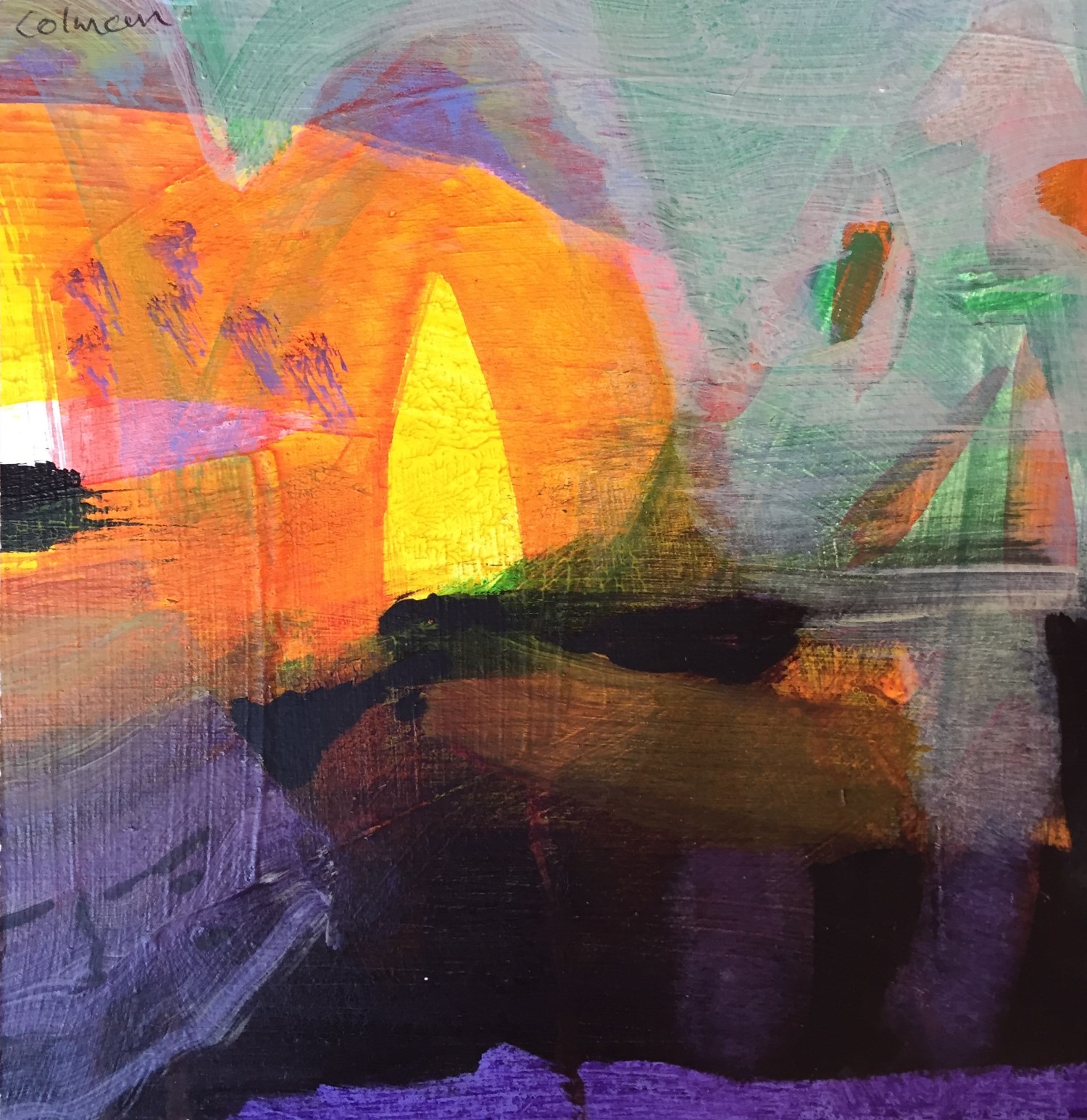
Eamon Colman
oil on paper on panel
€600
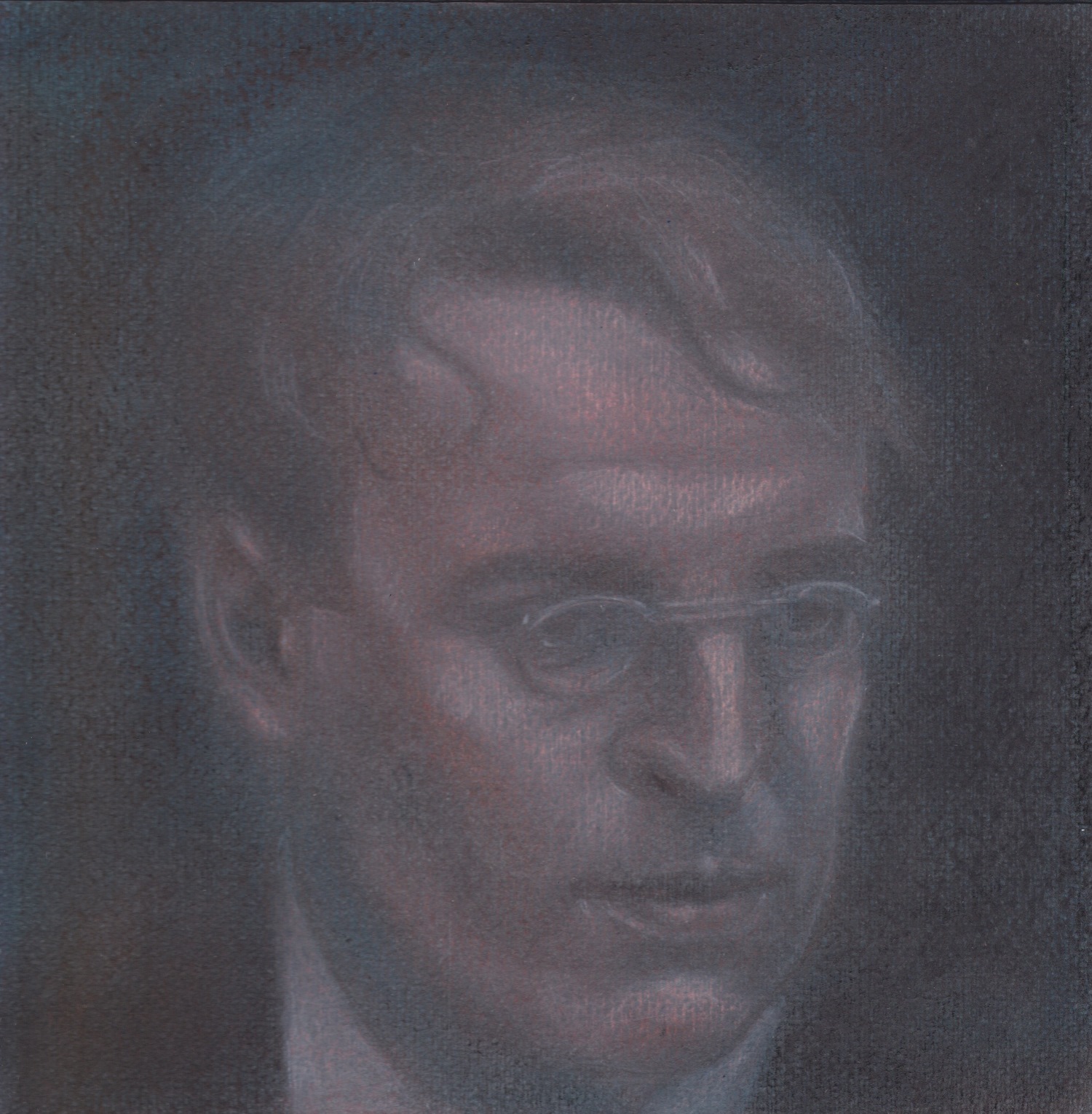
Phelim Connolly
pastel on paper and board
€ 480
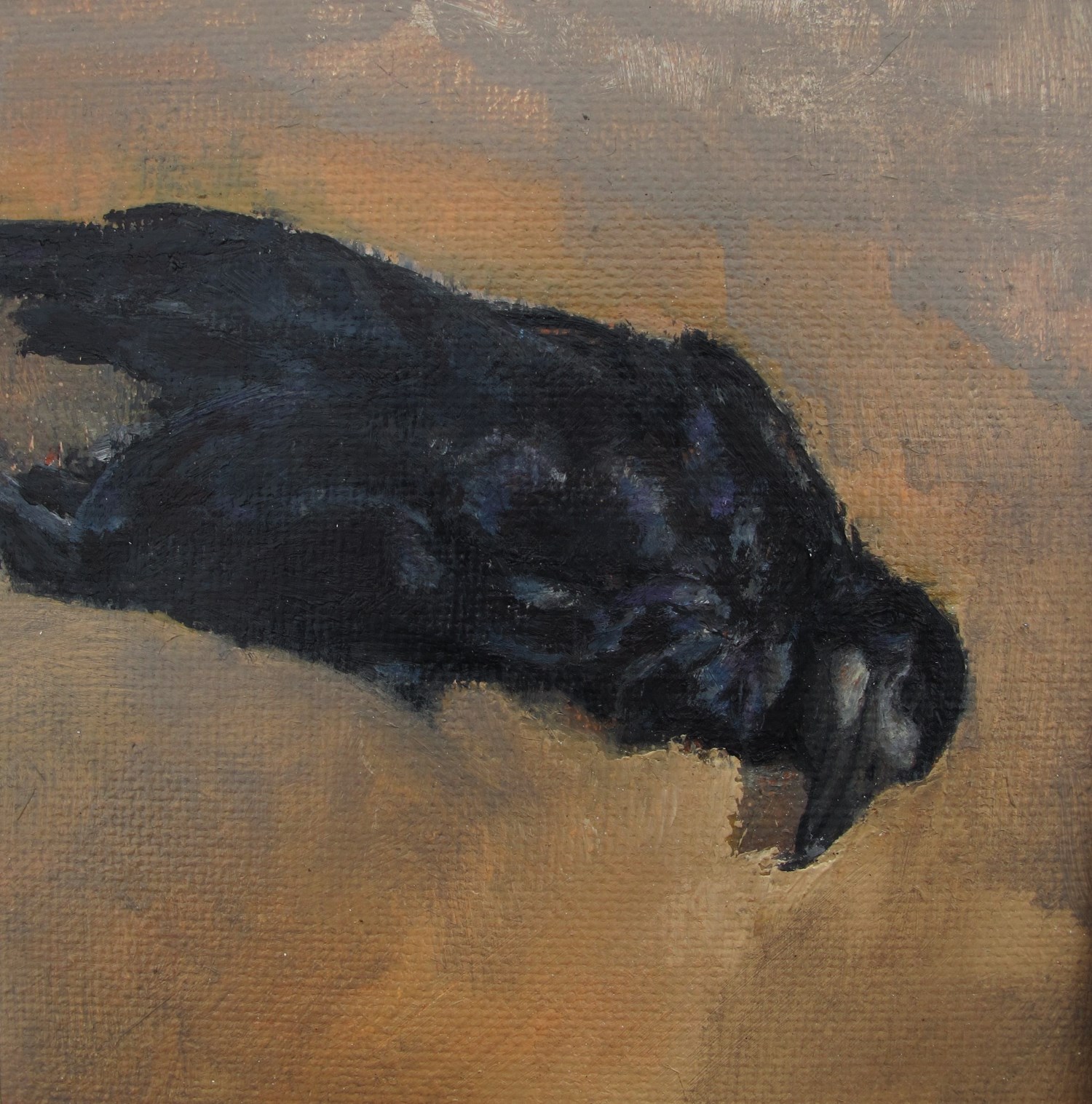
Aidan Crotty
oil on canvas mounted on panel
€ 700
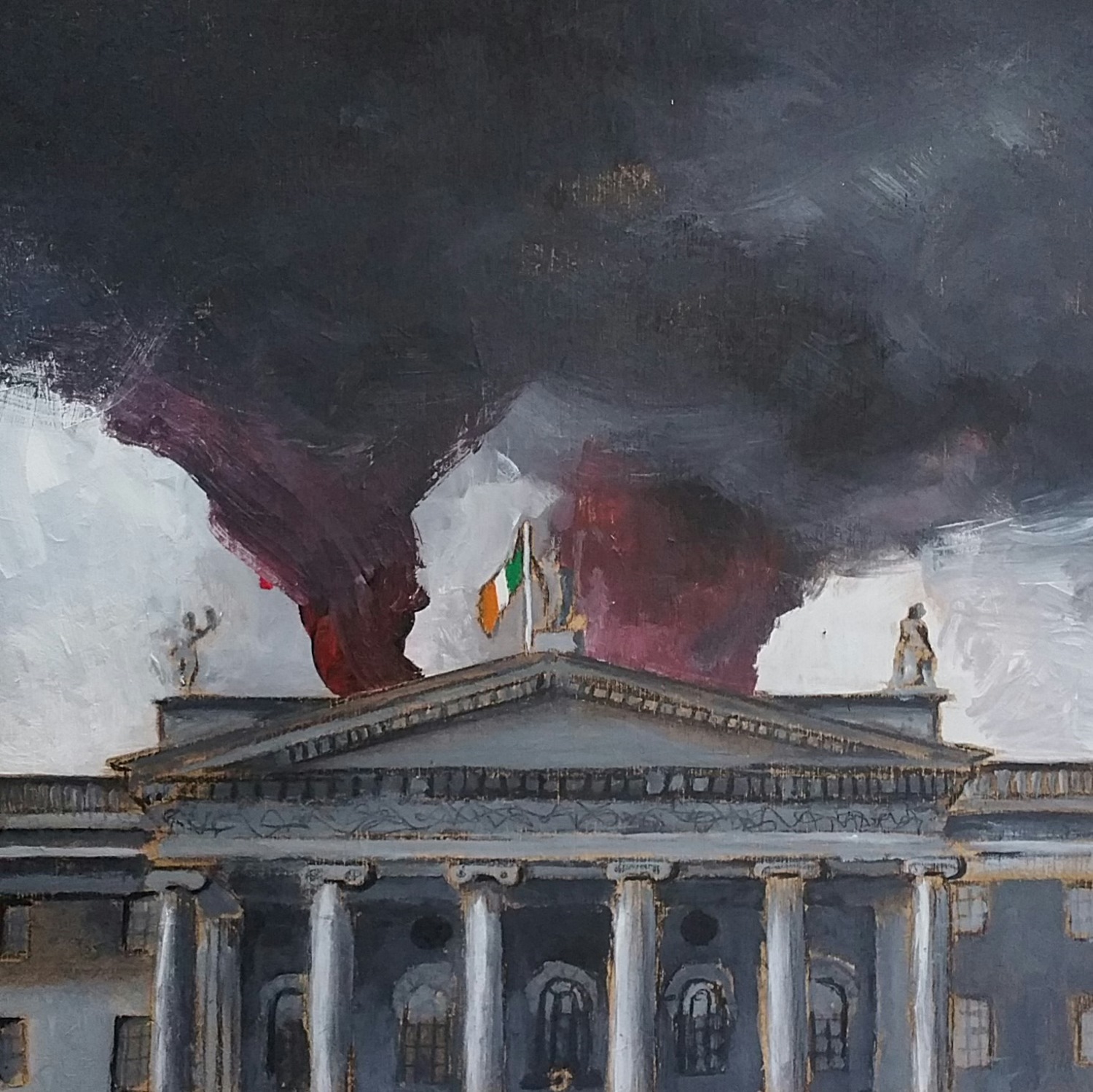
Gerry Davies
oil on board
€ 400
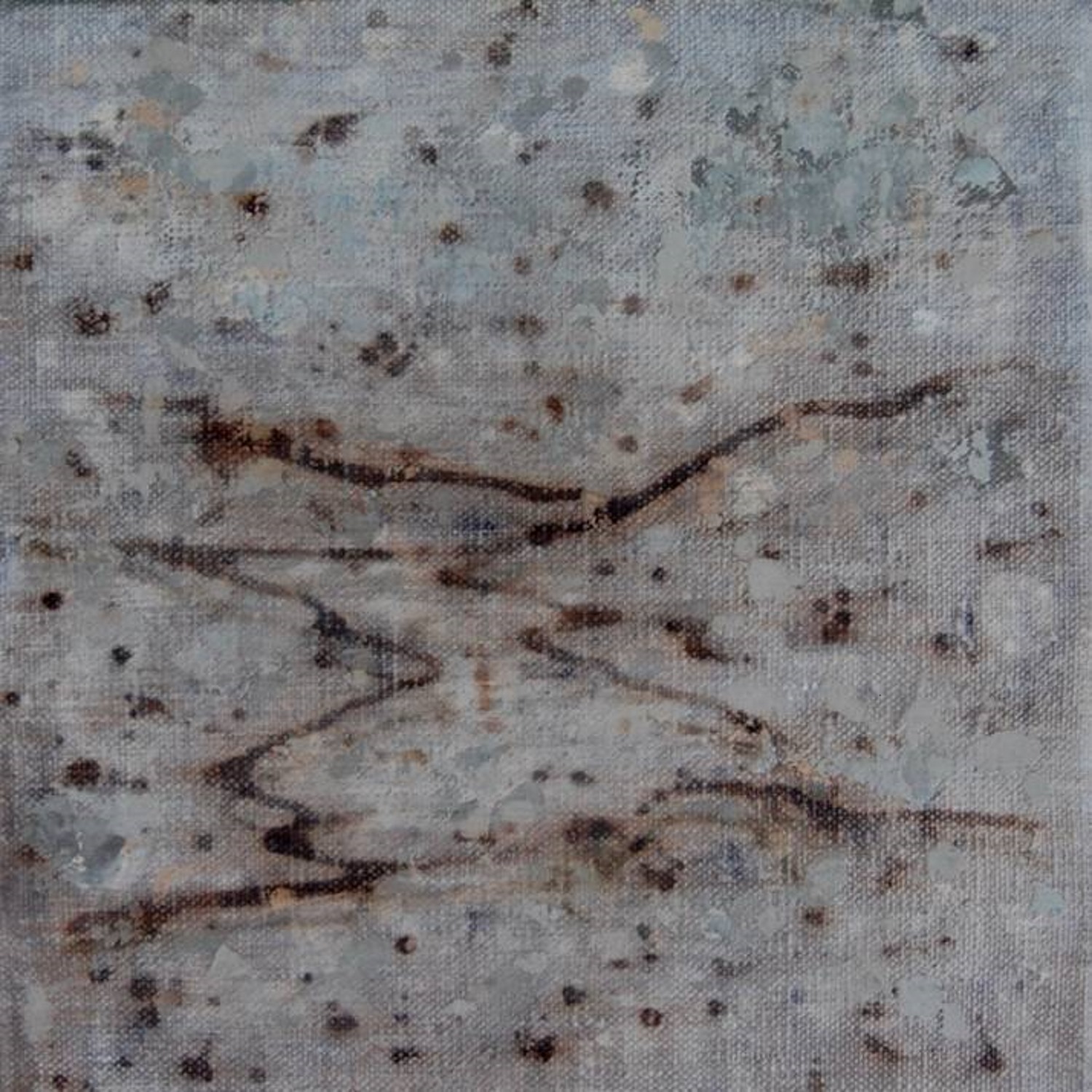
Micky Donnelly
ink and acrylic on linen
€580
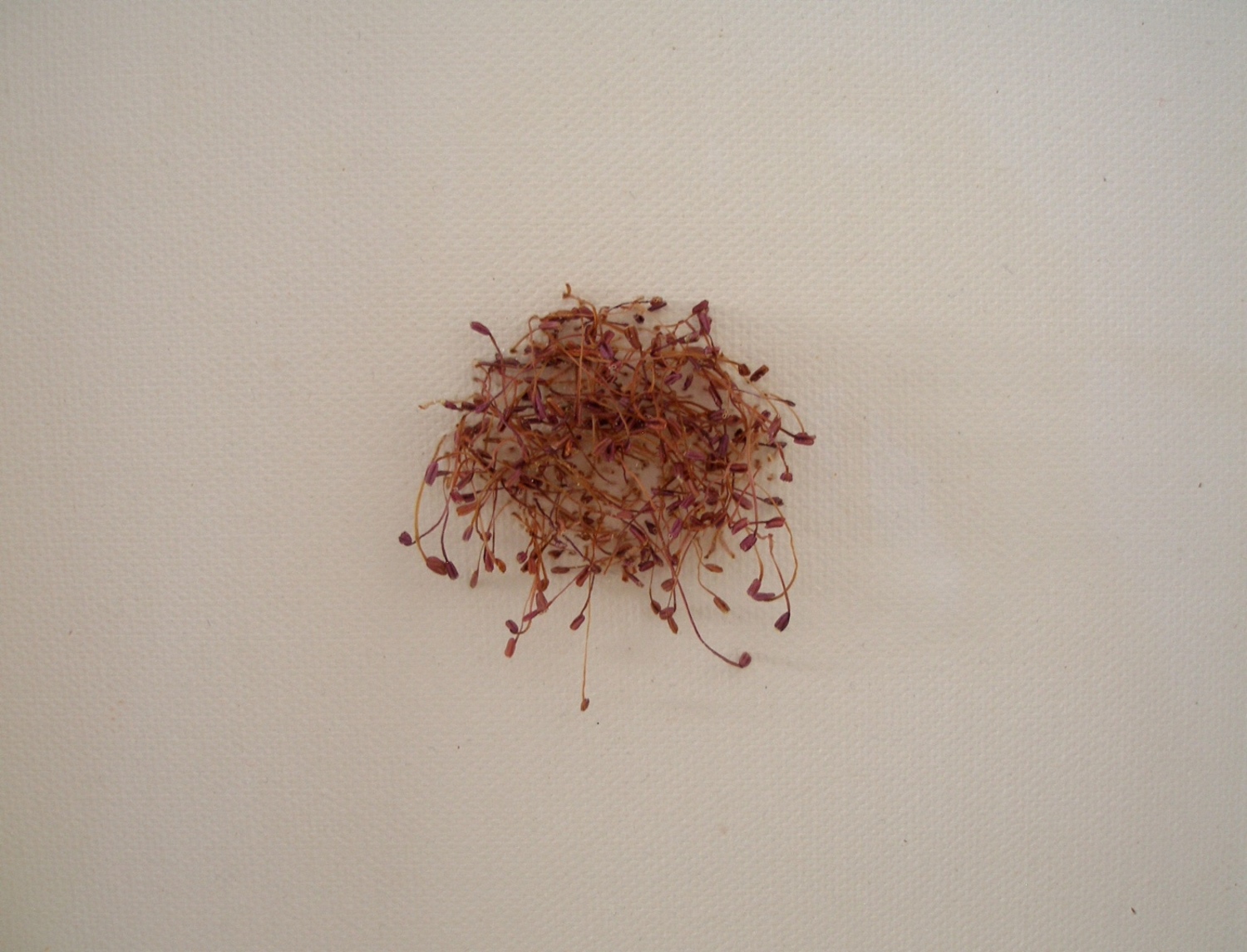
Naomi Draper
rhododendron stamens in canvas
€270
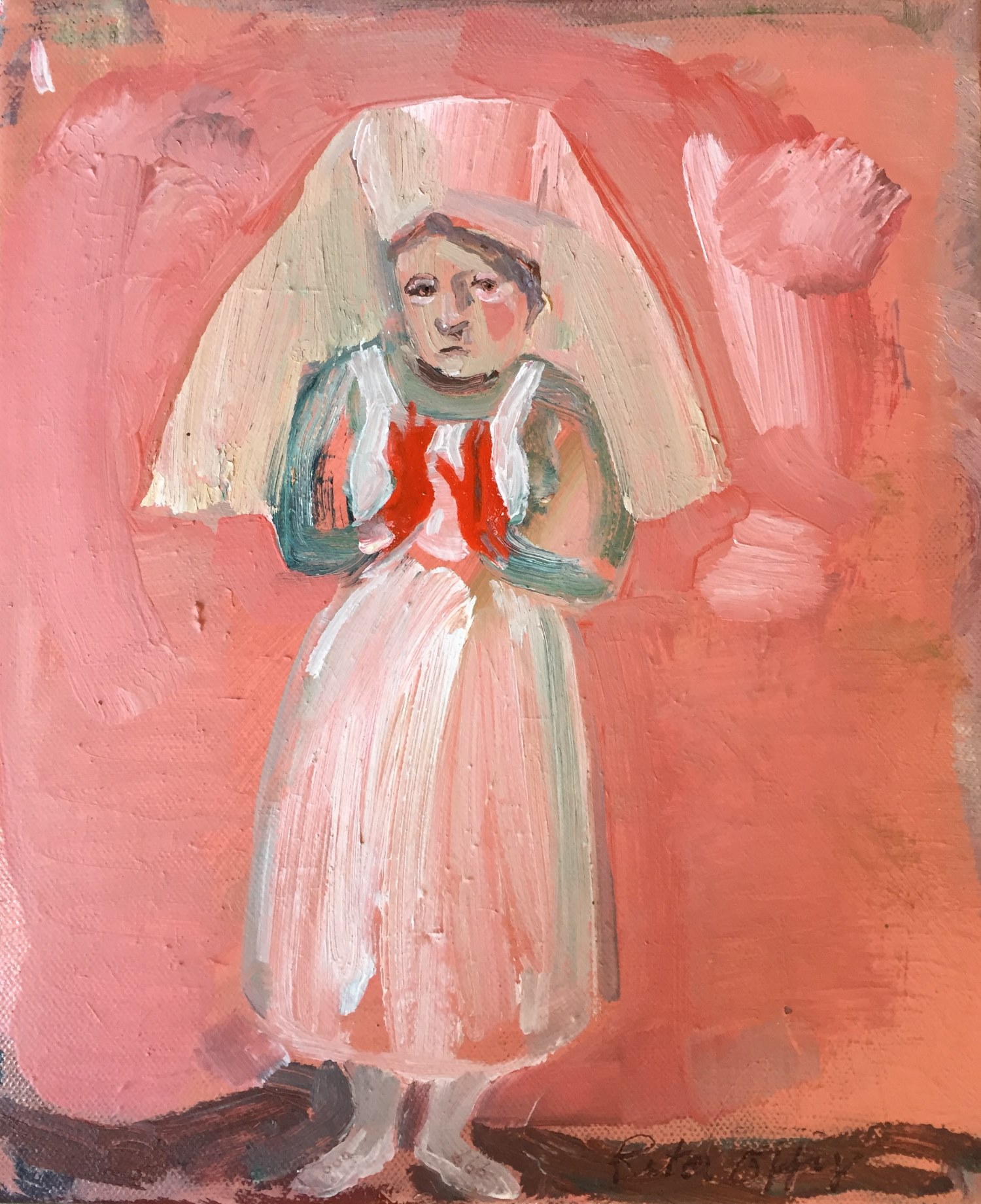
Rita Duffy
oil on linen
€1200
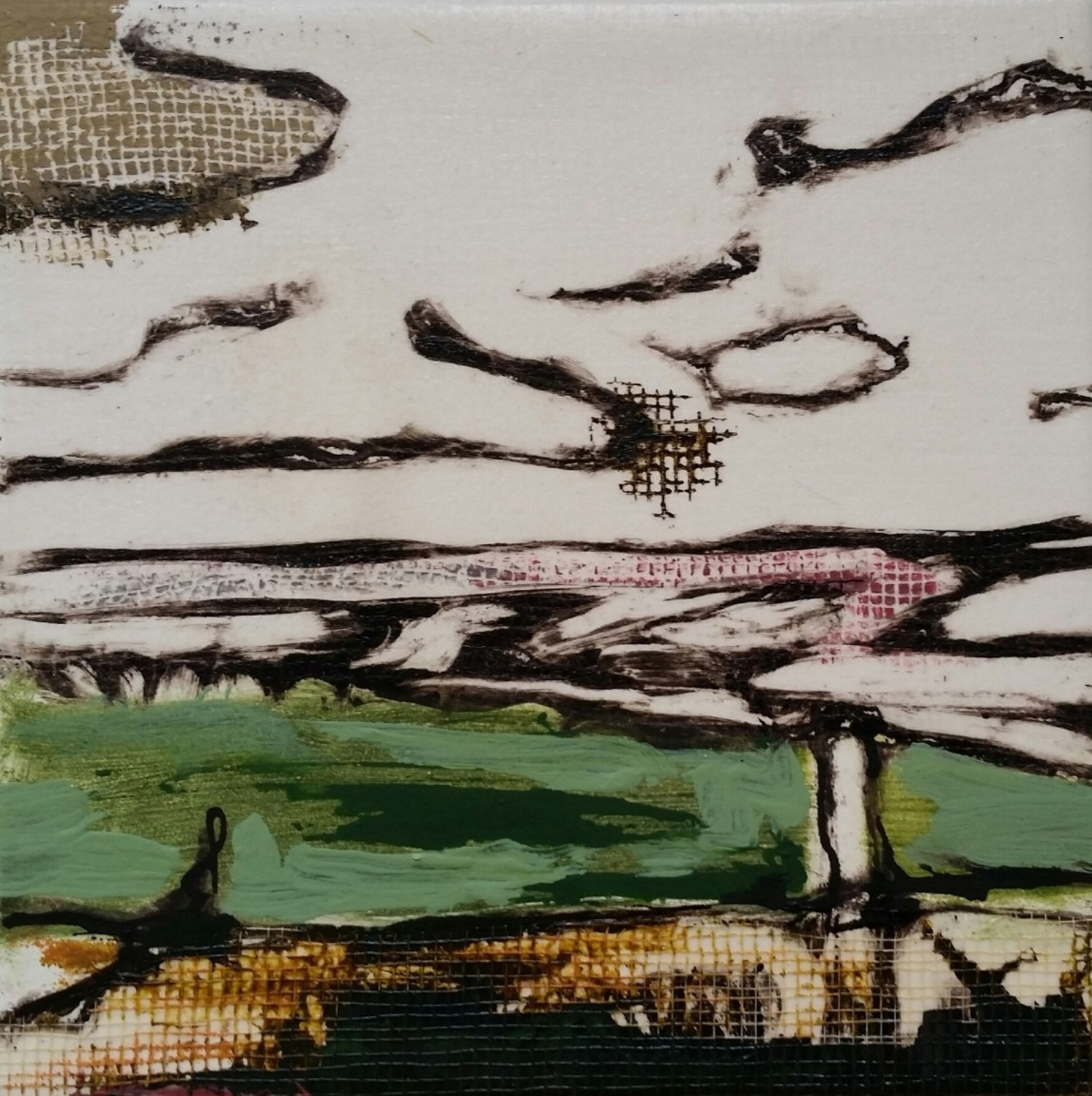
Catherine Fanning
ink, acrylic and collage on fabriano paper
€ 275
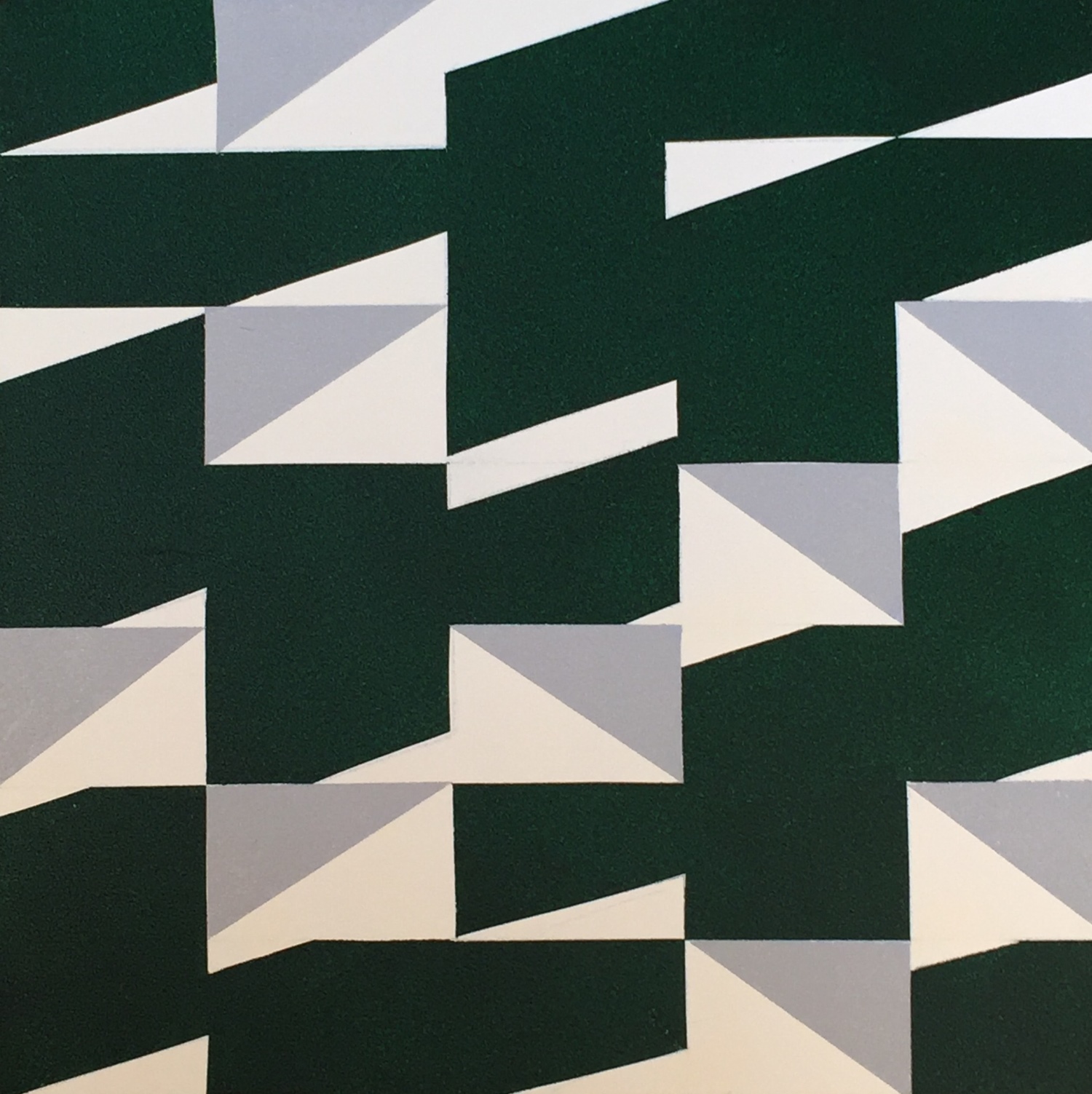
John Fitzmaurice
acrylic on board
€ 600
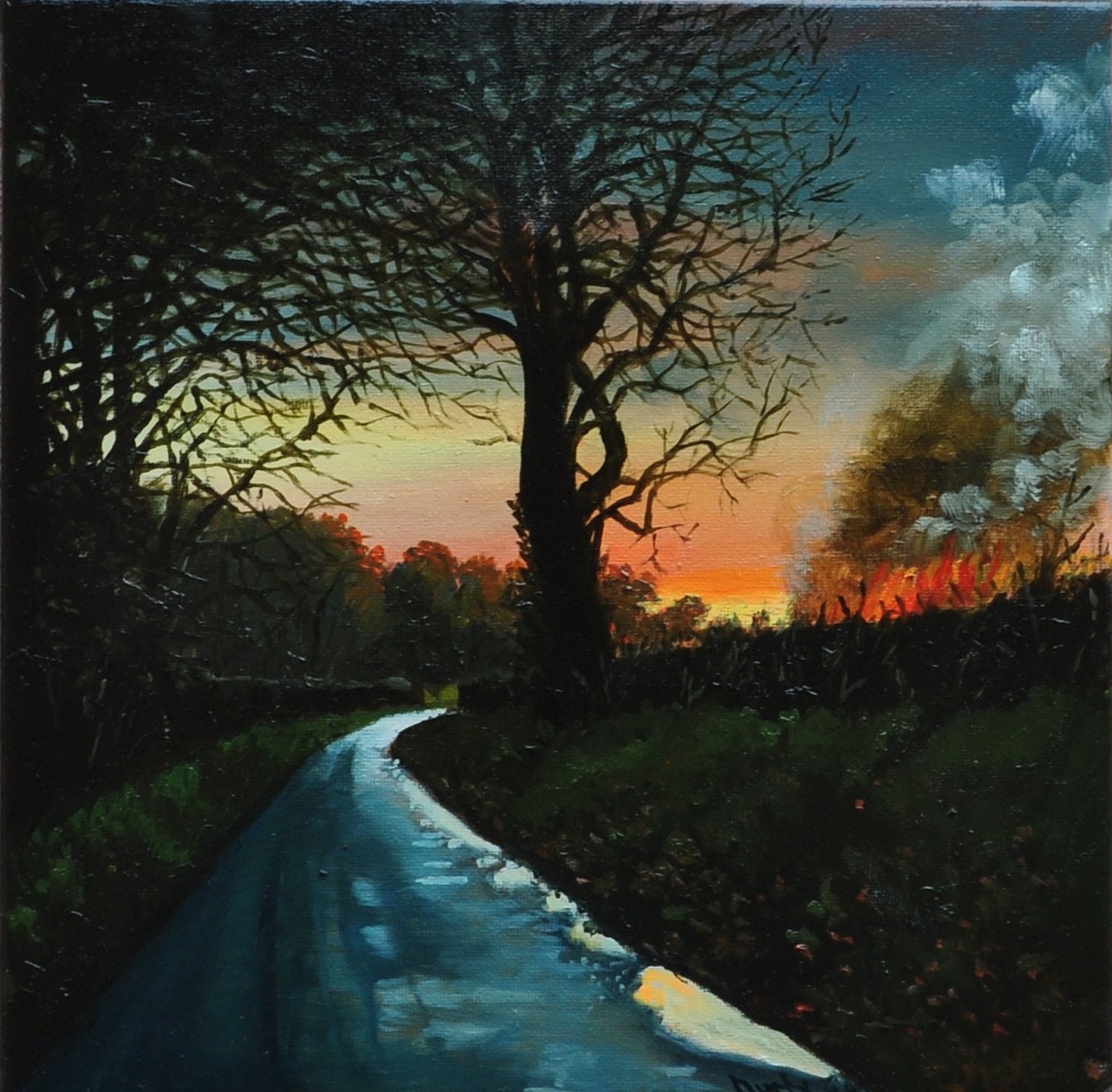
Martin Gale
oil on linen
€ 1650
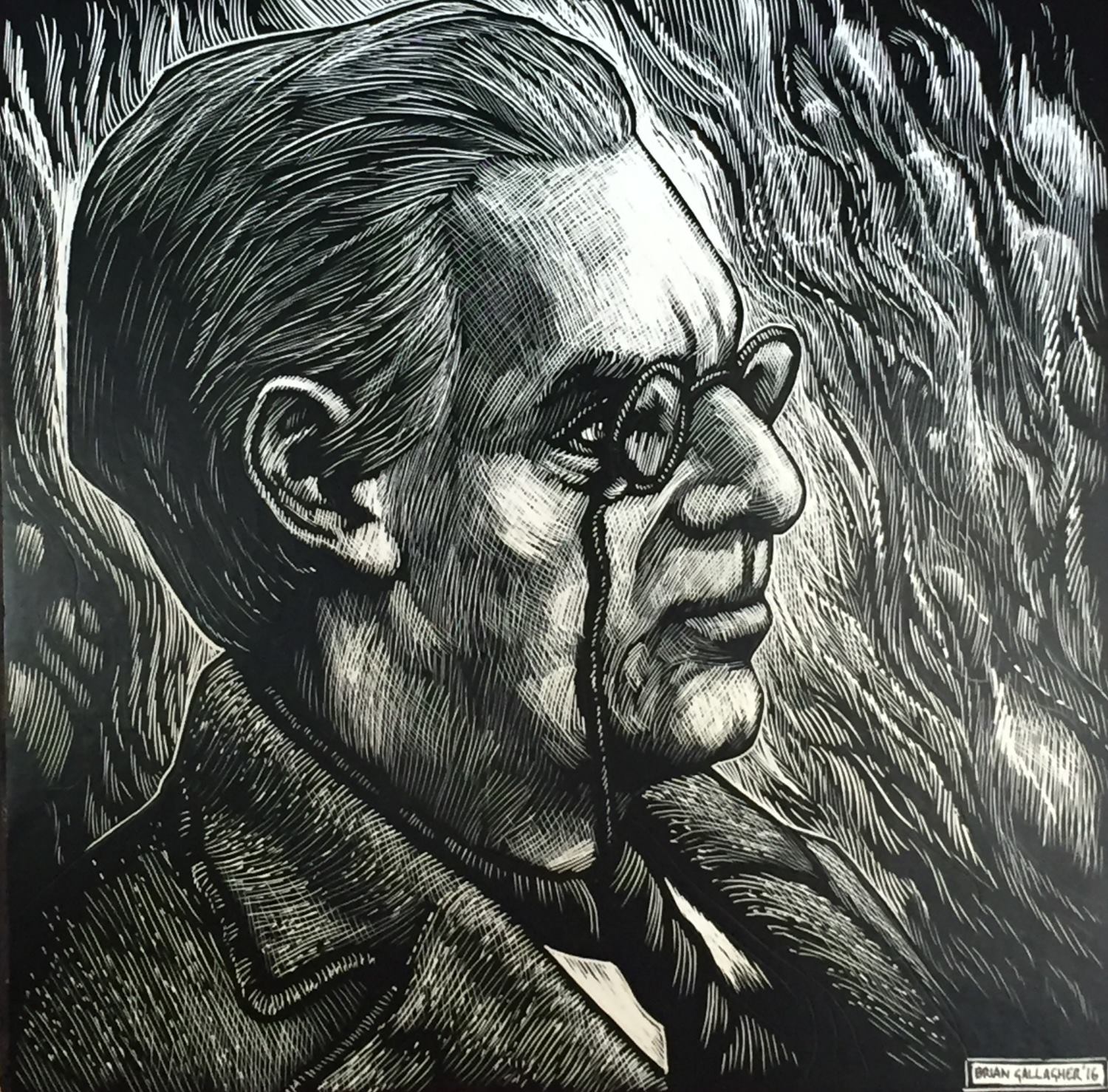
Brian Gallagher
unique scraperboard
€ 300
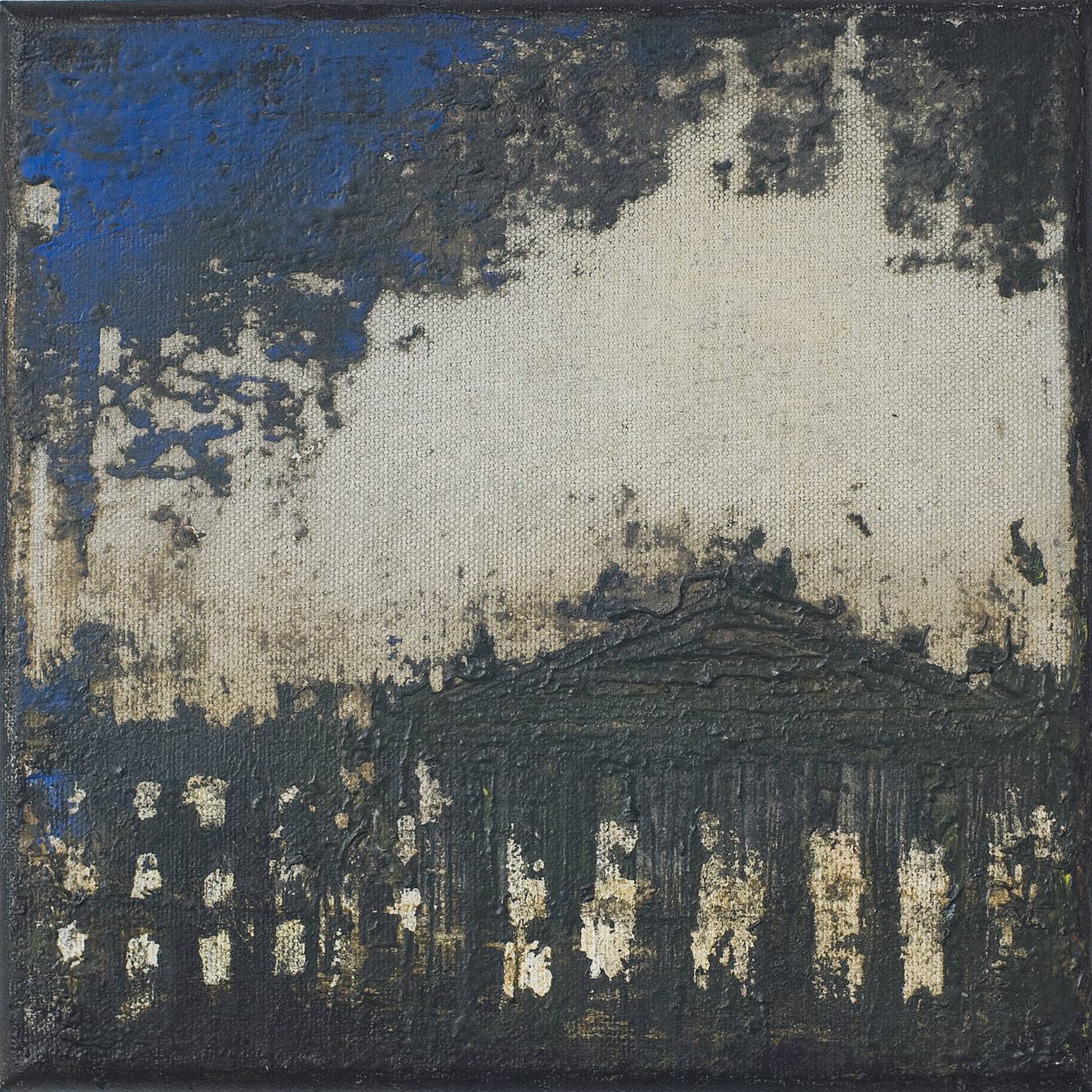
Conor Gallagher
mixed media on canvas
€ 395
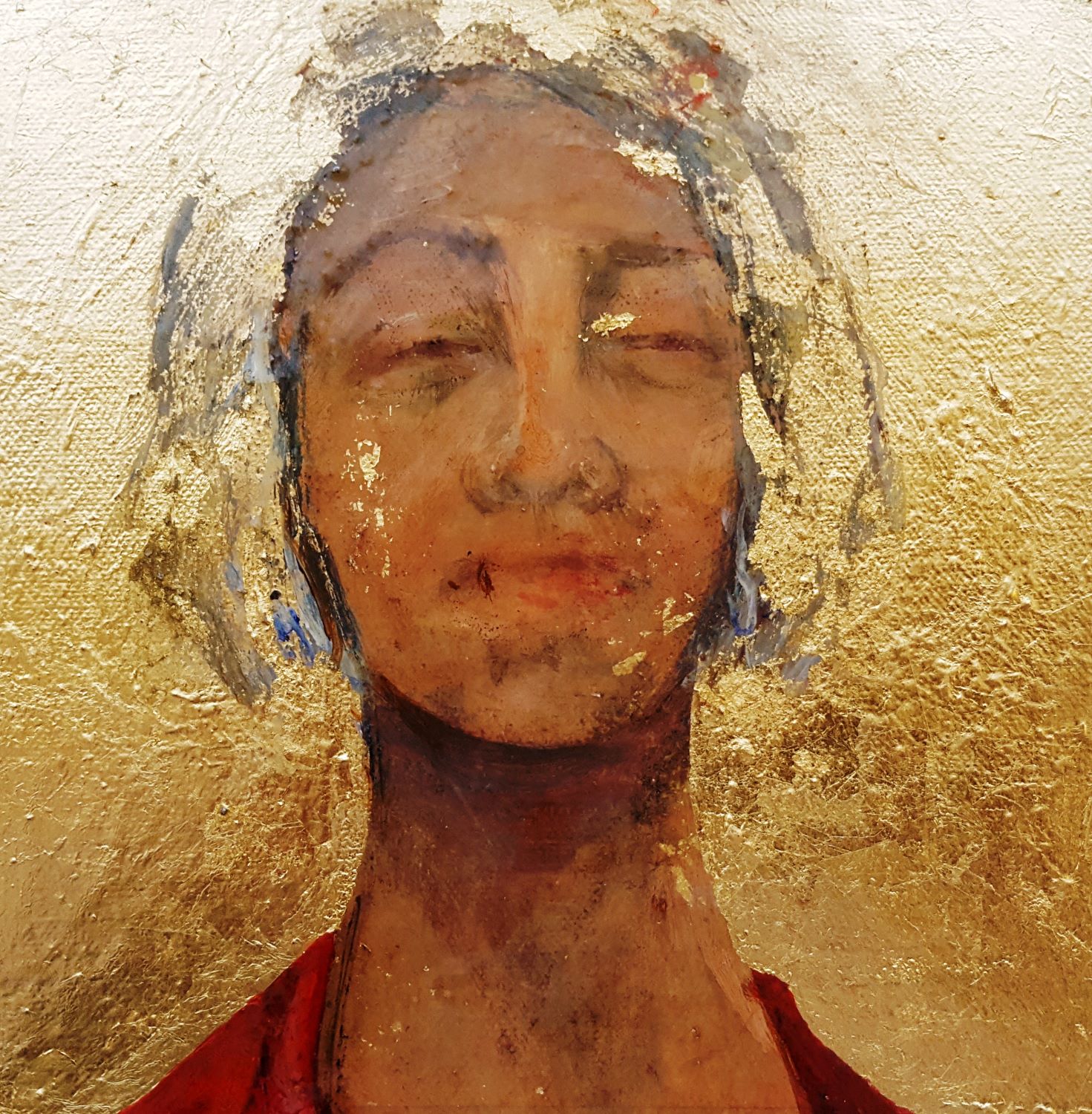
Medbh Gillard
acrylic and gold leaf on canvas
€ 150
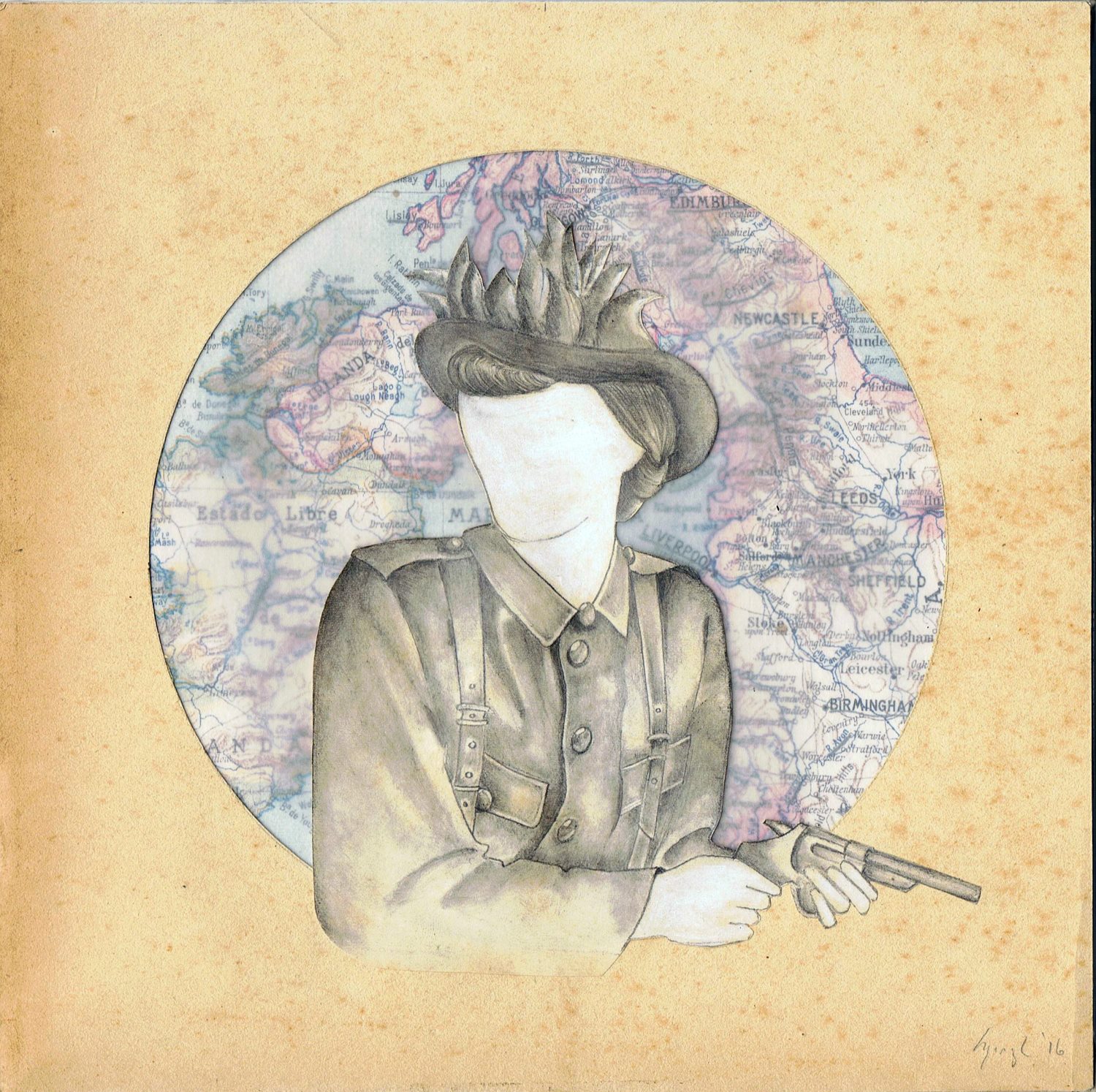
Lisa Gingles
collage and pencil
€ 250
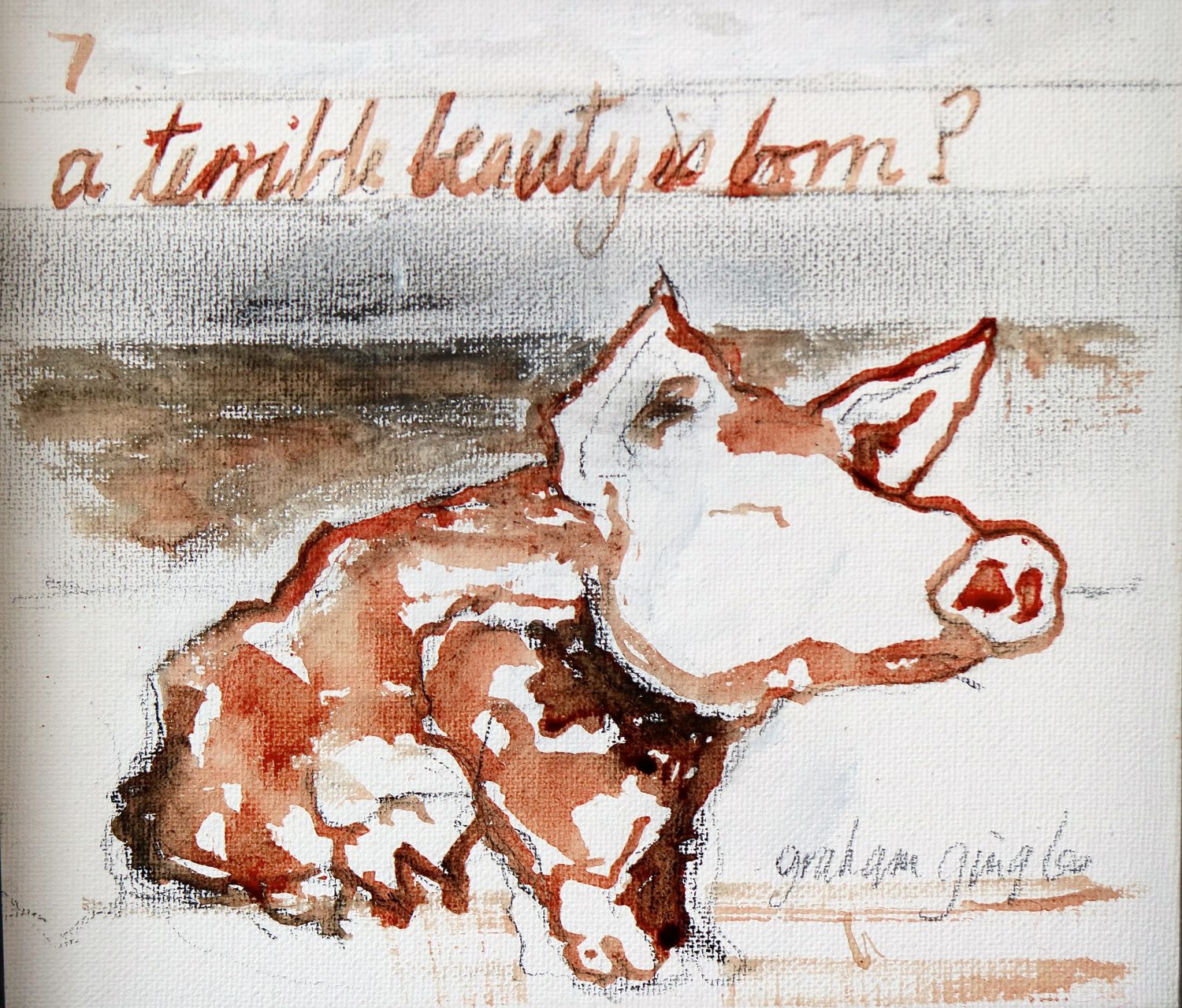
Graham Gingles
human blood and charcoal on canvas
€650
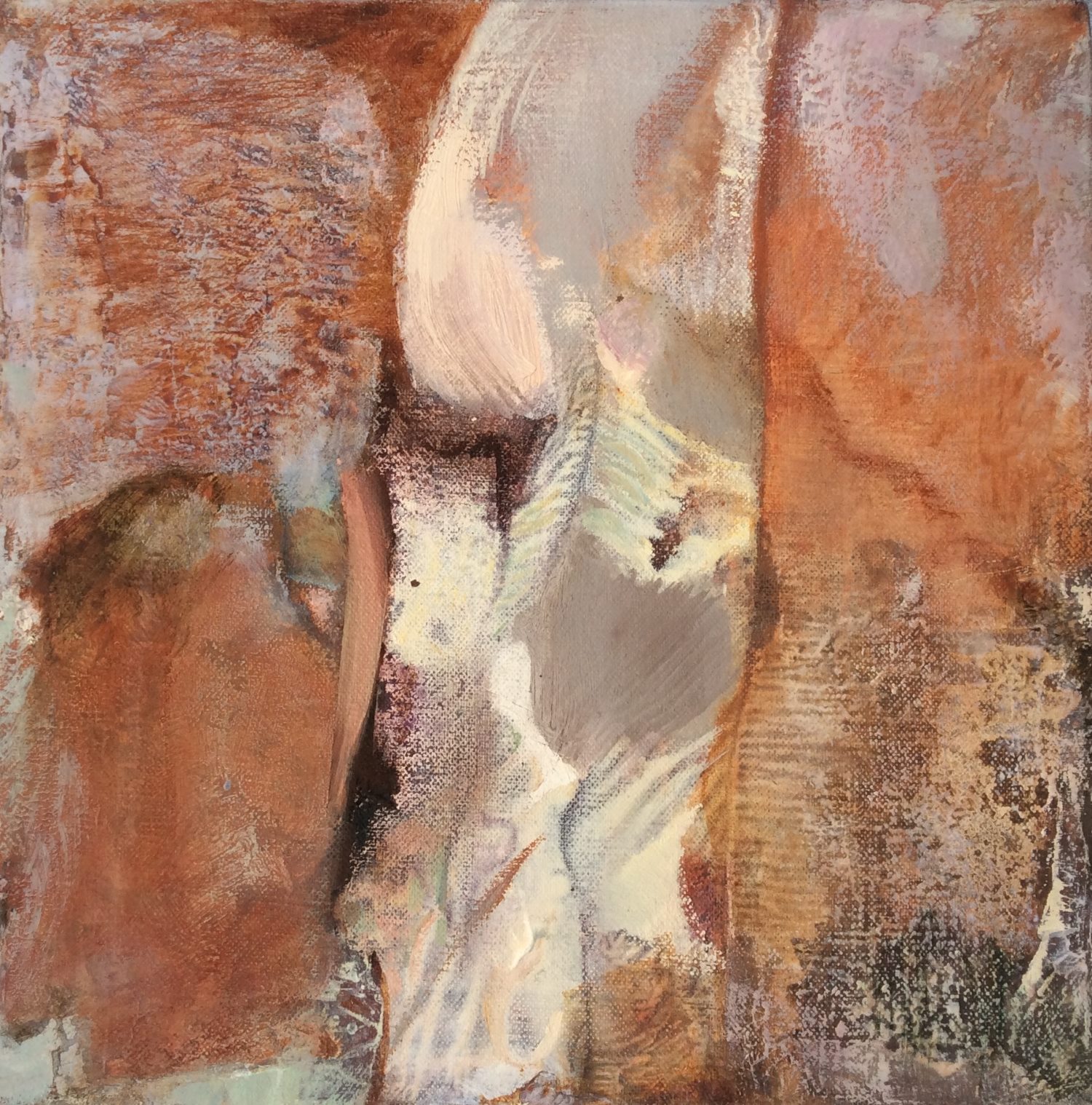
Angela Hackett
oil on canvas
€ 720
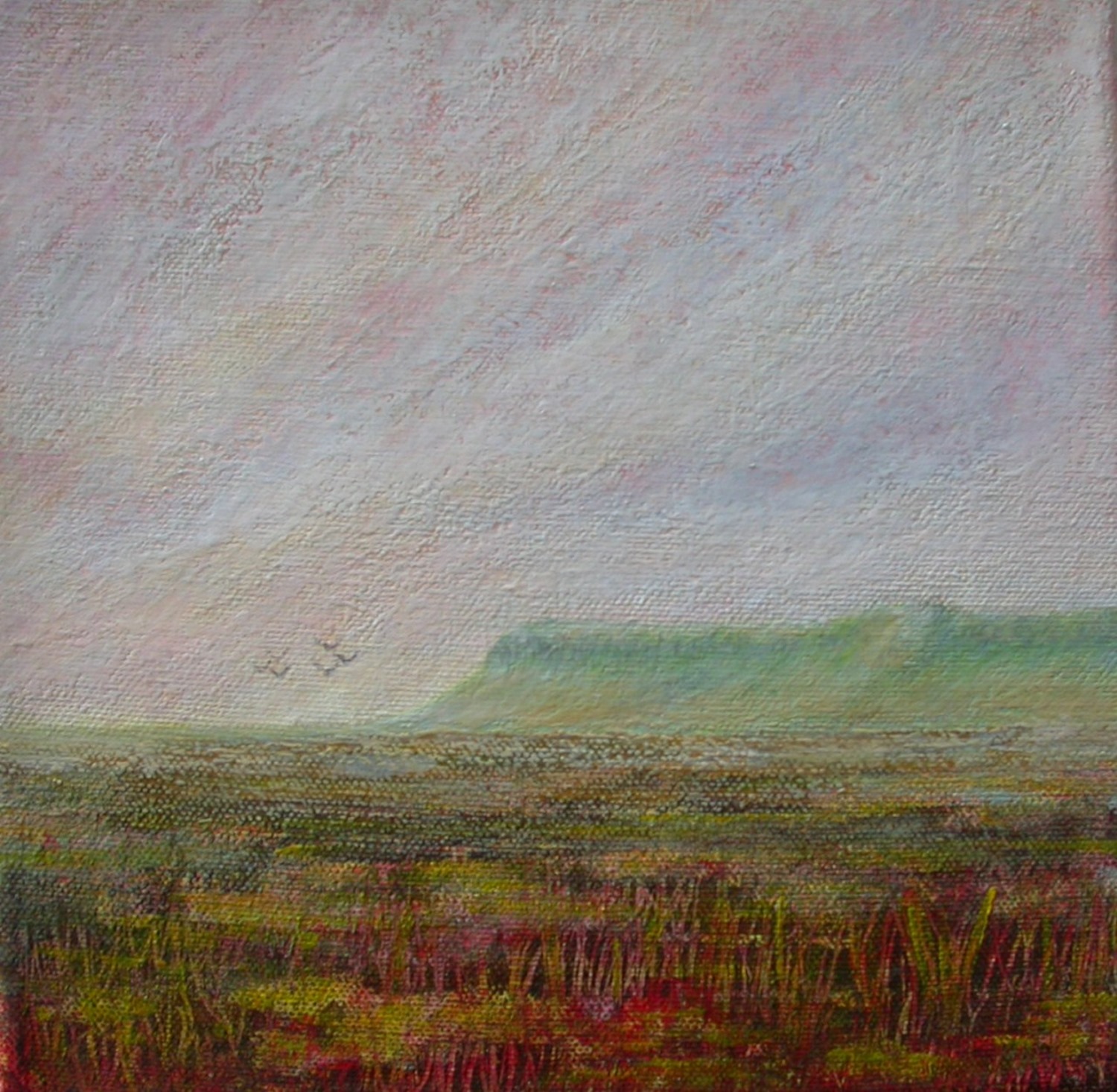
Harrison, Annie
oil on canvas
€ 360
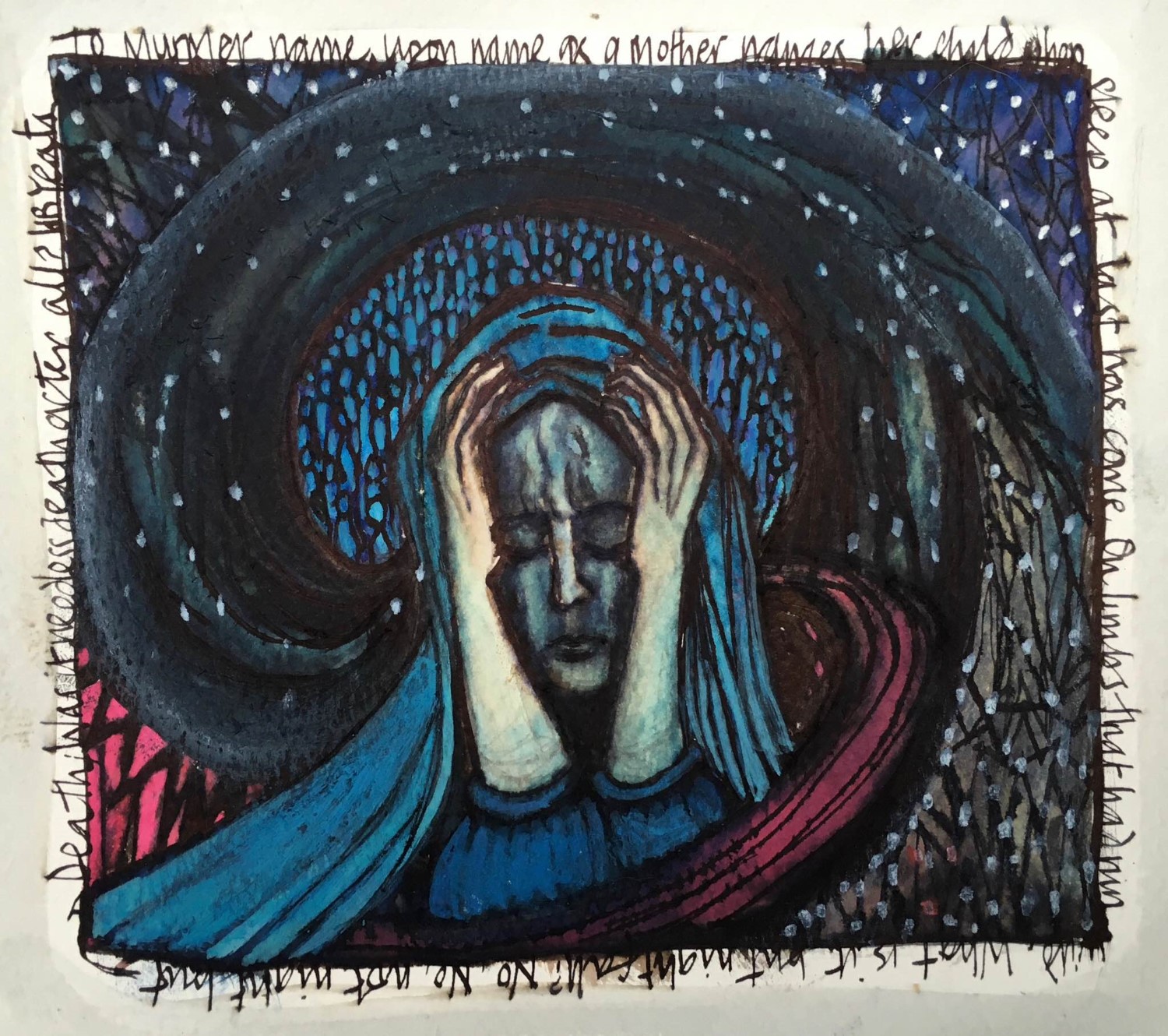
Rebecca Jobson
pen and ink
€325
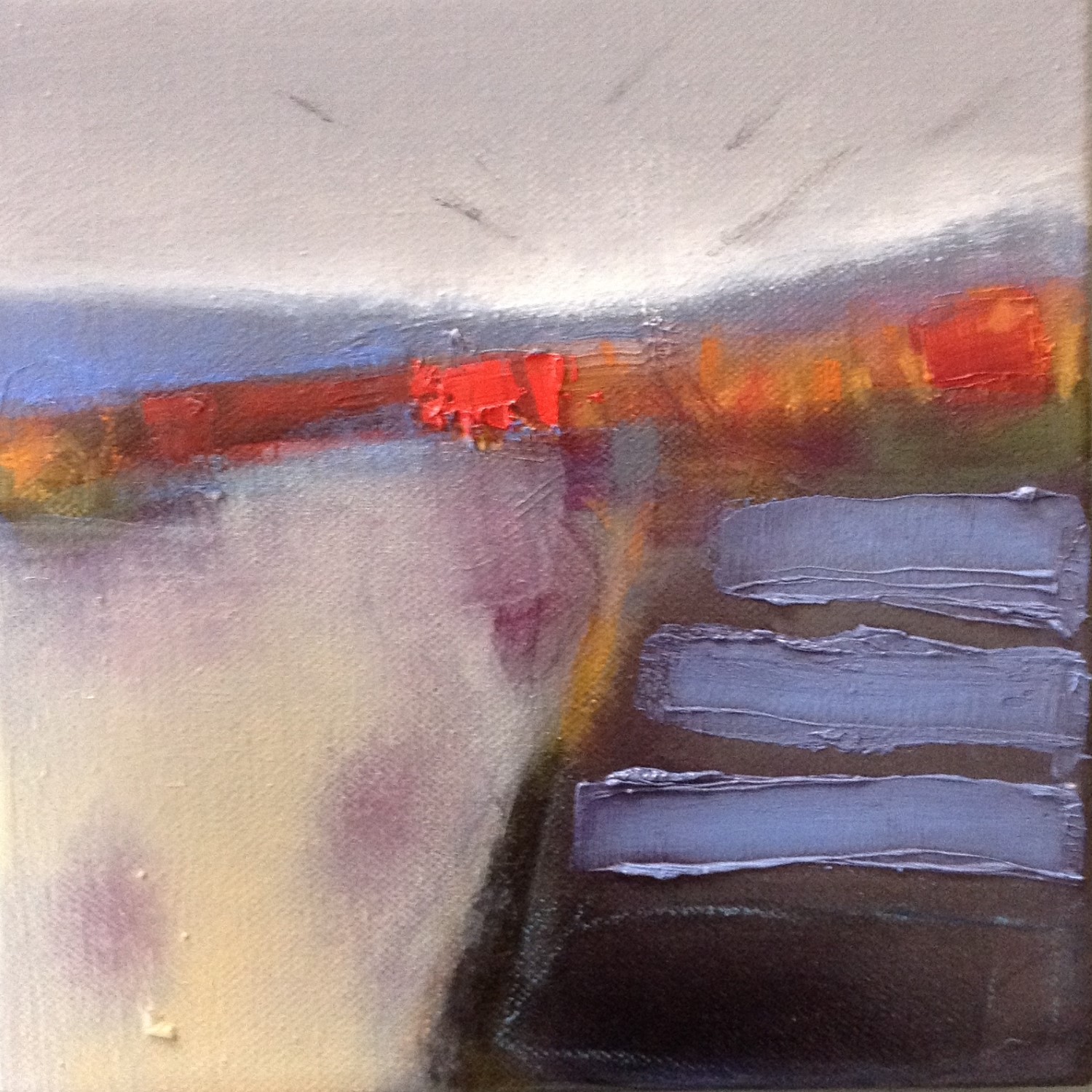
Josephine Kelly
oil on canvas
€ 735
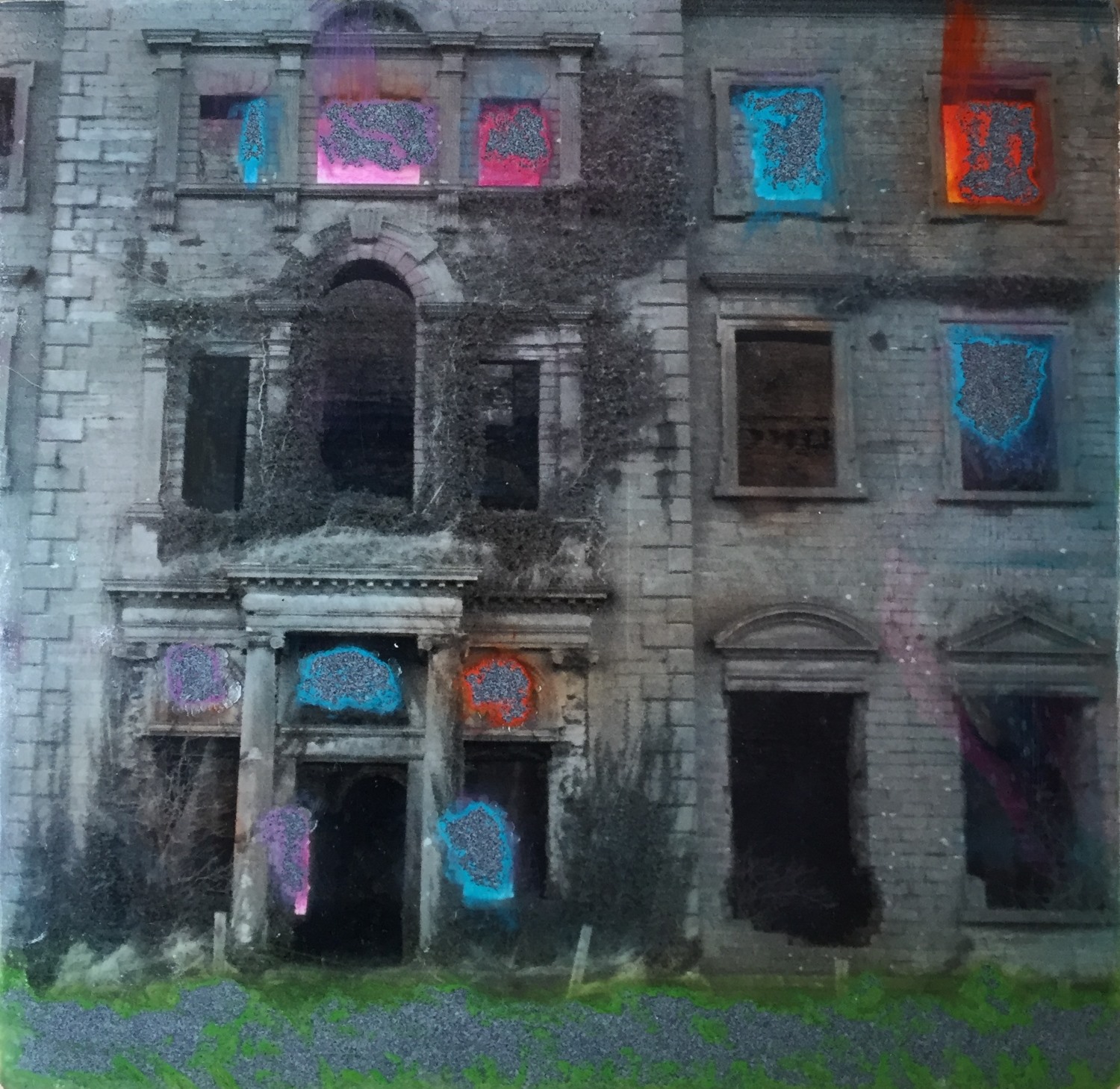
Leonie King
carborundum print and mixed media
€475
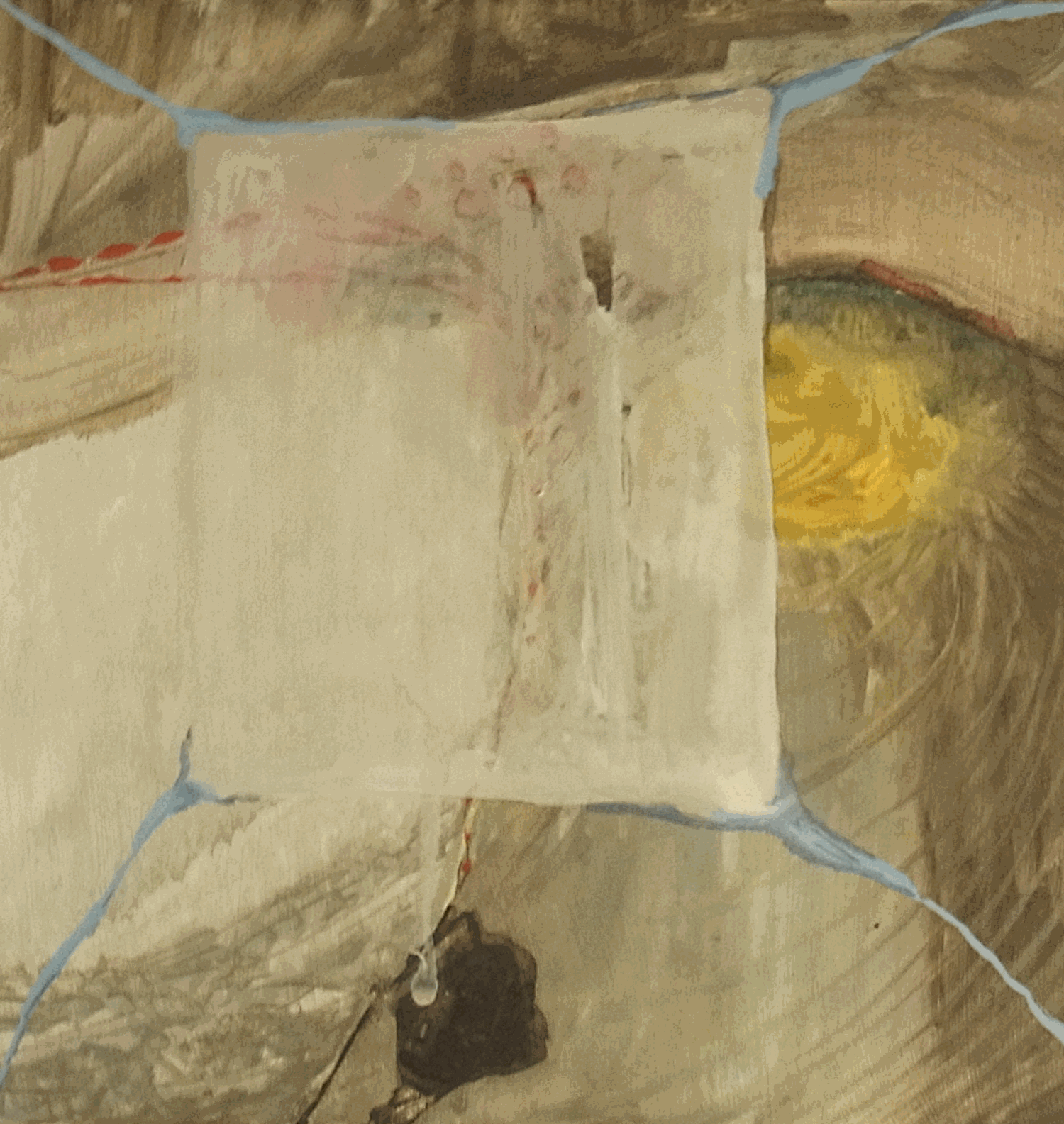
Dorothee Kolle
egg tempera gouache
€ 340
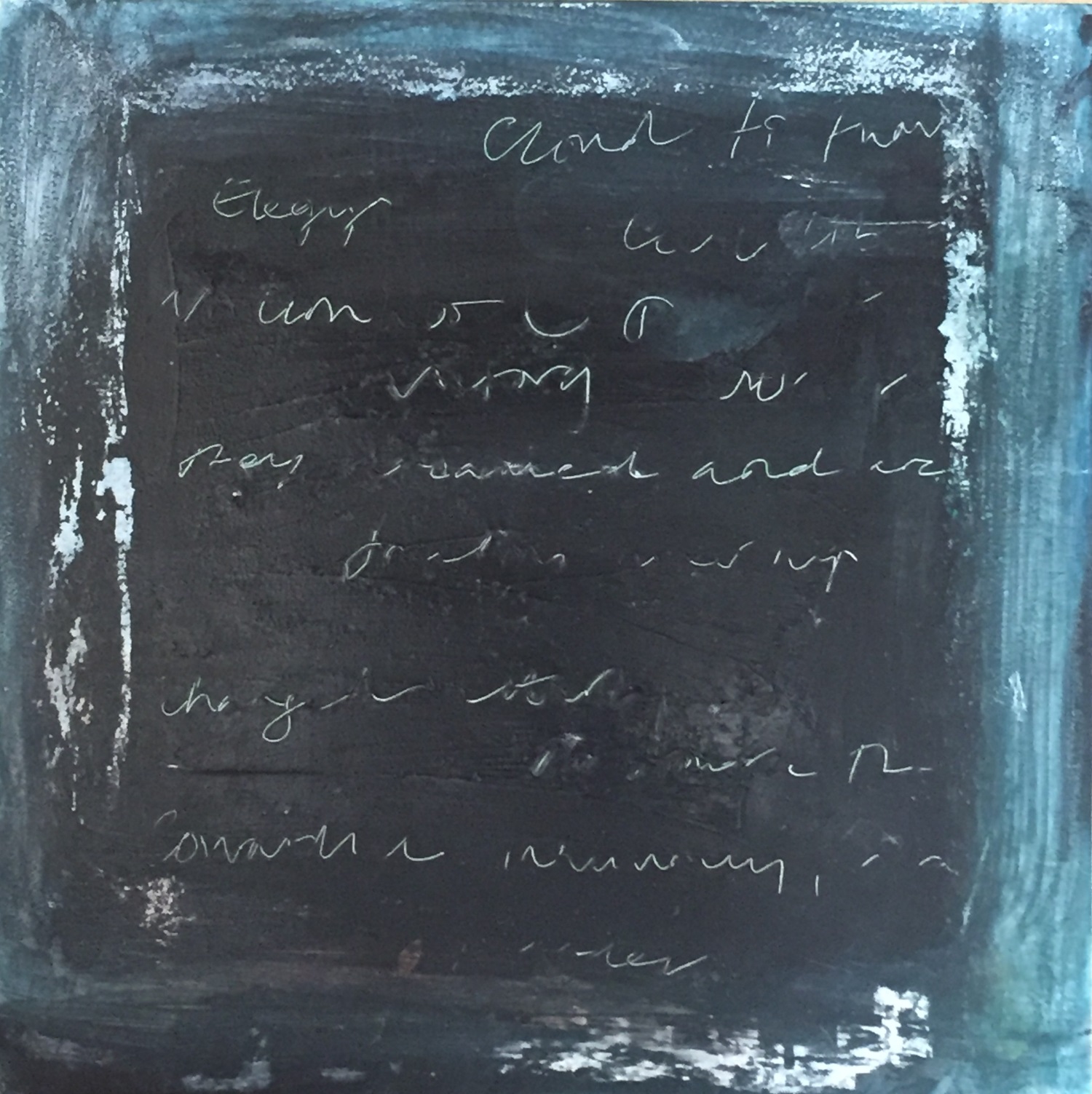
Deborah Lee
oil on canvas
€300
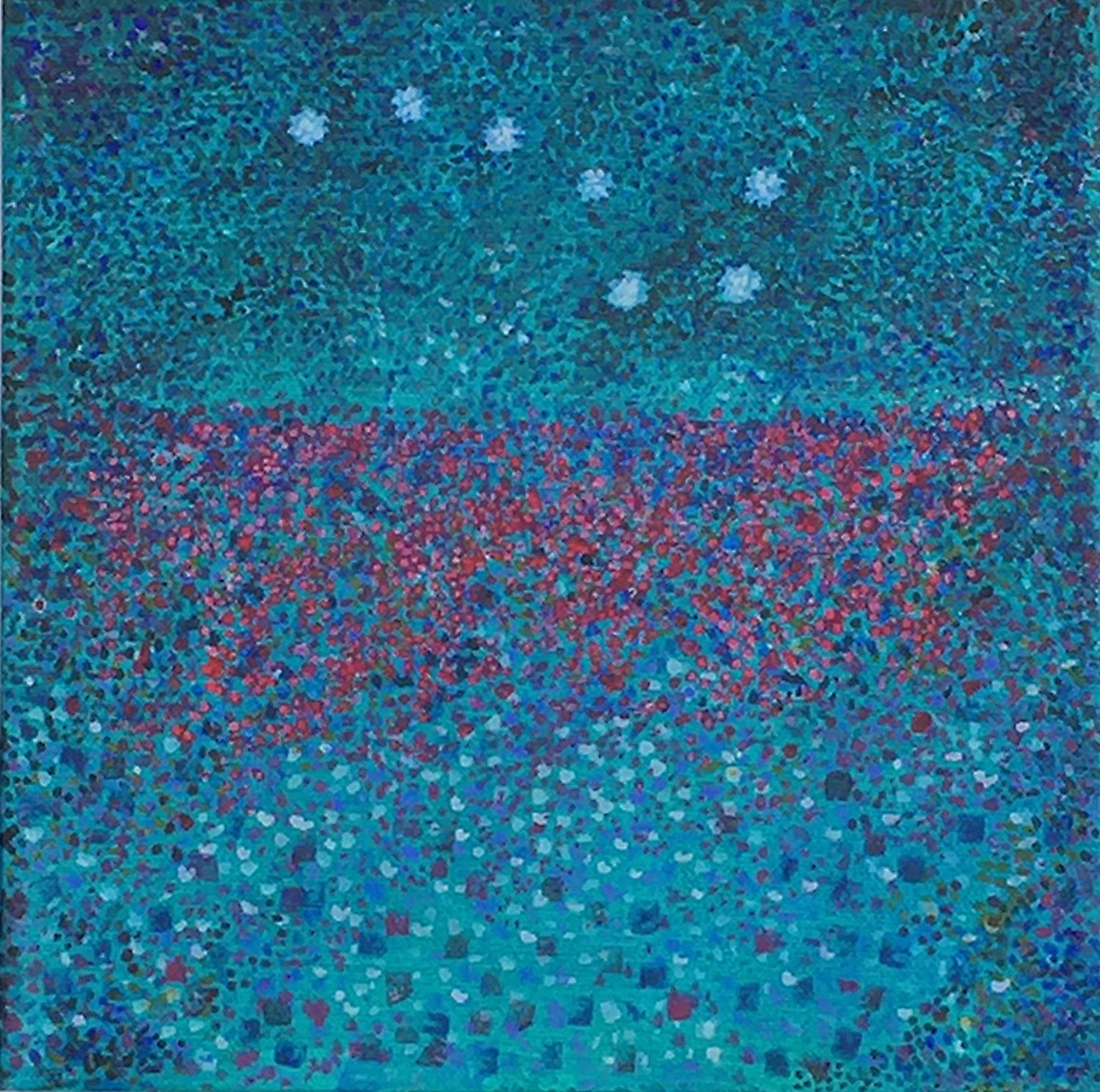
Catherine Mac Conville
acrylic on canvas
€220
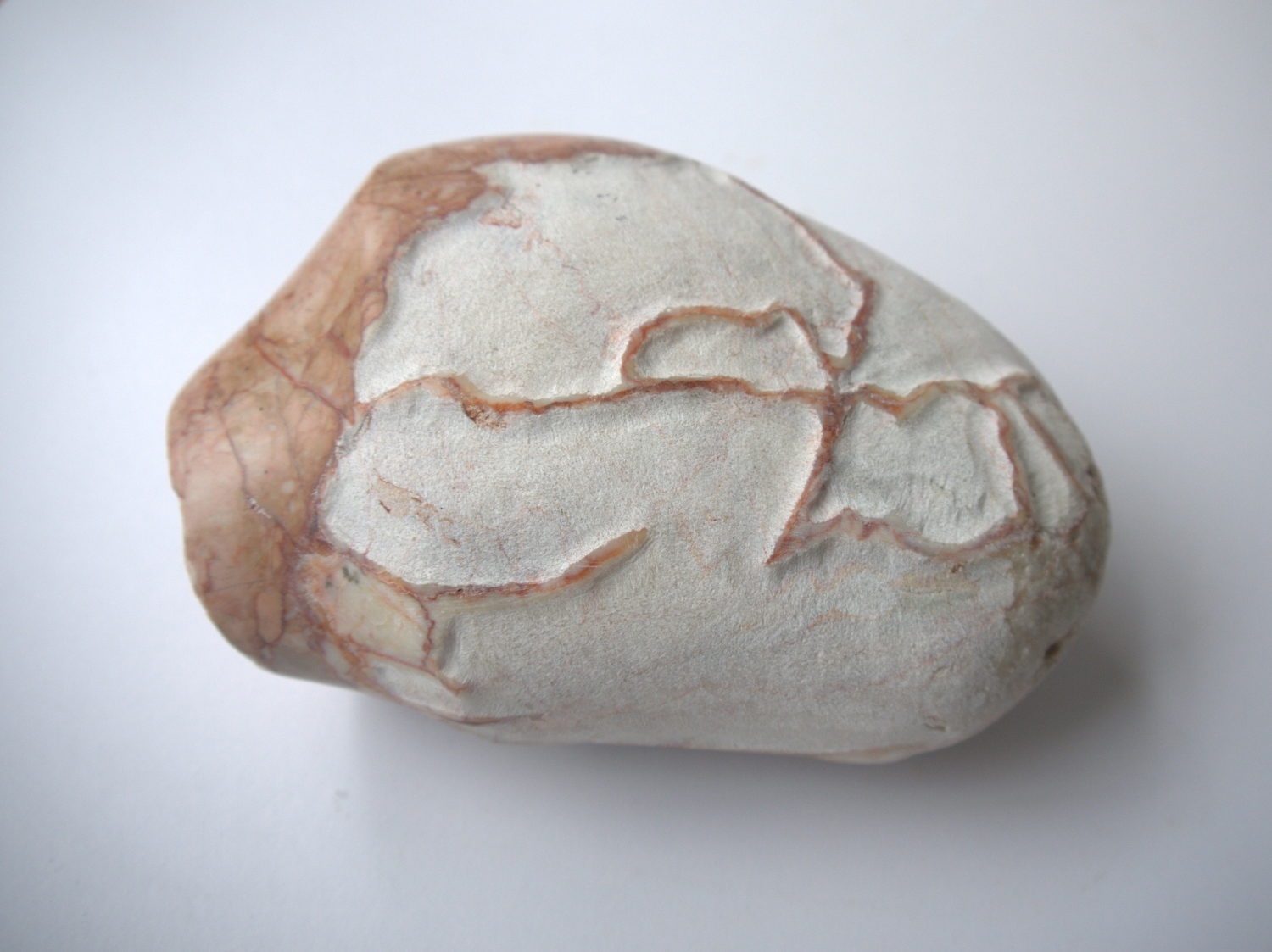
Eileen Mac Donagh
Untersburg Marble
€2000
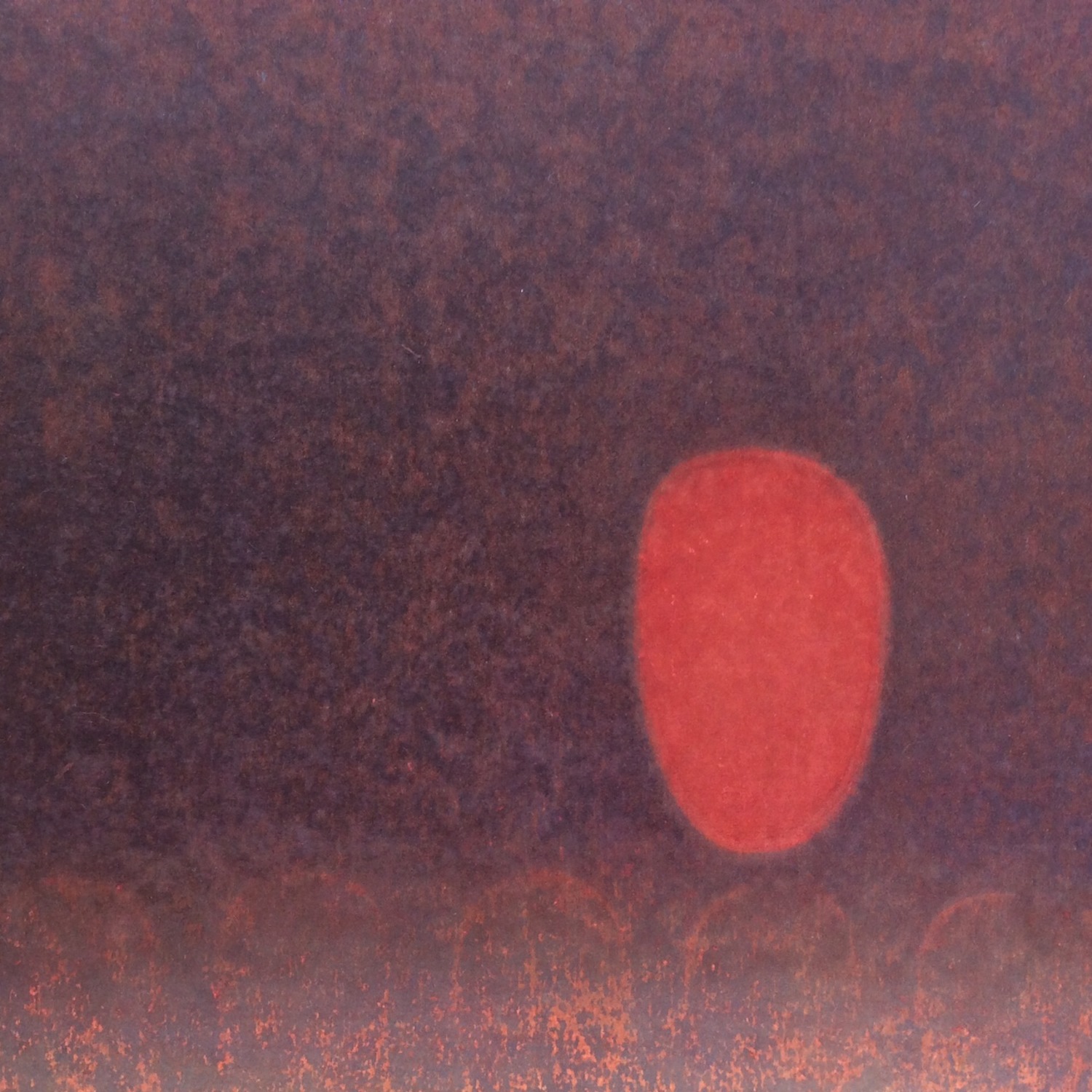
Kate Mac Donagh
gouache on paper (mounted on wood)
€ 450
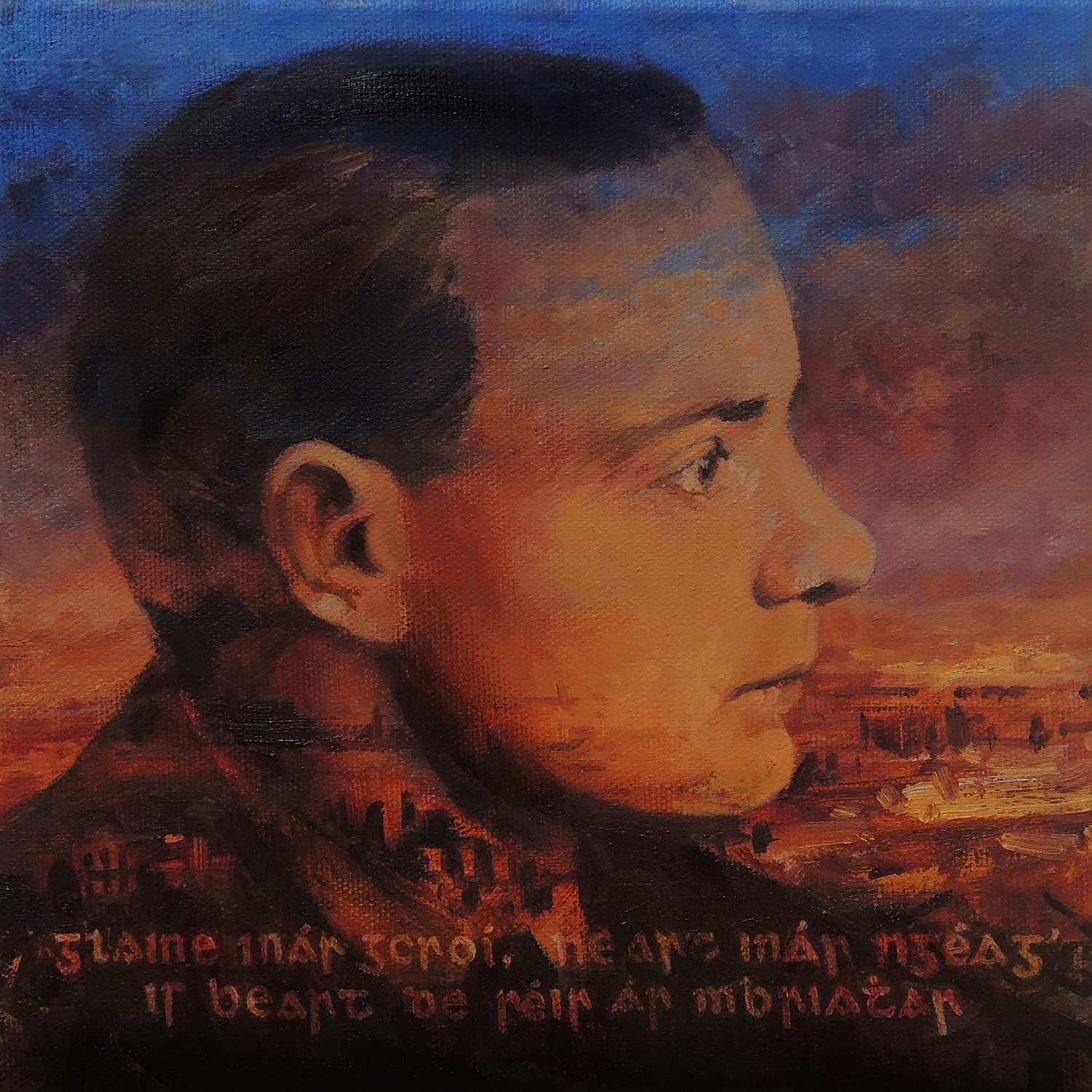
Eoin Mac Lochlainn
oil on canvas
€ 520

Alexander Malvasi
acrylic on canvas
€ 180
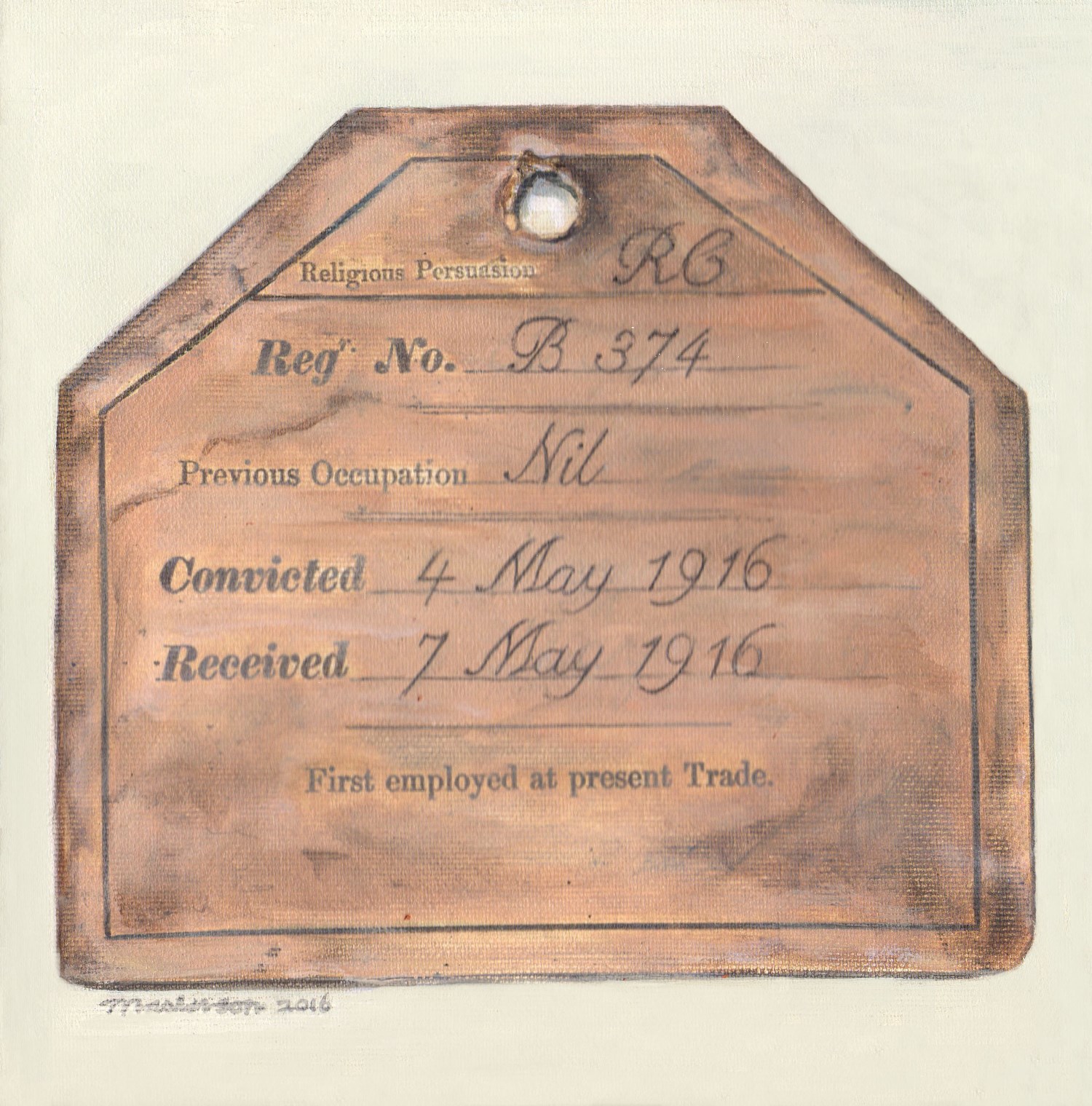
Bernie Masterson
mixed media on canvas
€600
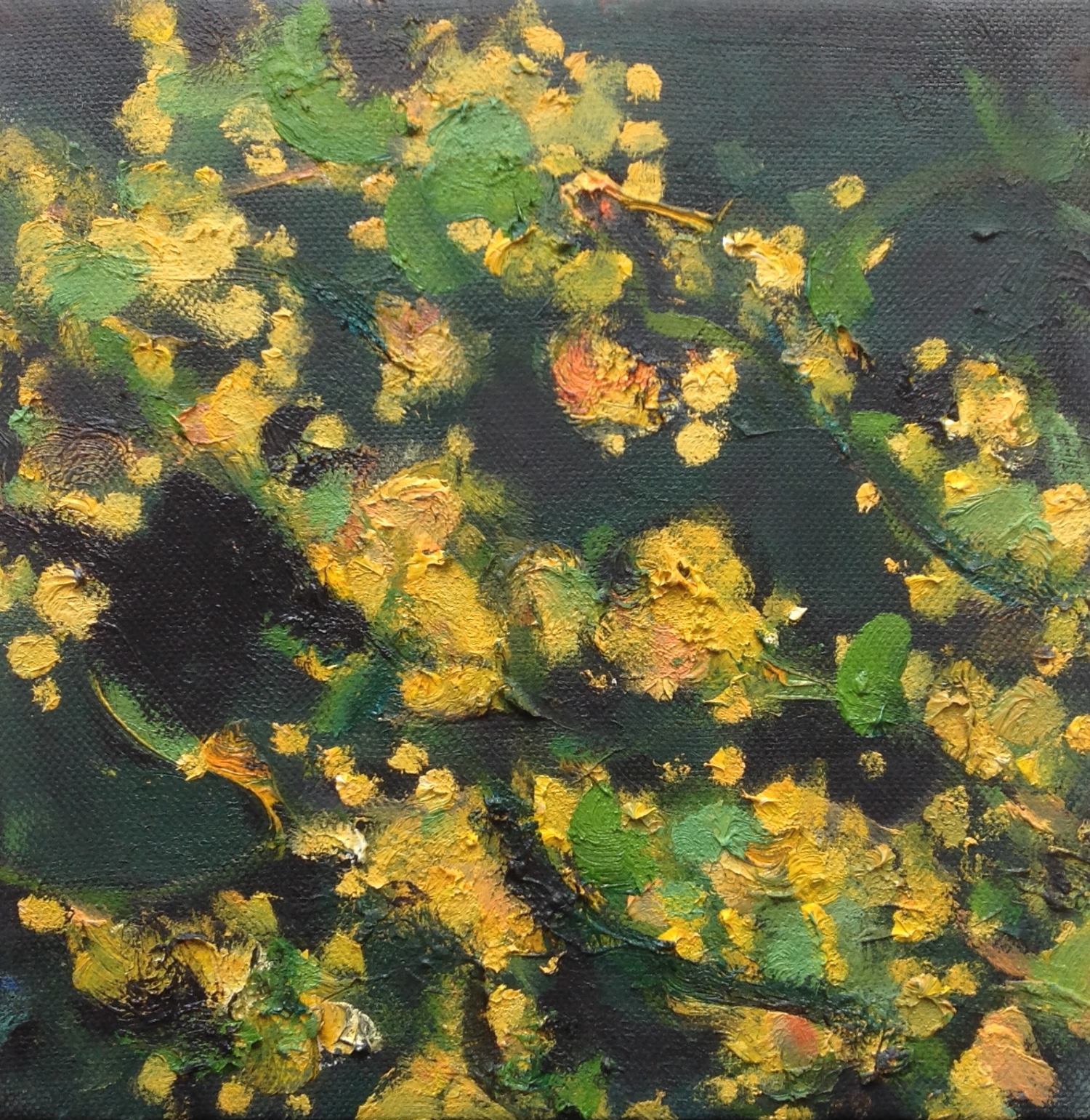
Clement McAleer,
oil on canvas
€400
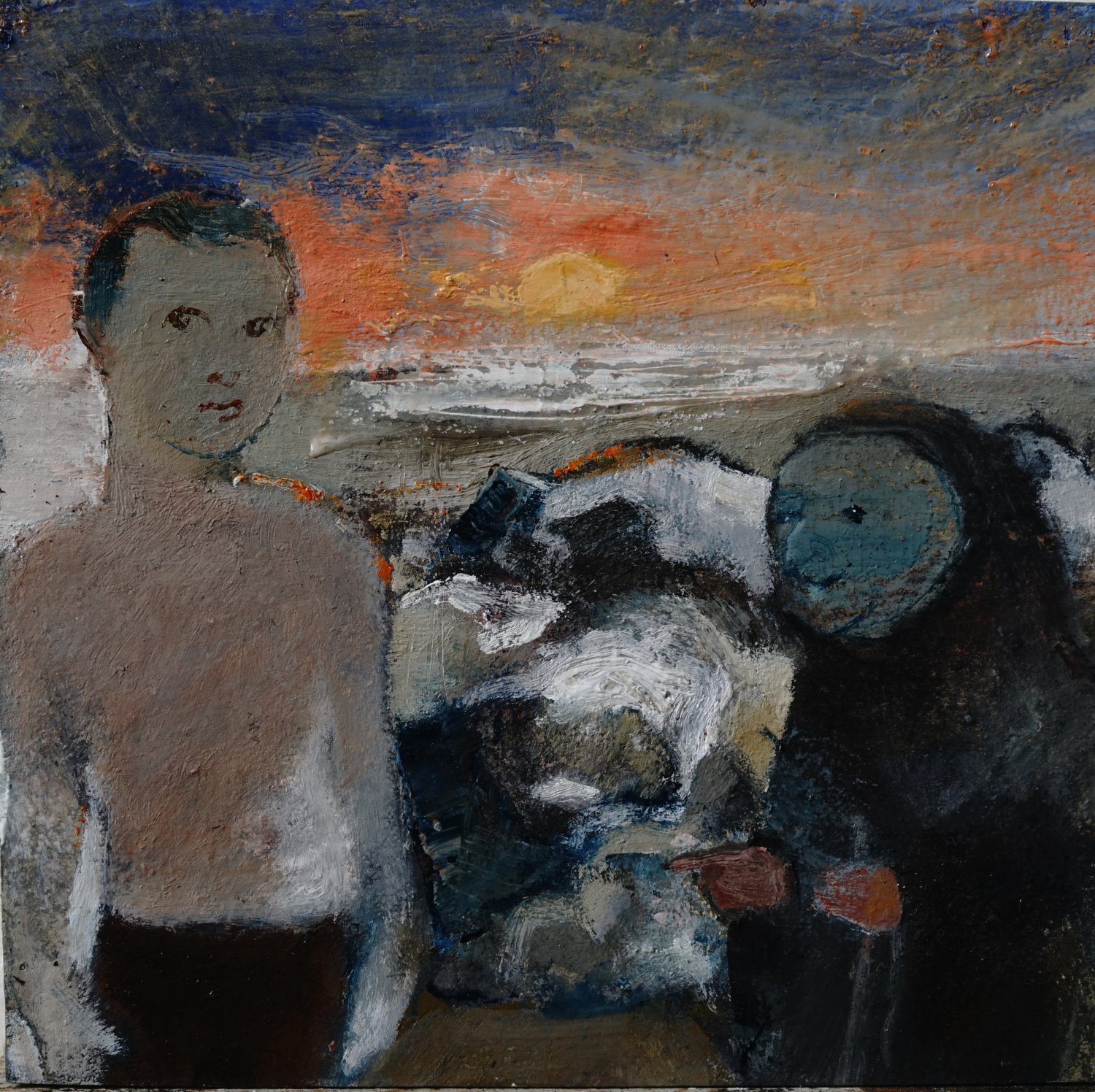
Brian McDonagh,
oil on board
POR
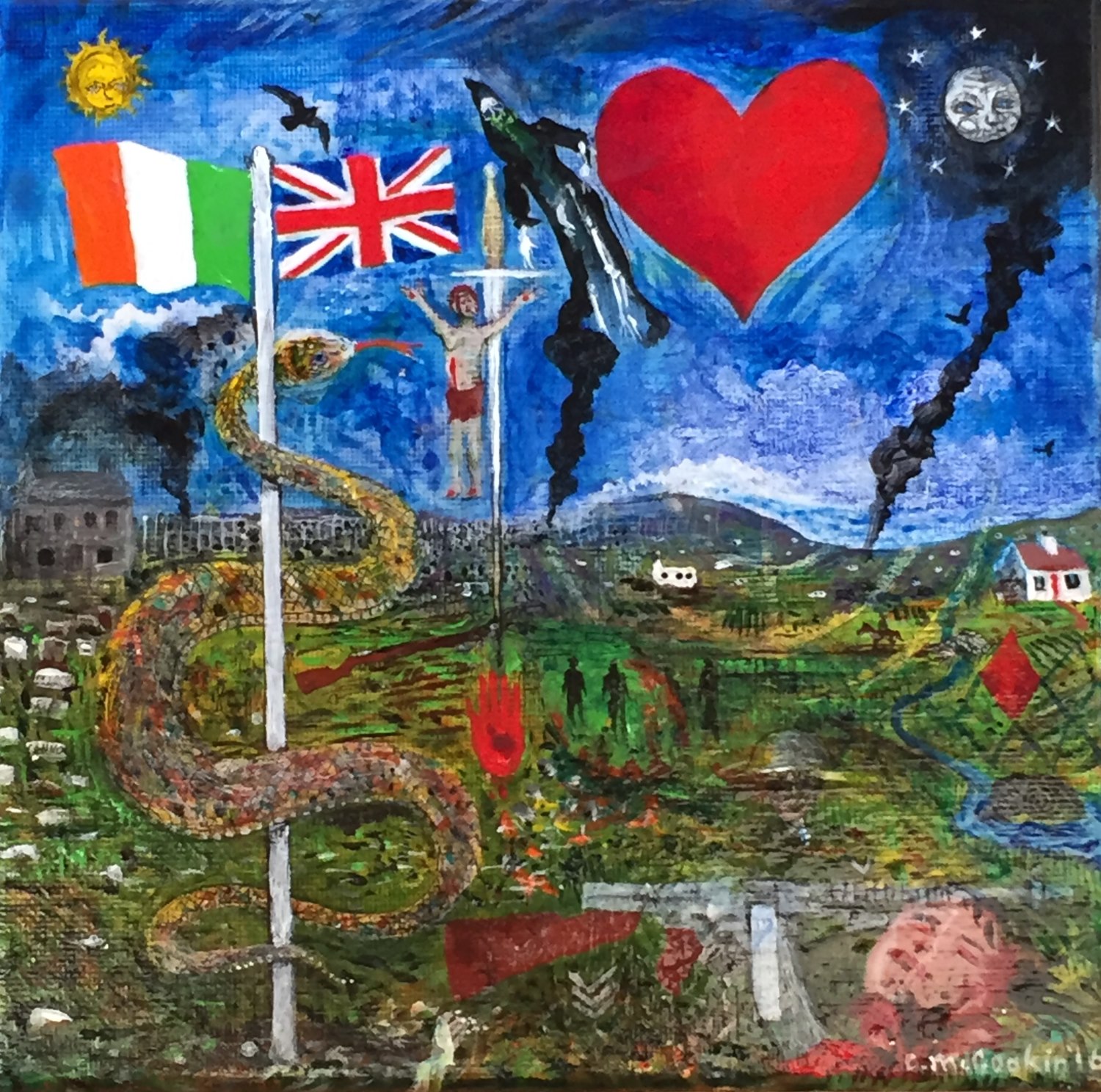
Colin McGookin,
acrylic on canvas
€450
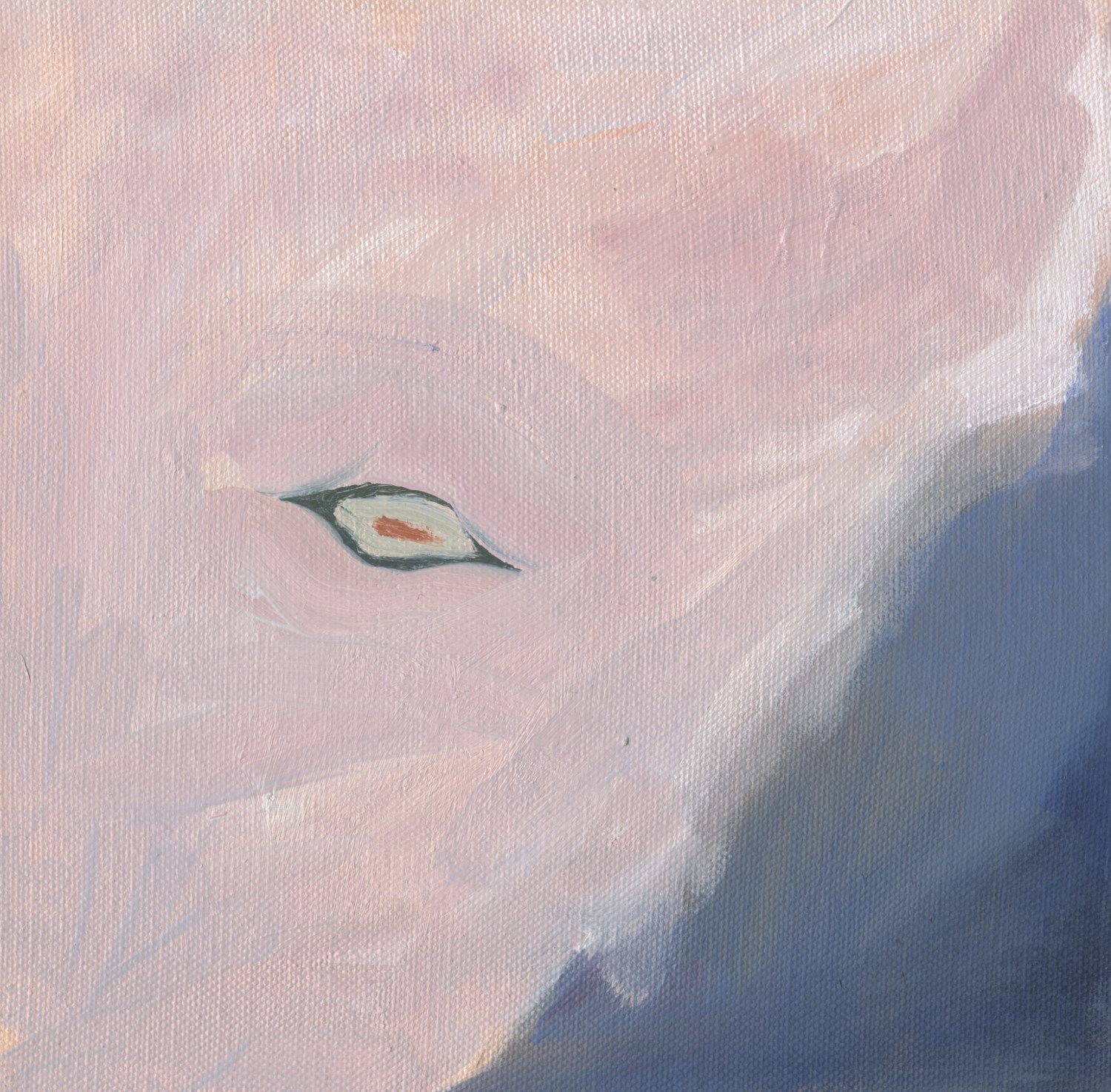
Margo McNulty,
Oil on canvas
€300
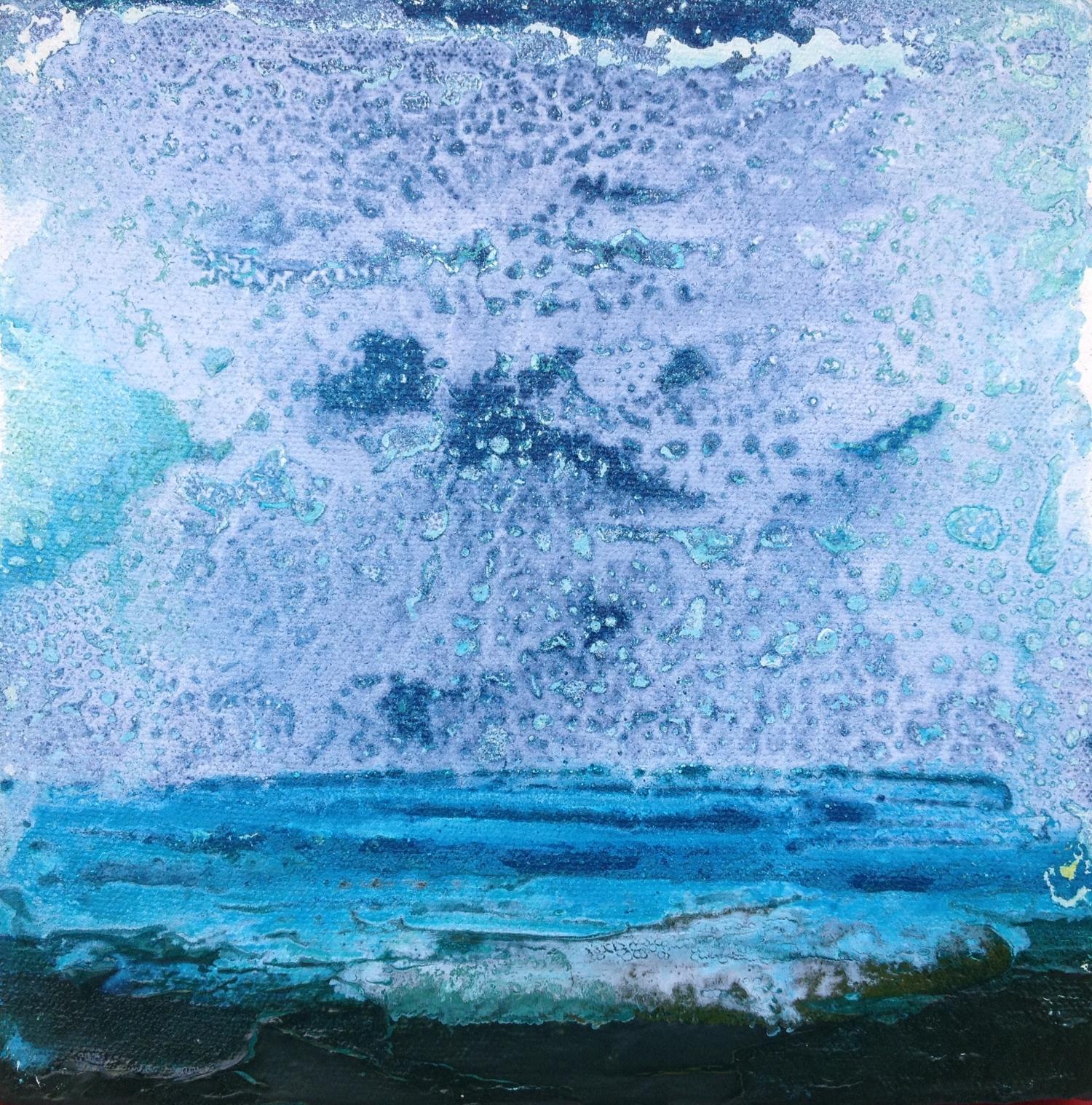
Michael McSwiney
oil on canvas
€200
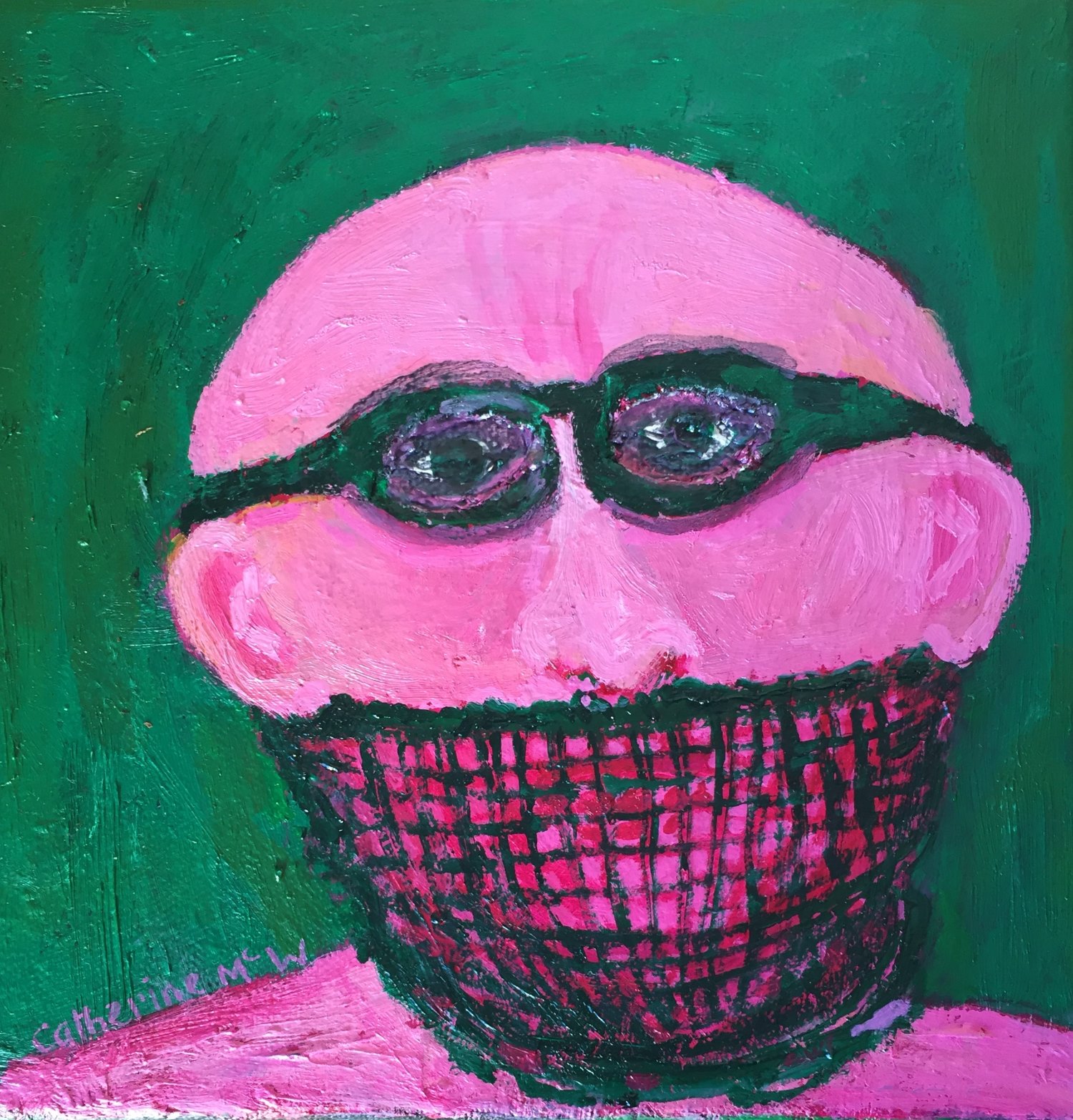
Catherine McWilliams,
oil on canvas
€250
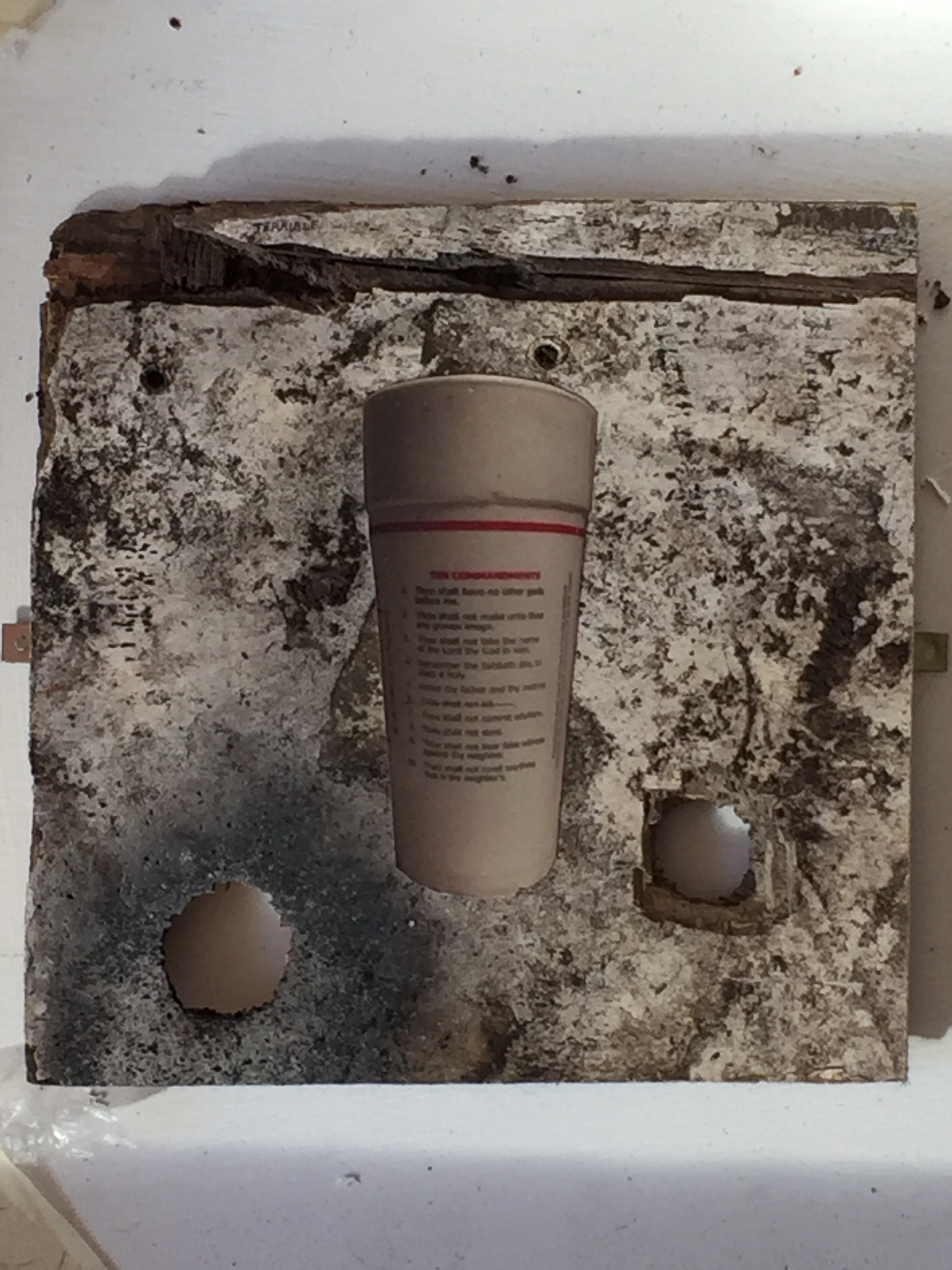
Paul Moss
mixed media
€500
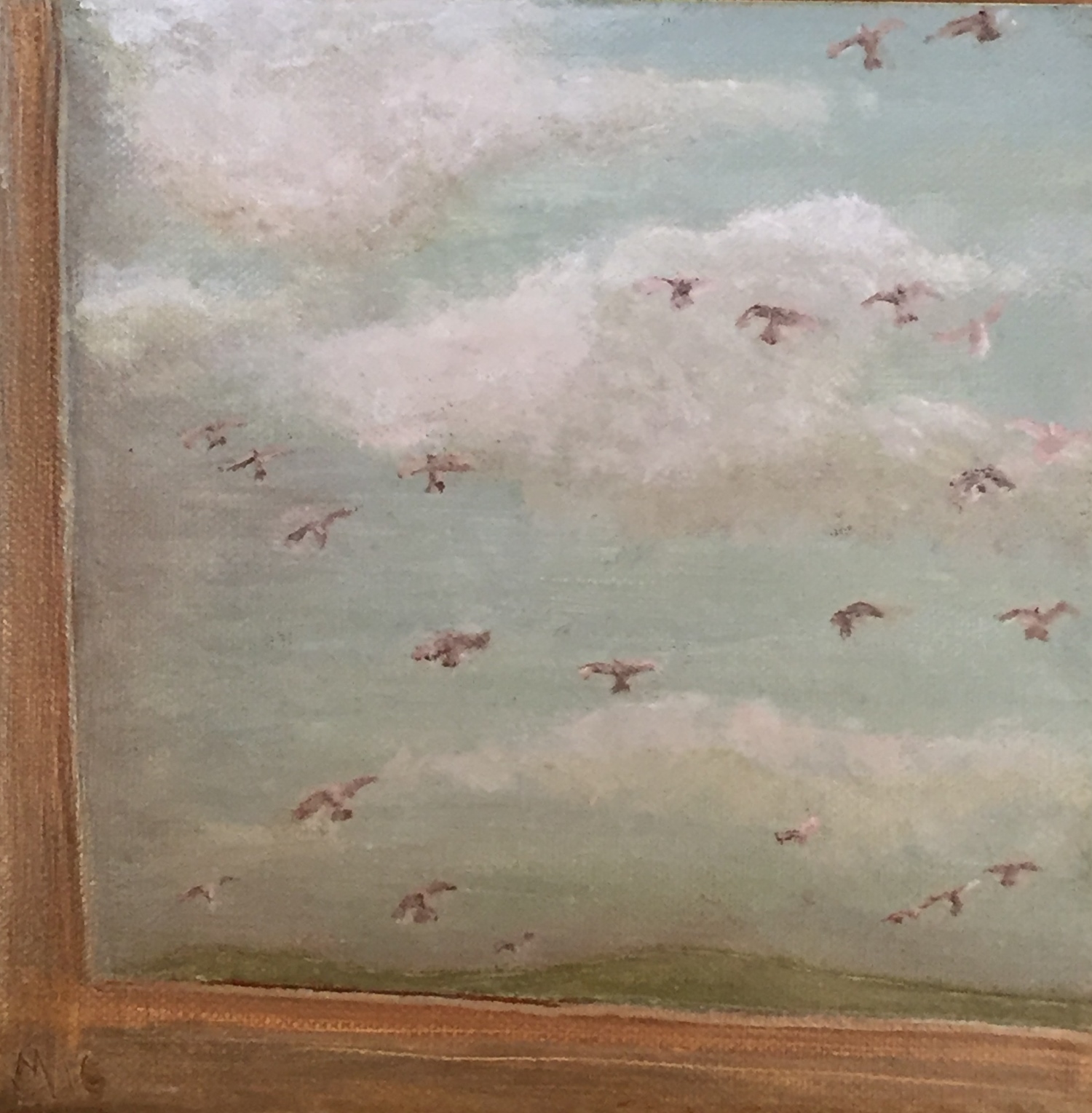
Vivien Murray
oil on canvas
€295
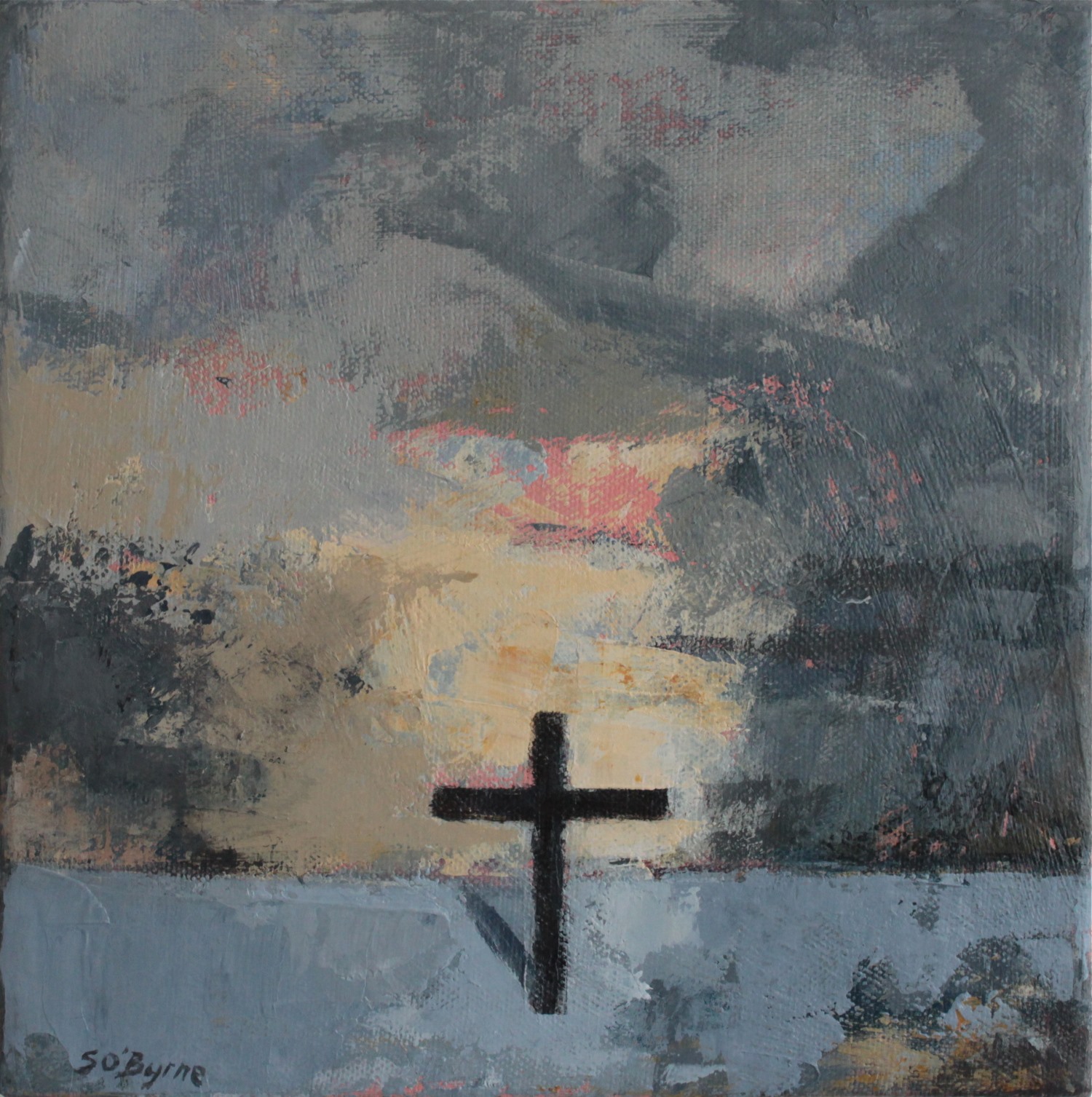
Seamus O' Byrne,
acrylic on canvas
€450

Cora O'Brien
acrylic on canvas
€480
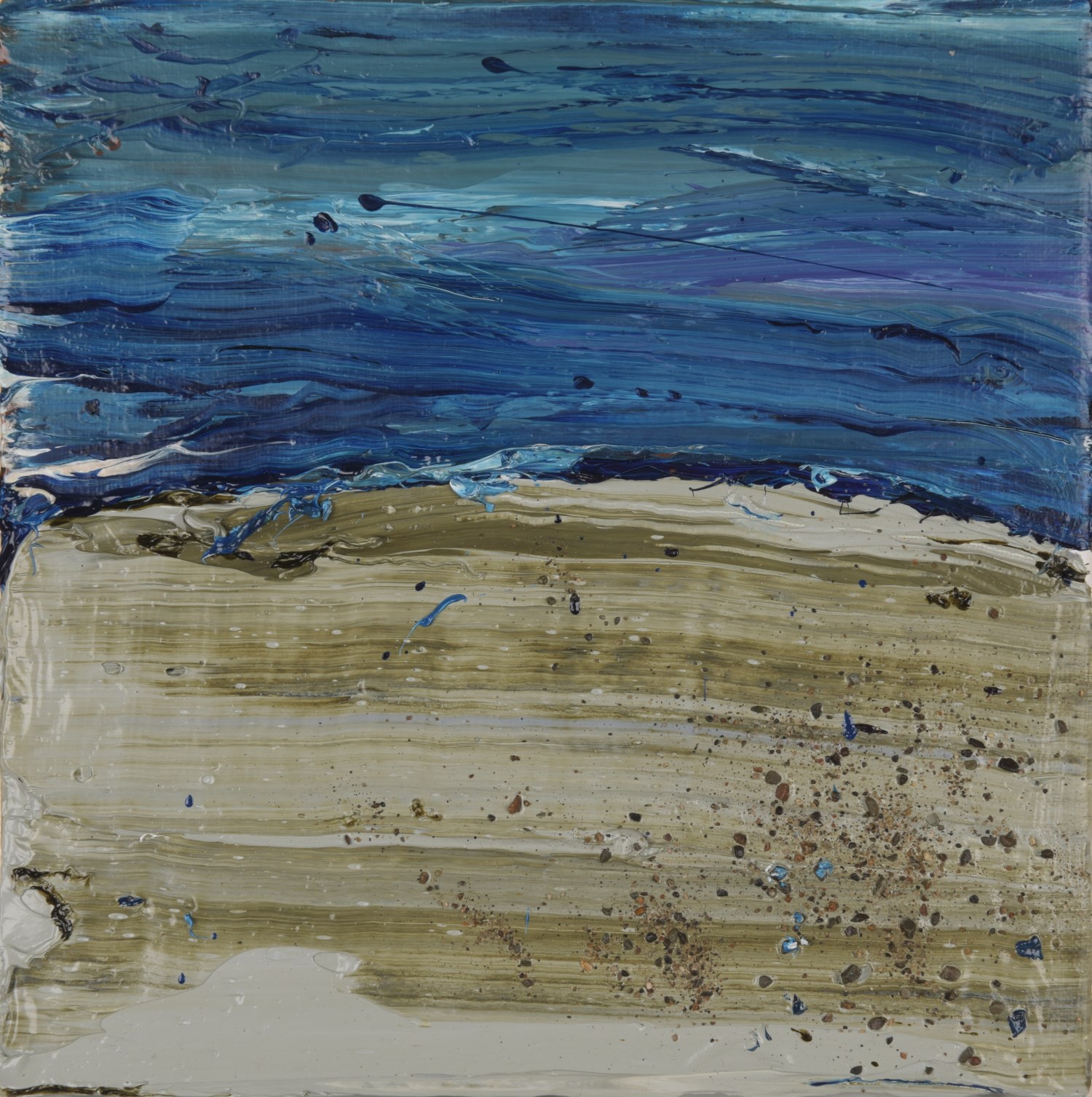
John O'Connor,
oil on canvas
€280
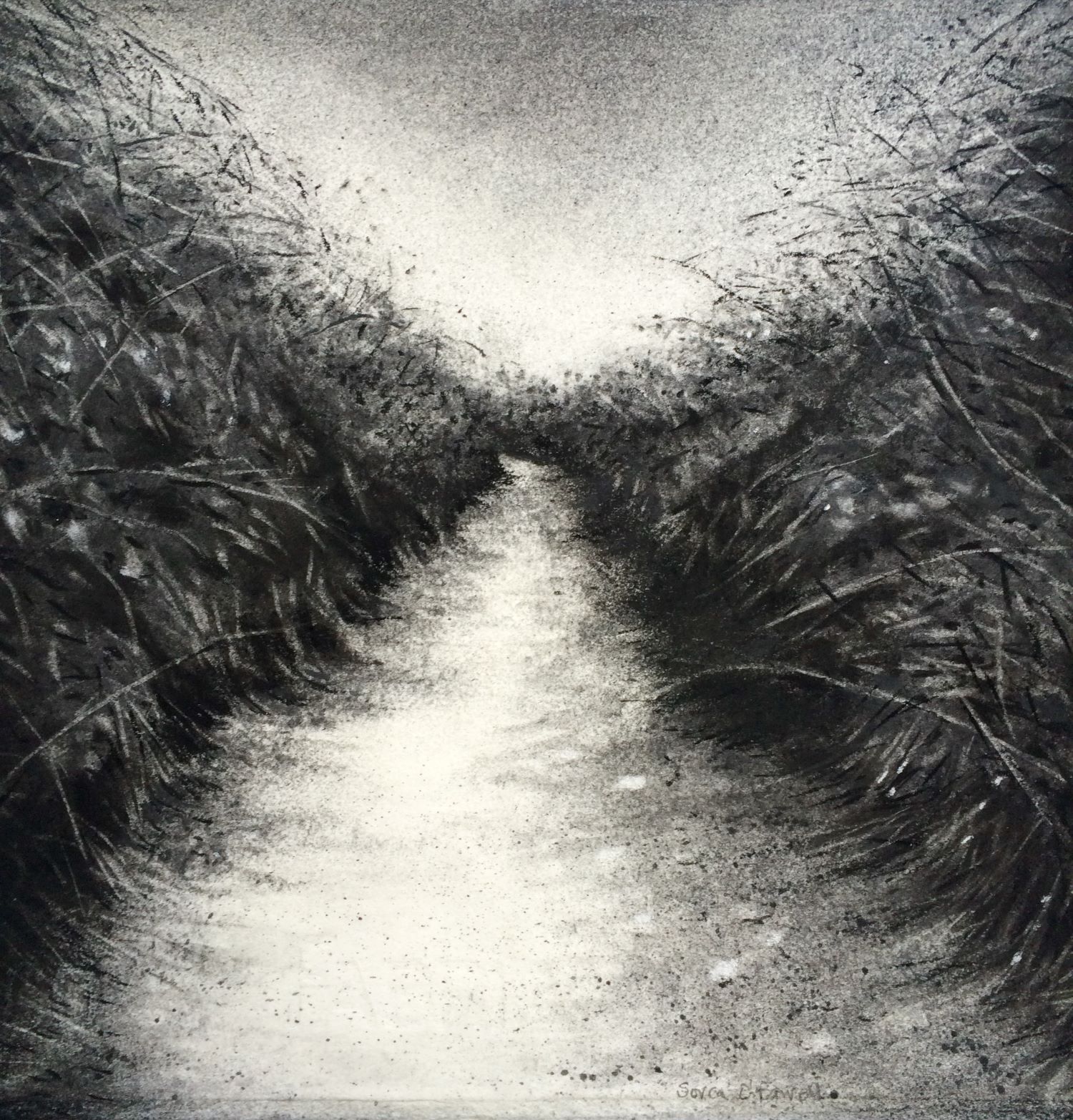
Sorca O'Farrell
charcoal and indian ink
€280
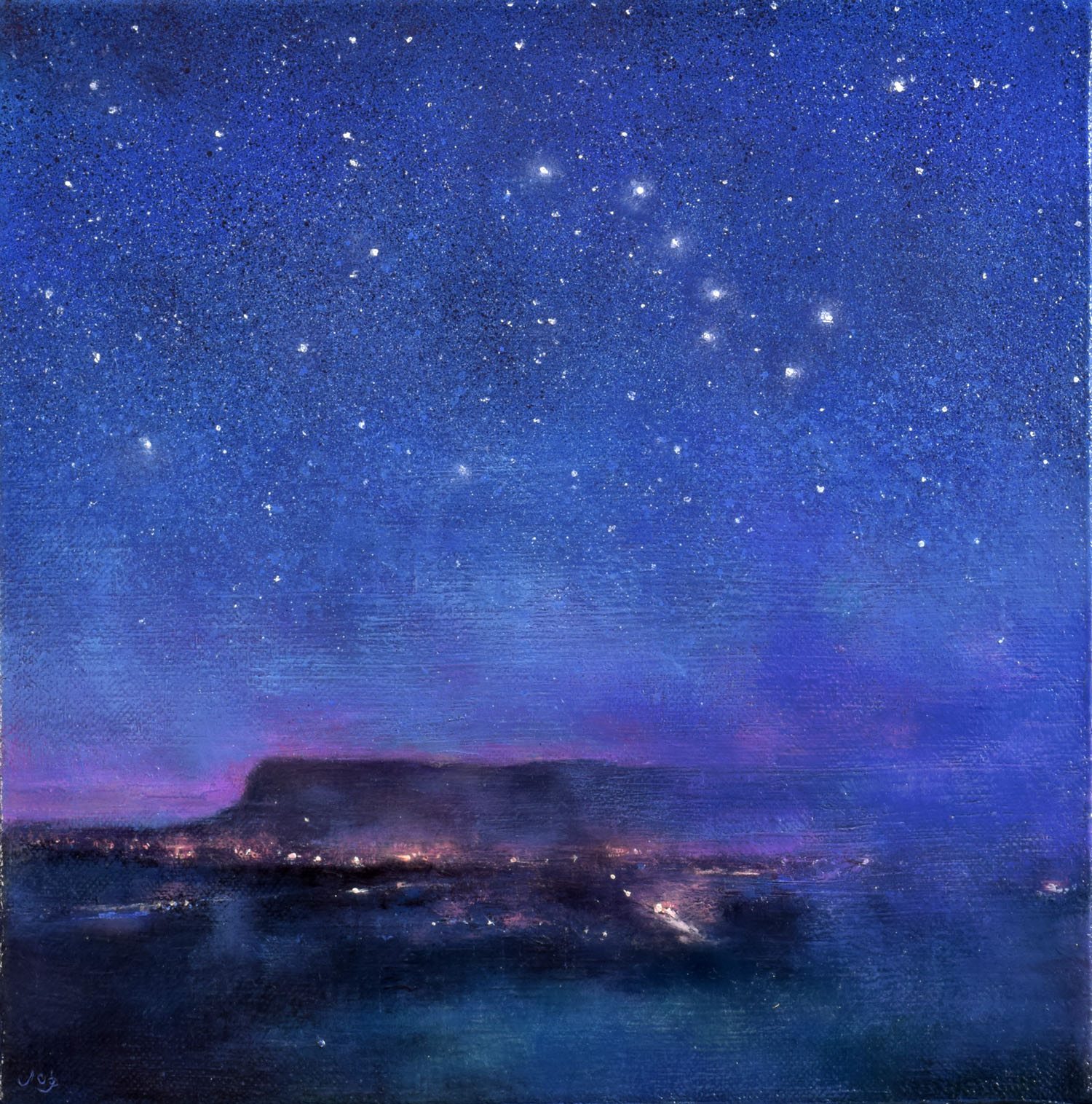
John O'Grady,
oil on canvas
€300
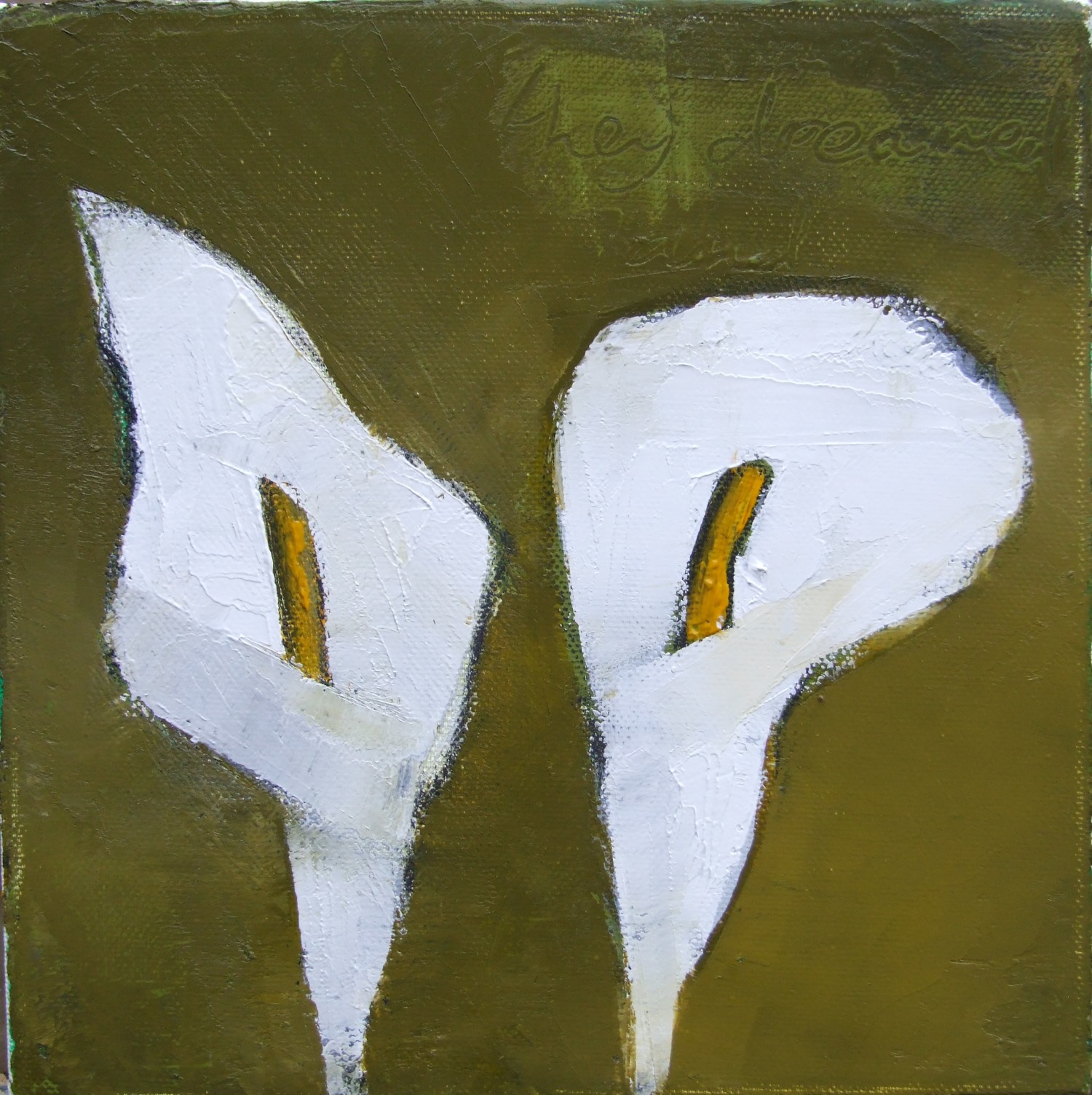
Cormac O'Leary
oil on canvas
€280
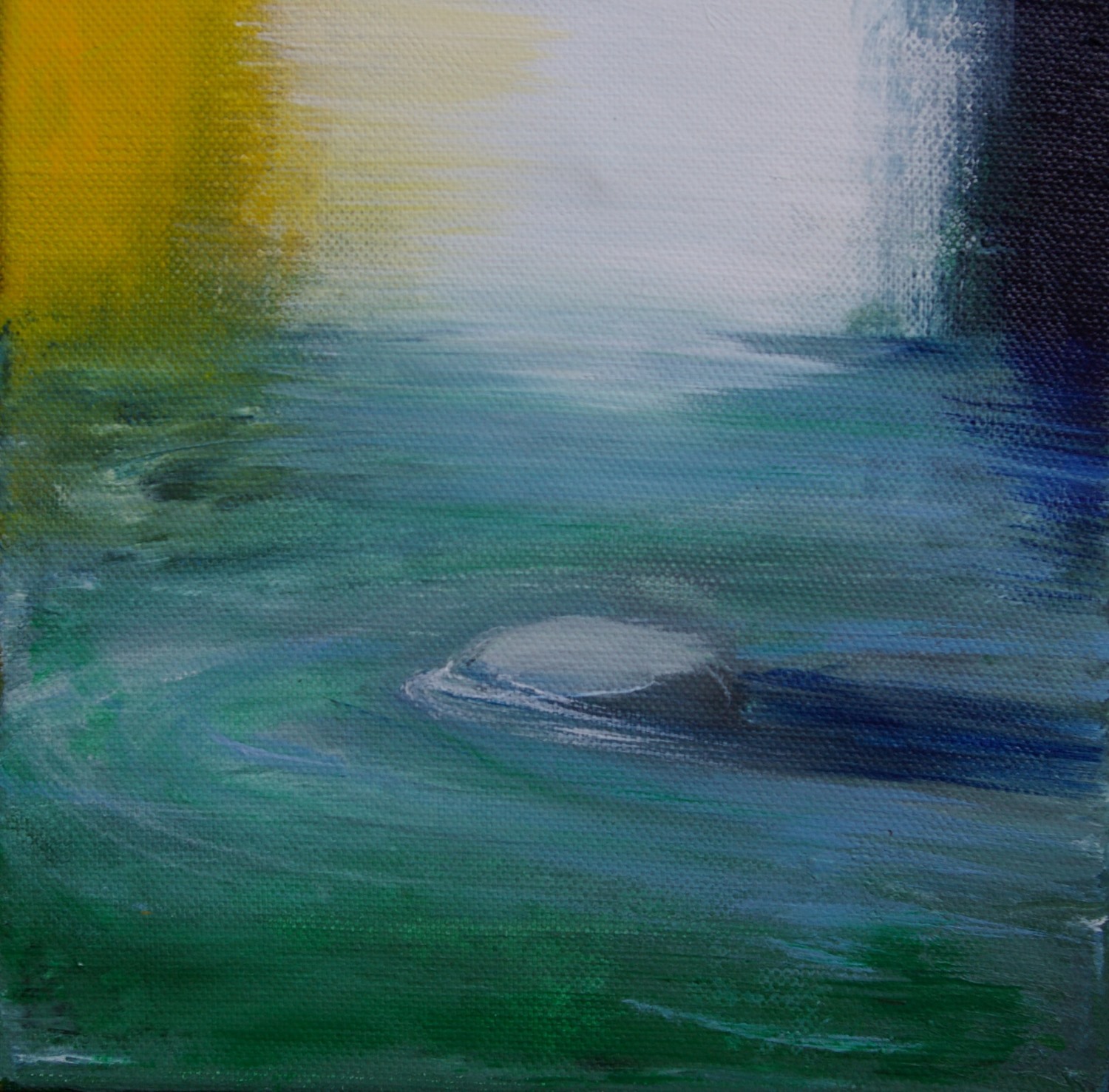
Caitriona O'Leary
acrylic on canvas
€220
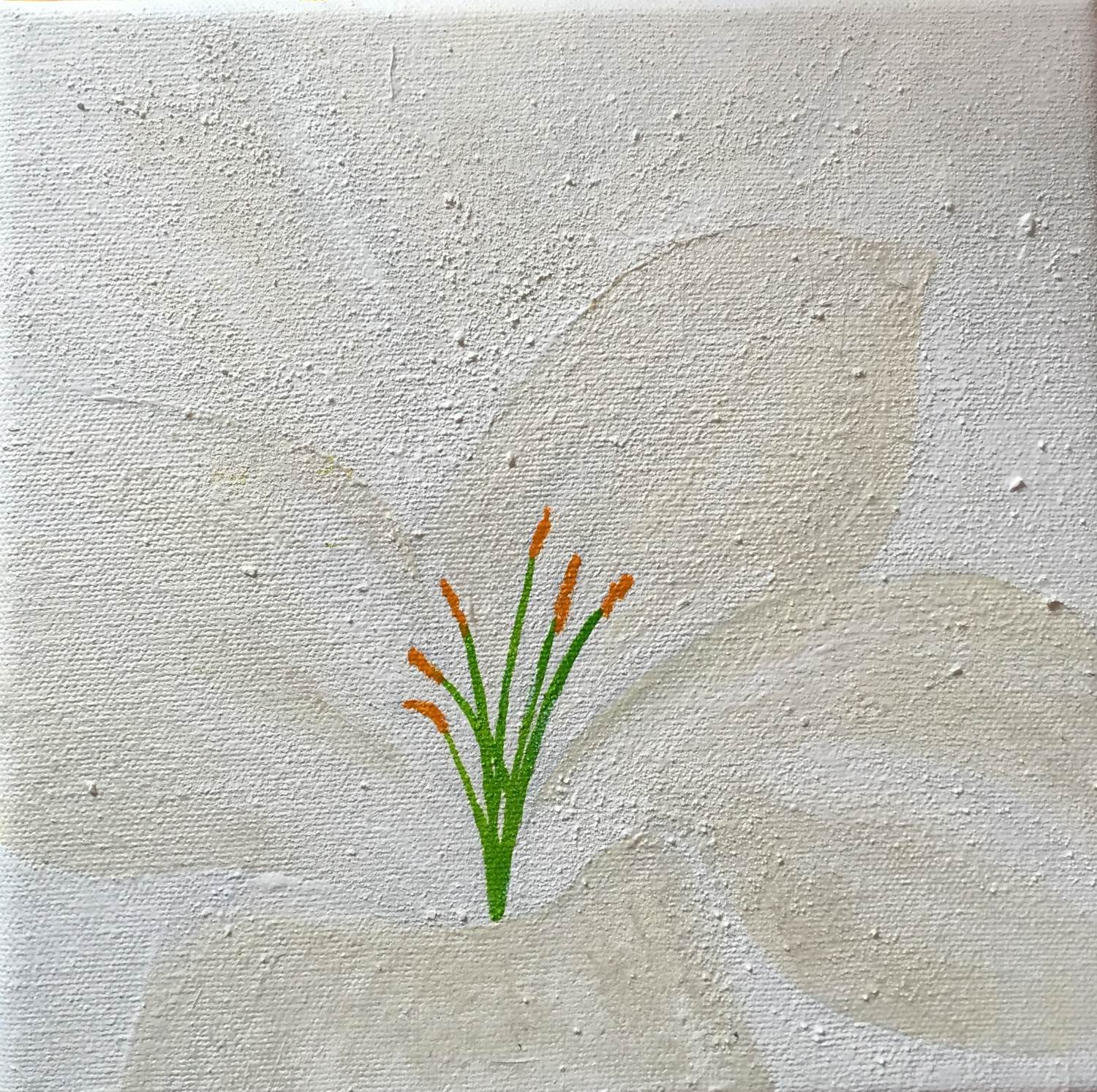
Jane O'Malley
oil on canvas
€700

Geraldine O'Reilly
oil on canvas
€850

Saragh Quick
oil on canvas
€150
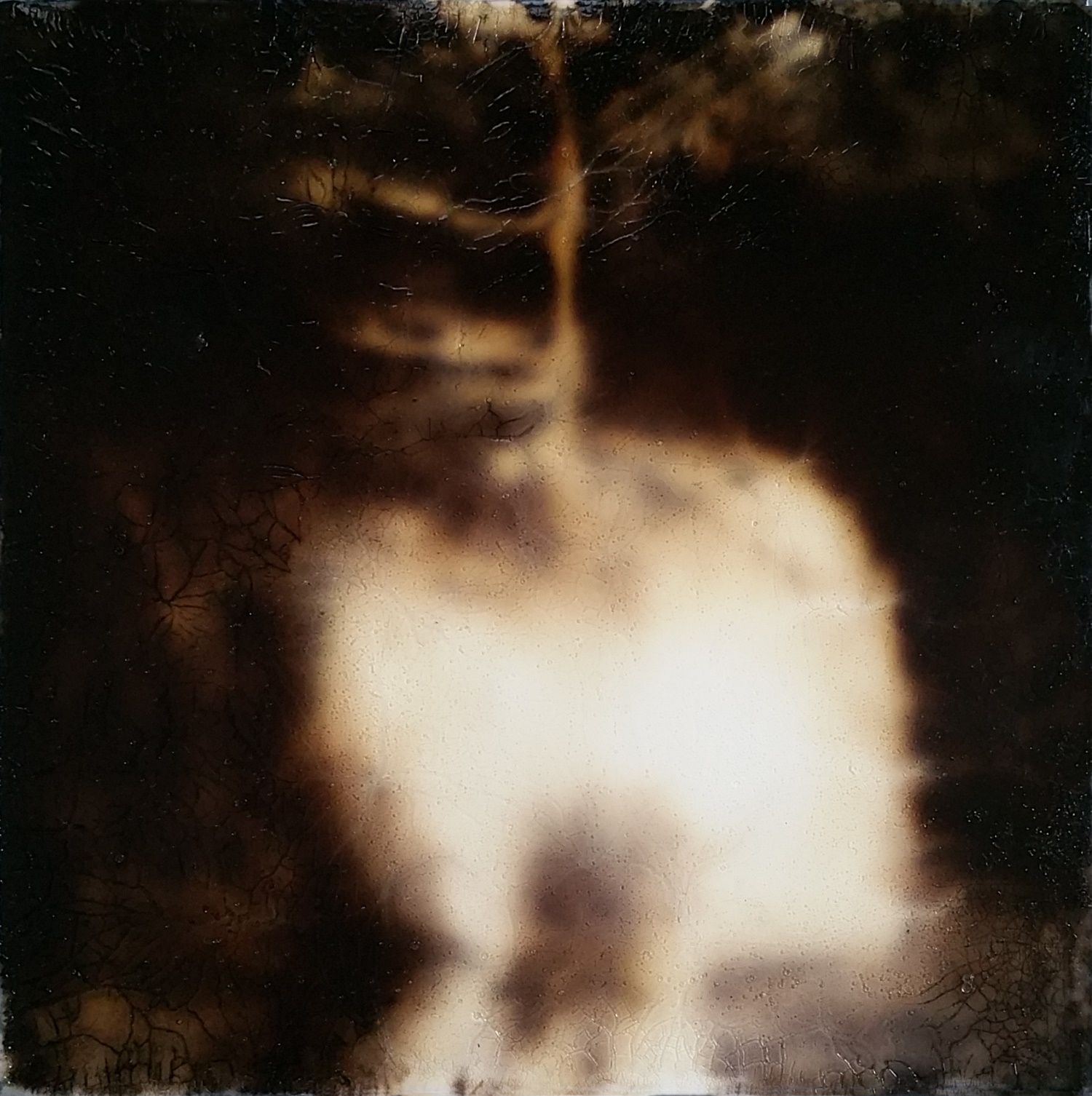
David Quinn
mixed media on board
€700
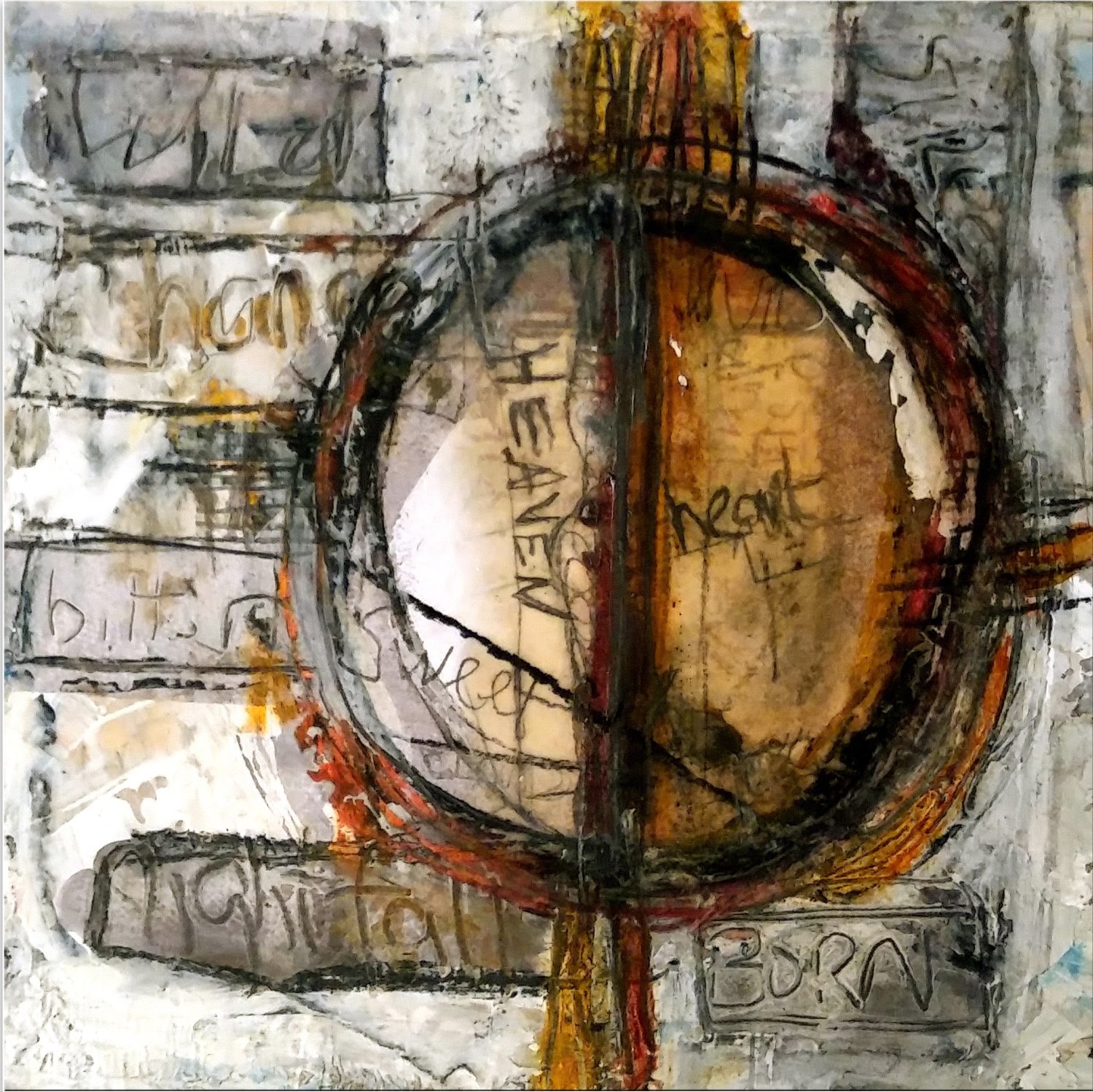
Gary Robinson,
charcoal pencil on canvas
€220
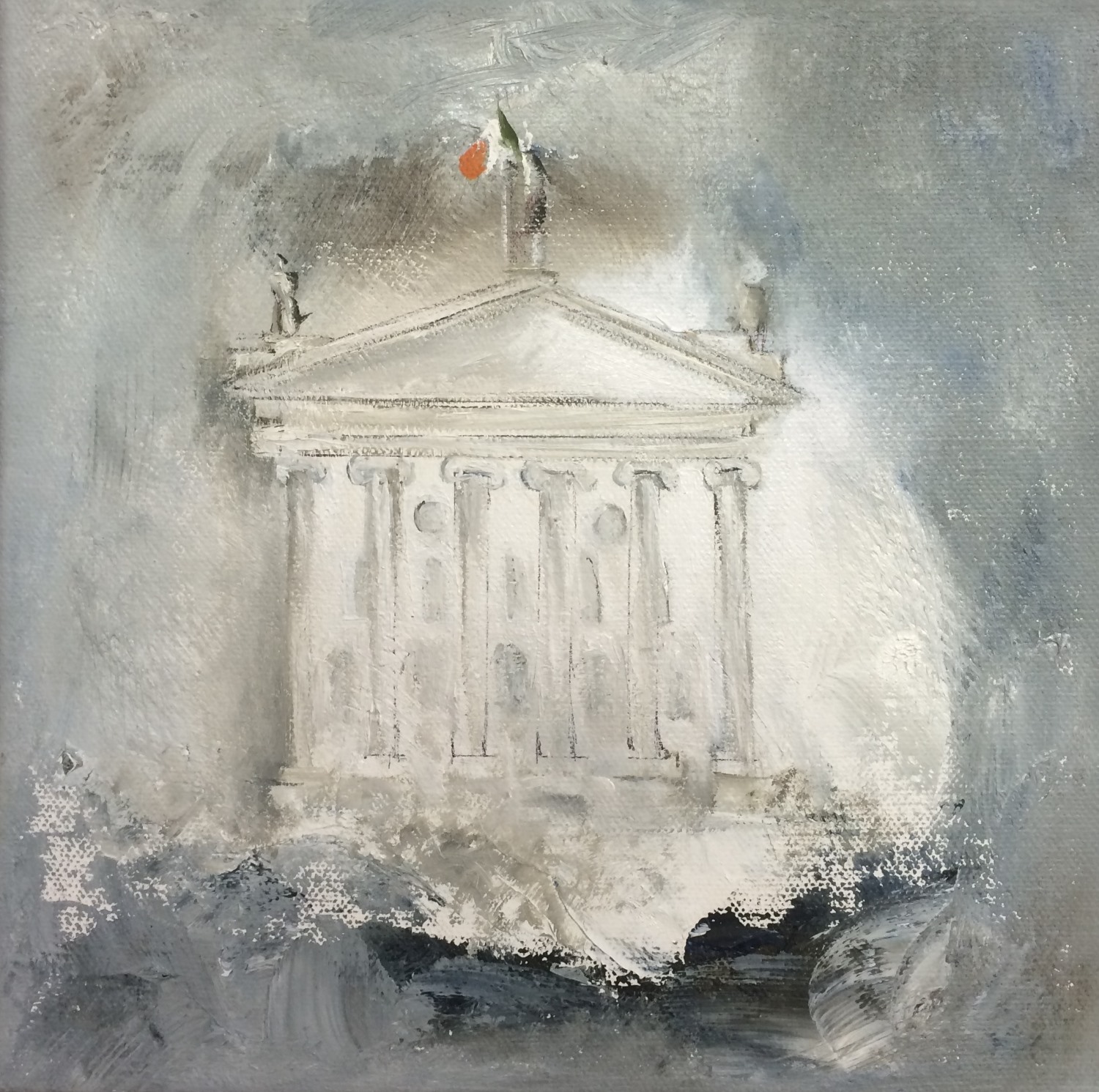
Janet Ross
oil on canvas
€490
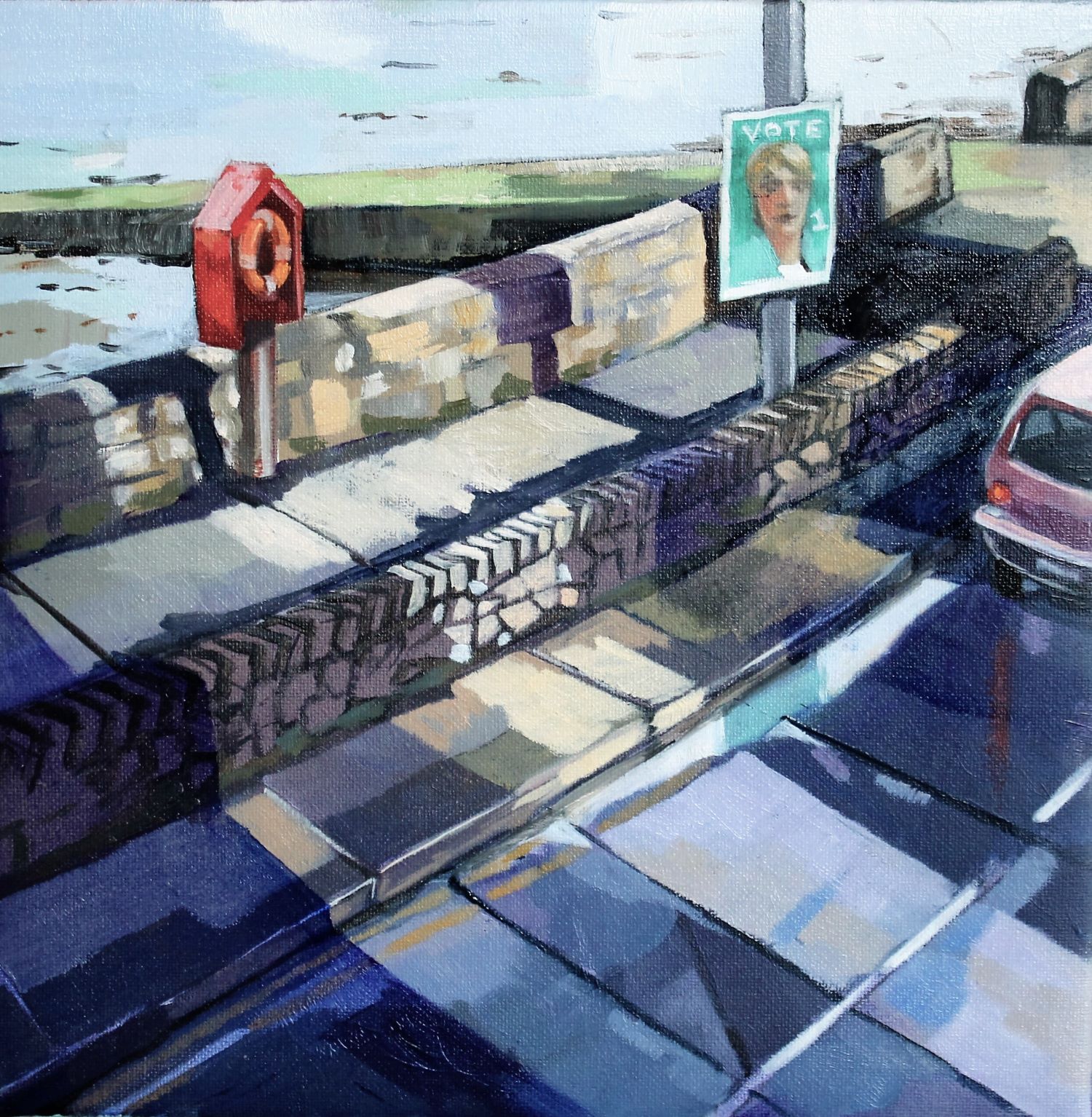
Una Sealy
oil on canvas
€495
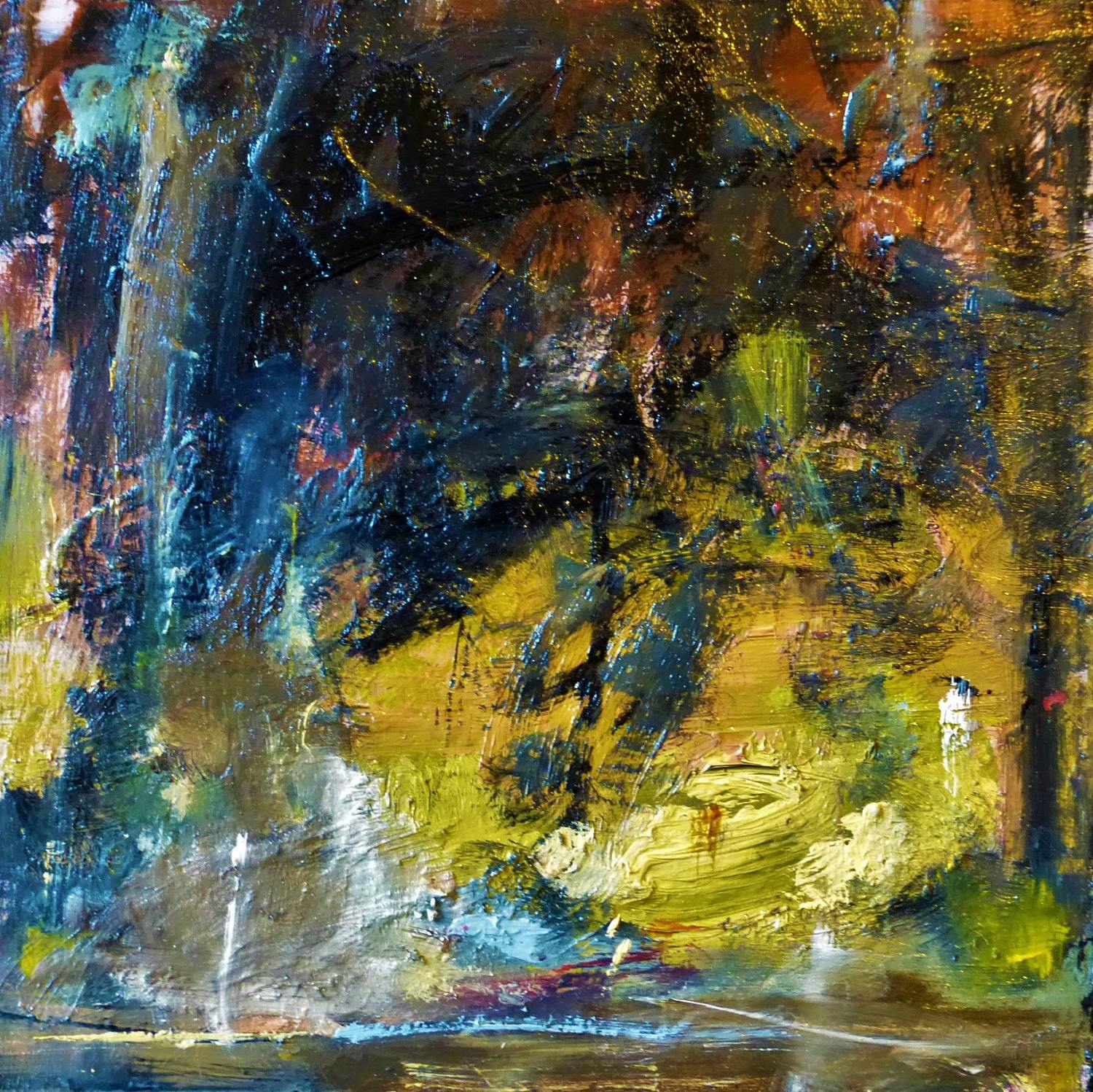
Niall Sheerin
oil on board
€235

Jacqueline Stanley
oil on canvas
€300
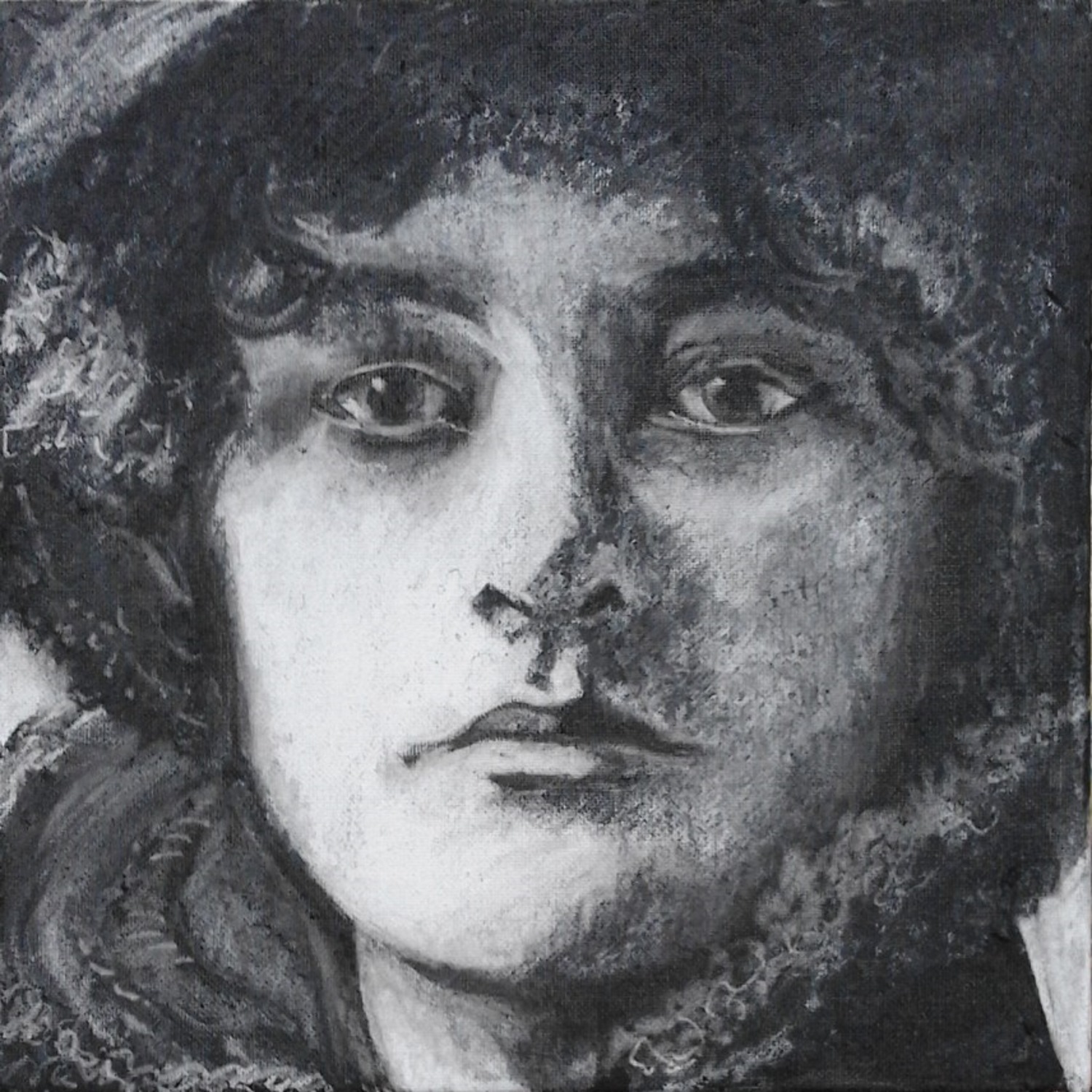
Emma Stroude
charcoal on canvas
€320
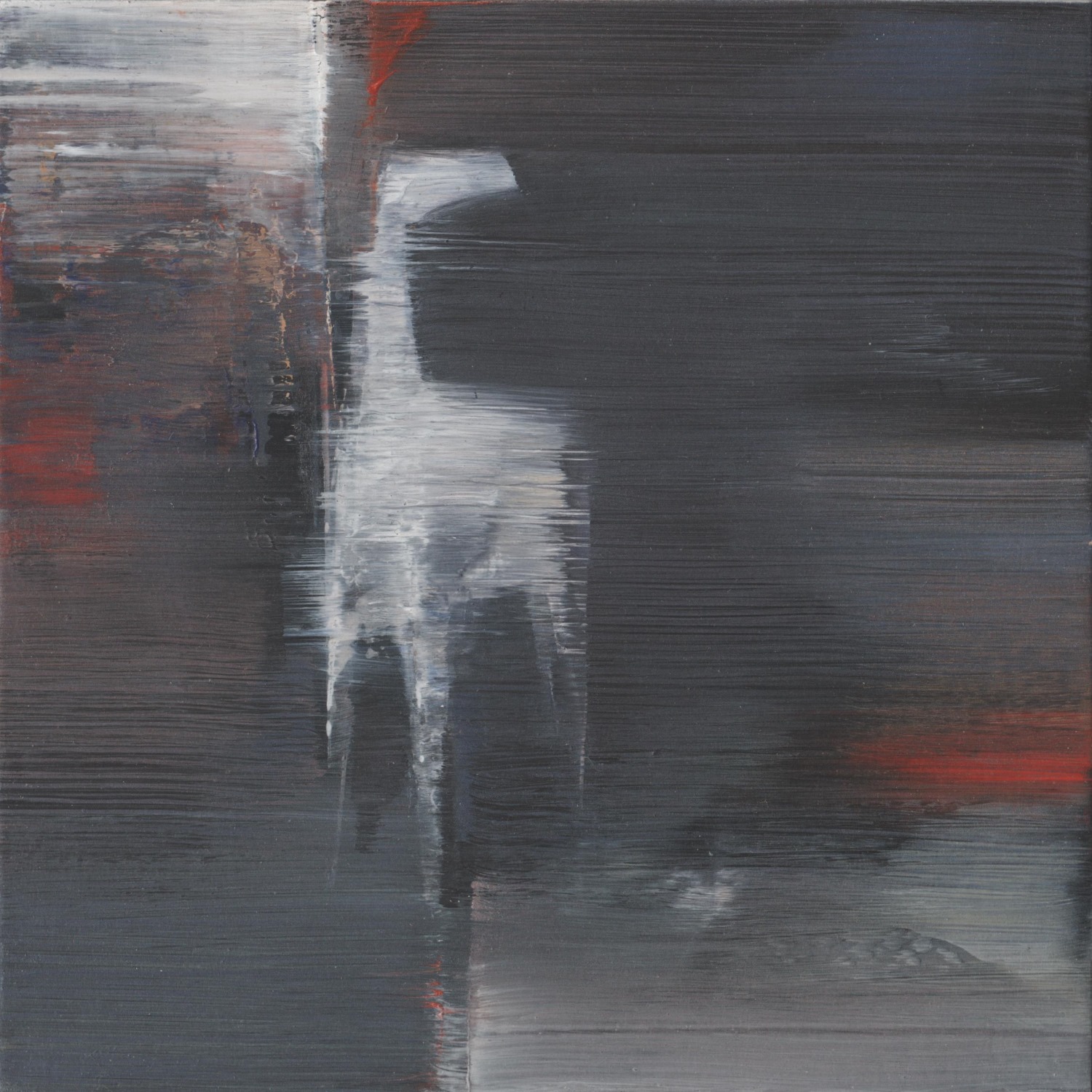
Ger Sweeney
oil on canvas
€550
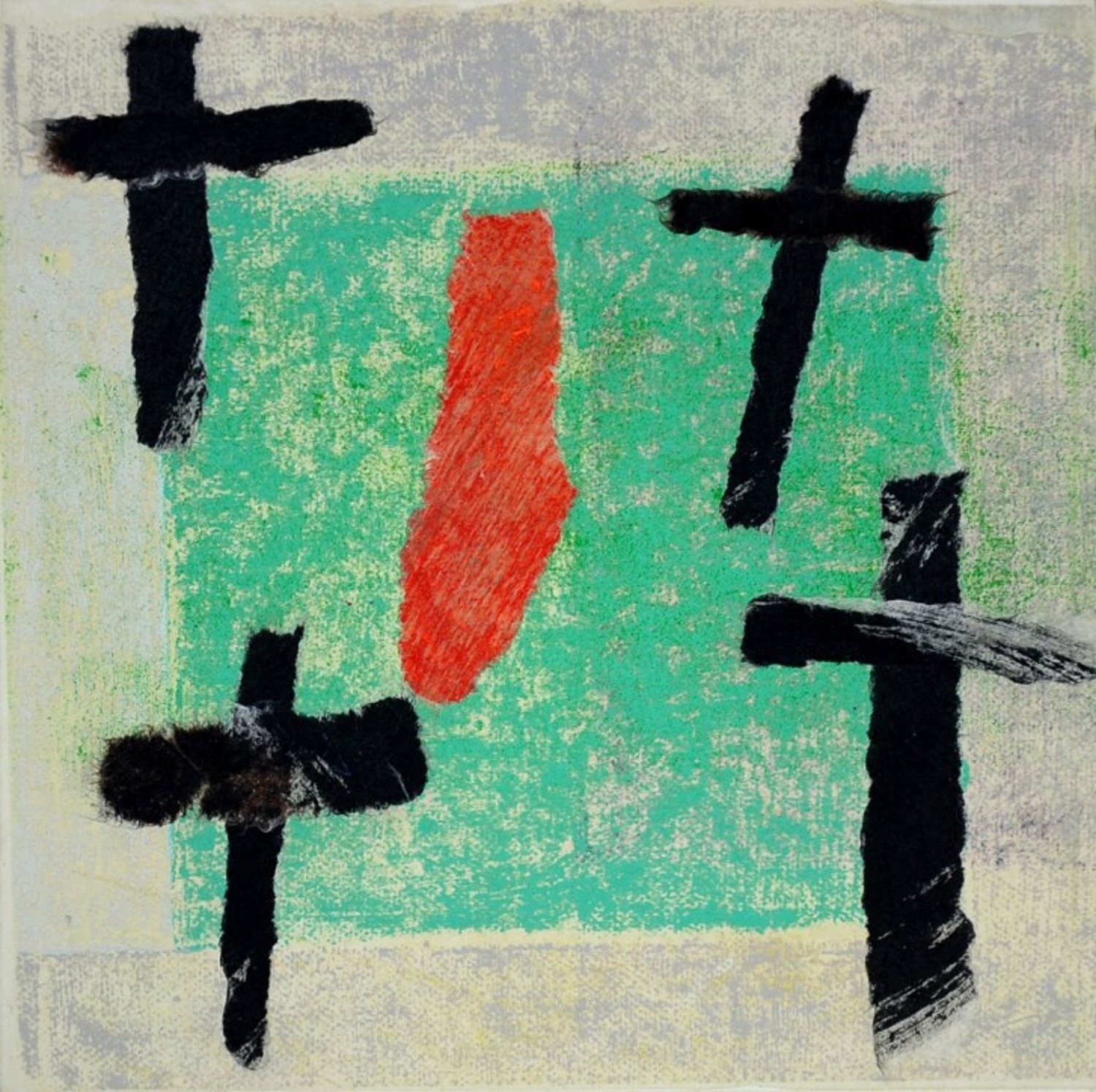
Marion Thomson
oil and ink on japanese paper collage
€550
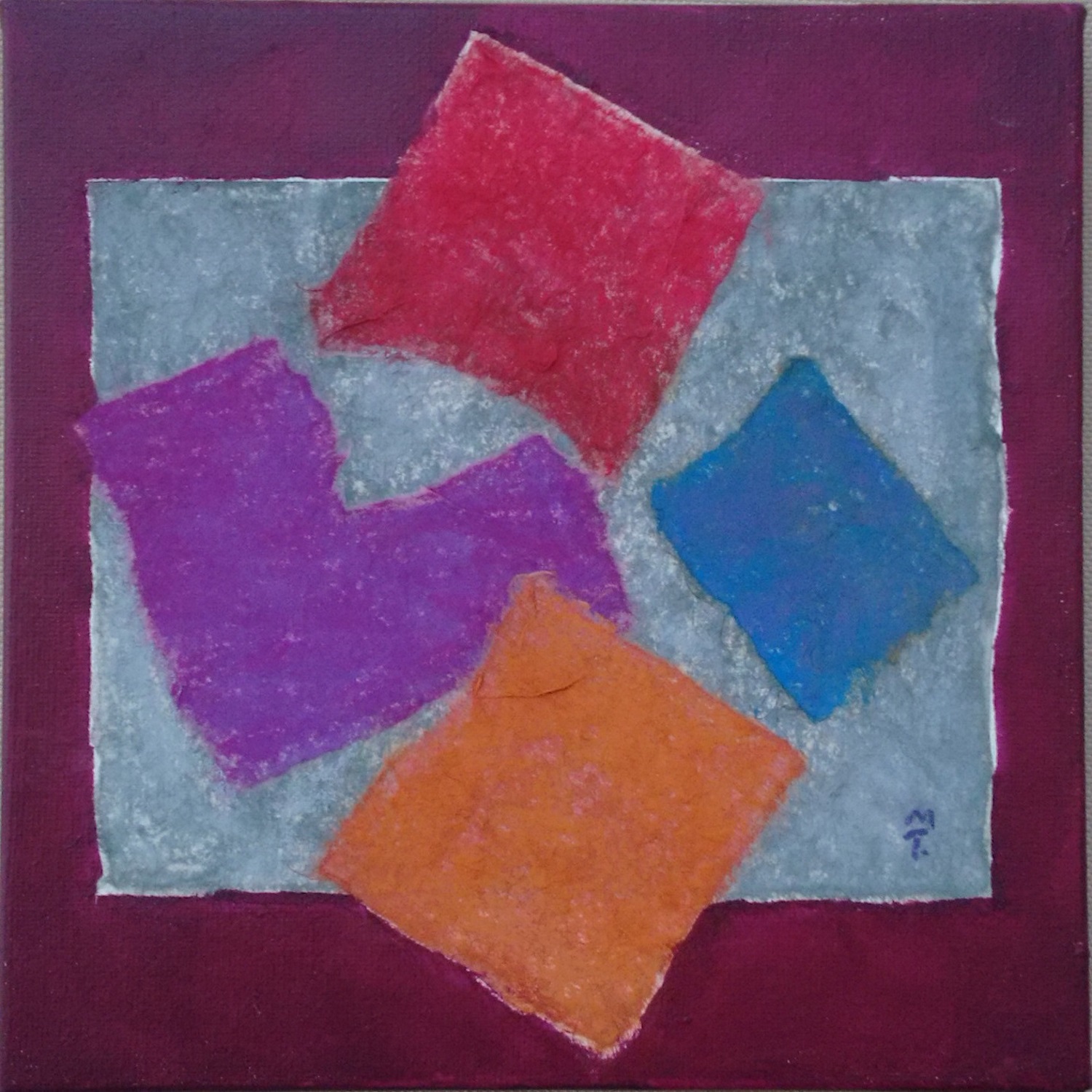
Mavis Thomson
japanese paper collage with Rembrandt pastels and acrylic
€350
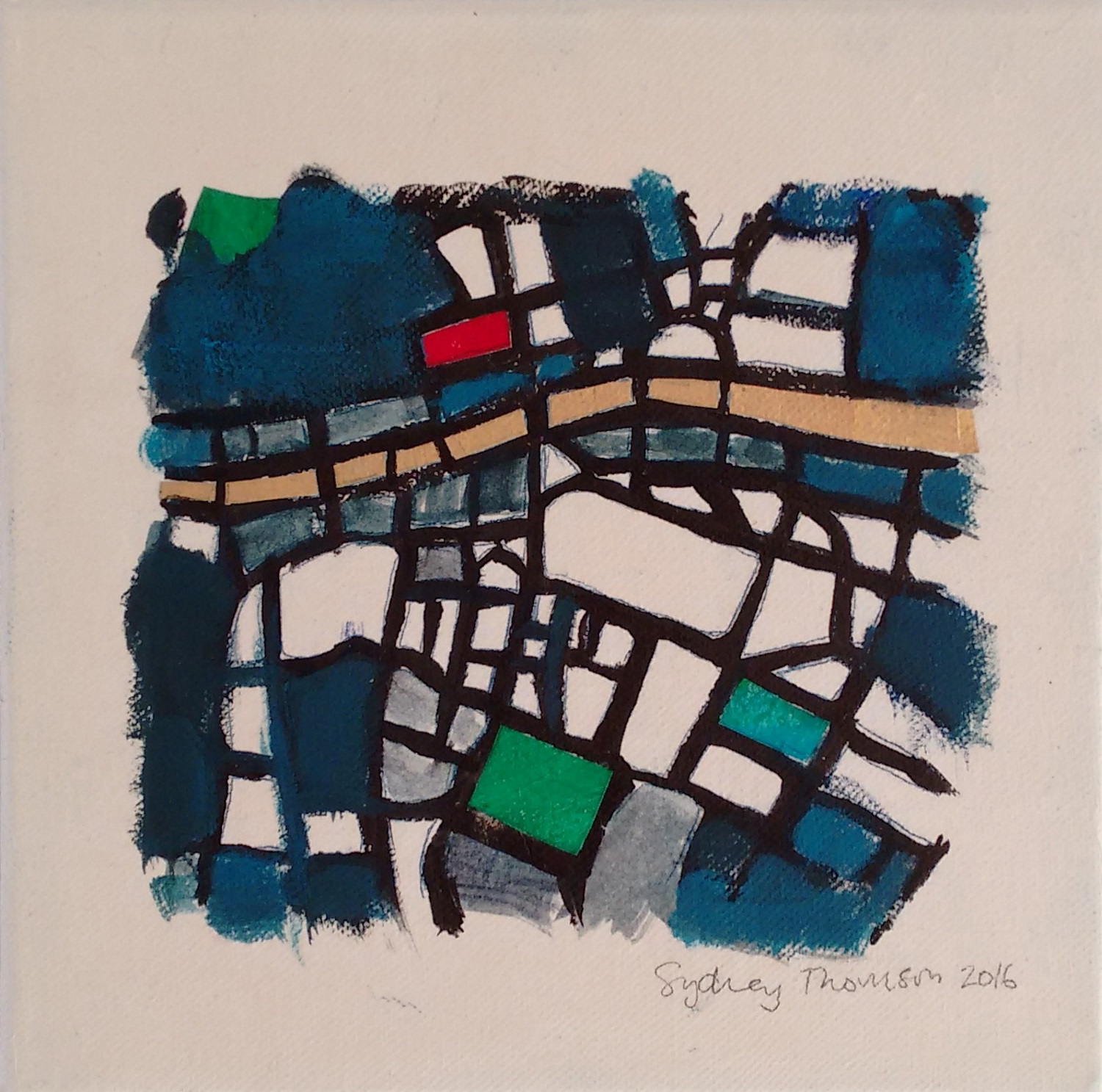
Syndey Thomson
japanese paper, gold leaf ink & acrylic
€450
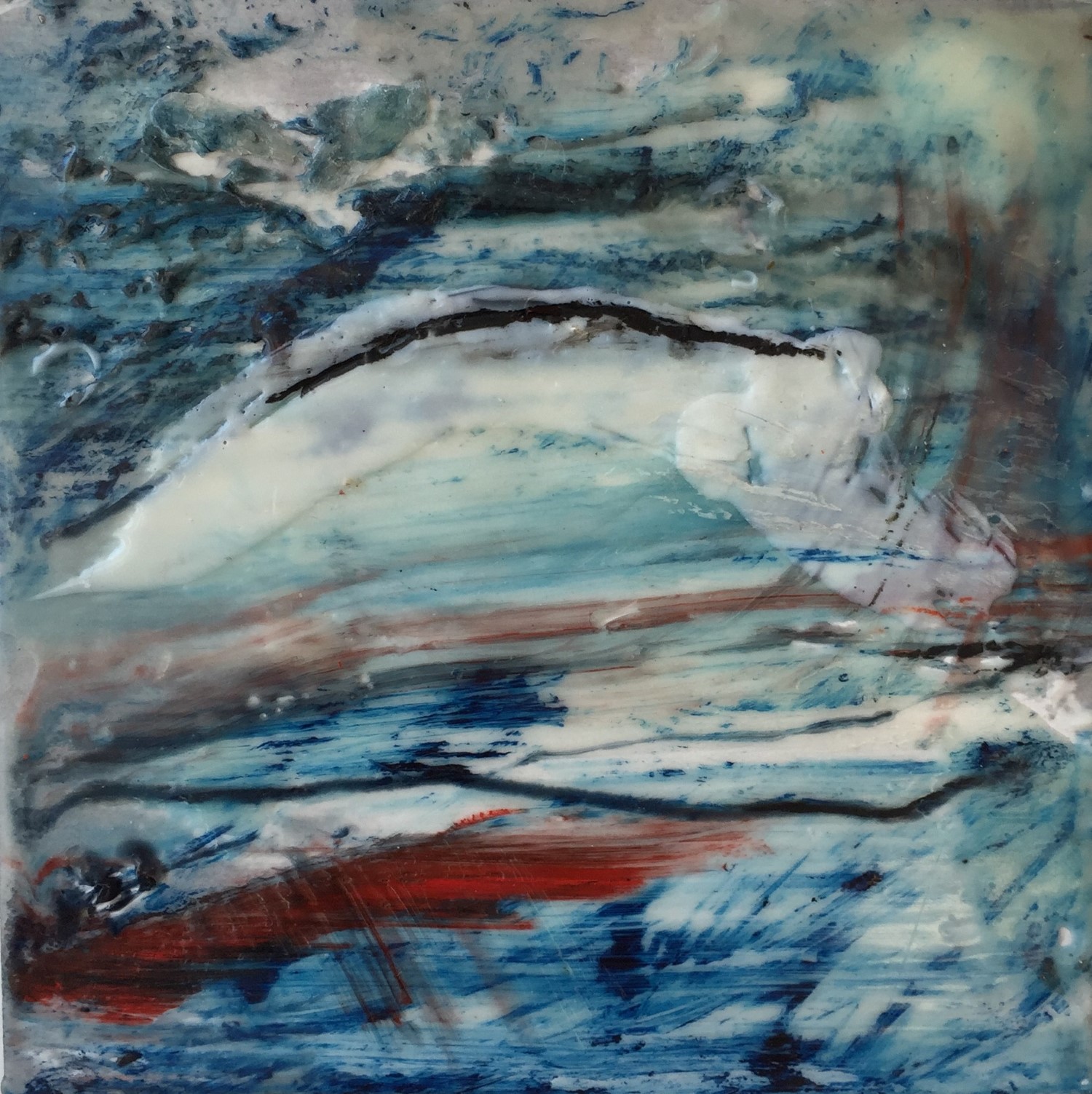
Lorraine Wall
encaustic on board
€480
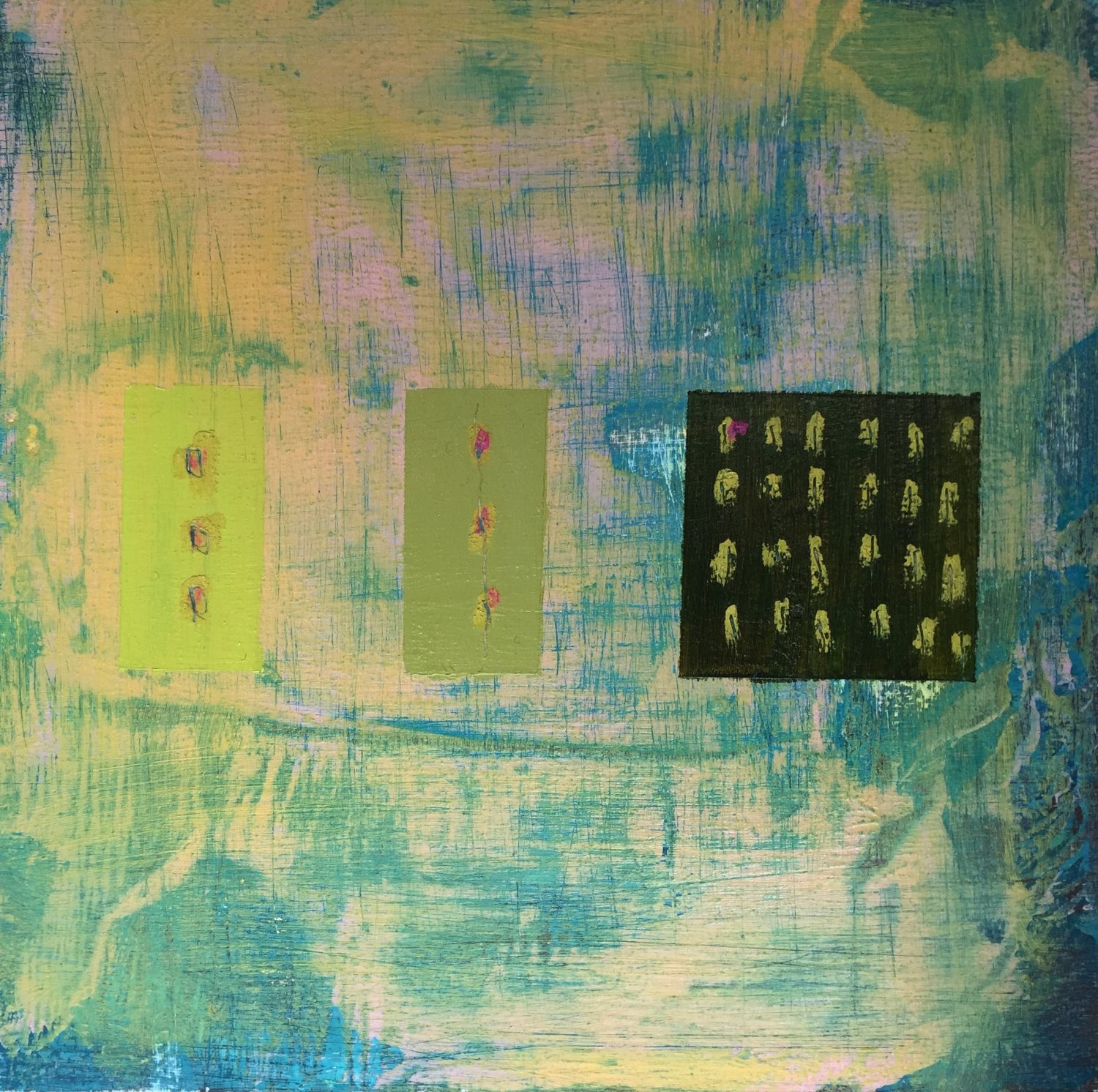
Lorna Watkins
acrylic, oil and wax
€250
A Terrible Beauty is Born
Invited Artists
Hamilton Gallery invited Ireland’s leading contemporary artists to create an image 20cm x 20cm inspired by W. B. Yeats’s poem Easter, 1916. The exhibition A Terrible Beauty is Born features the work of over 70 visual artists. It is a dynamic, provocative and comprehensive response, 100 years on, by the shapers of our contemporary visual arts culture to the events of 1916, with W. B. Yeats' iconic Easter, 1916 poem used as a springboard.
Introduction
by Professor Margaret Mills Harper
Seventy-two different images: small like individual people in big historical events (seeming small, that is, but in fact creating those events and history itself), multiple and varied like Ireland, both in 1916 and a hundred years later. This exhibition layers difference upon difference: many artistic responses to a strong poem about a complicated event. In that poem, Easter, 1916, Yeats turned the Easter Rising into art, enabling this country and the larger world to imagine what happened and what it meant and means. This is a complex business, dealing with power and ethics in risky ways. The poem is multivalent: part elegy and part commemoration, part wrenching confession and part pensive meditation, sometimes taking a long, philosophical view and sometimes coming close enough to insert personal history and to name names, “MacDonagh and MacBride / And Connolly and Pearse.” The poet lays out his own ambivalences: were his executed or imprisoned friends deluded in their self-martyrdom, “Bewildered” to death, seduced away from the ever-changing world? Or did they grasp a great secret of power—were they somehow like magicians, invoking and drawing down something unimaginable? Is starting a rebellion like making art—and what are the moral implications of saying this in a poem? Yeats’s great oxymoronic phrase “terrible beauty” sums up his compelling vision of the violent and creative firestorm that started in April 1916.
A range of media, style, form, and conception mark this exhibition. The works range from image to tumbling image, some specific, some symbolic, some realistic, some abstract. They use paint, drawing, print, collage, written text, and other media—even gold leaf and human blood. They borrow from Yeats’s poem visually or riff away from it into other visions, or into colour or light.
Some emphasize pattern, some emotion; some are personal, some political. In one frame, a bright pink man’s face stares at us out of the canvas, mouth covered like a silenced victim of torture. Another interprets “Terrible” as the Ten Commandments on a disposable coffee mug. A “Little Nurse” has bright red hands and stands, looking at us from a red world that stains her cheek with a bloody tint. An image of a dead crow illustrates Yeats’s self-correcting lines “What is it but nightfall? / No, no, not night but death.”. The “vivid faces” in the poem become faces of geometric planes, vivid in black and white and shadow.“Terrible Beauty” is a distant fire reflected in the sheen of a wet country road or the shape of a red egg or worn stone suspended in darkness. There are a number of stones, drawing from Yeats’s central image: “Hearts with one purpose alone / Through summer and winter seem / Enchanted to a stone / To trouble the living stream.” A hundred years on, art keeps troubling us, insisting that violence and glory, history and change, terror and beauty, are disturbingly close to each other and to us: we too “have met them.”
Margaret Mills Harper is Glucksman Professor in Contemporary Writing in English at the University of Limerick. She is an expert on Yeats, Irish literature, and modern and contemporary literature, and is the author or editor of six books and numerous articles. From 2013 to 2015, she was the Director of the Yeats International Summer School.
